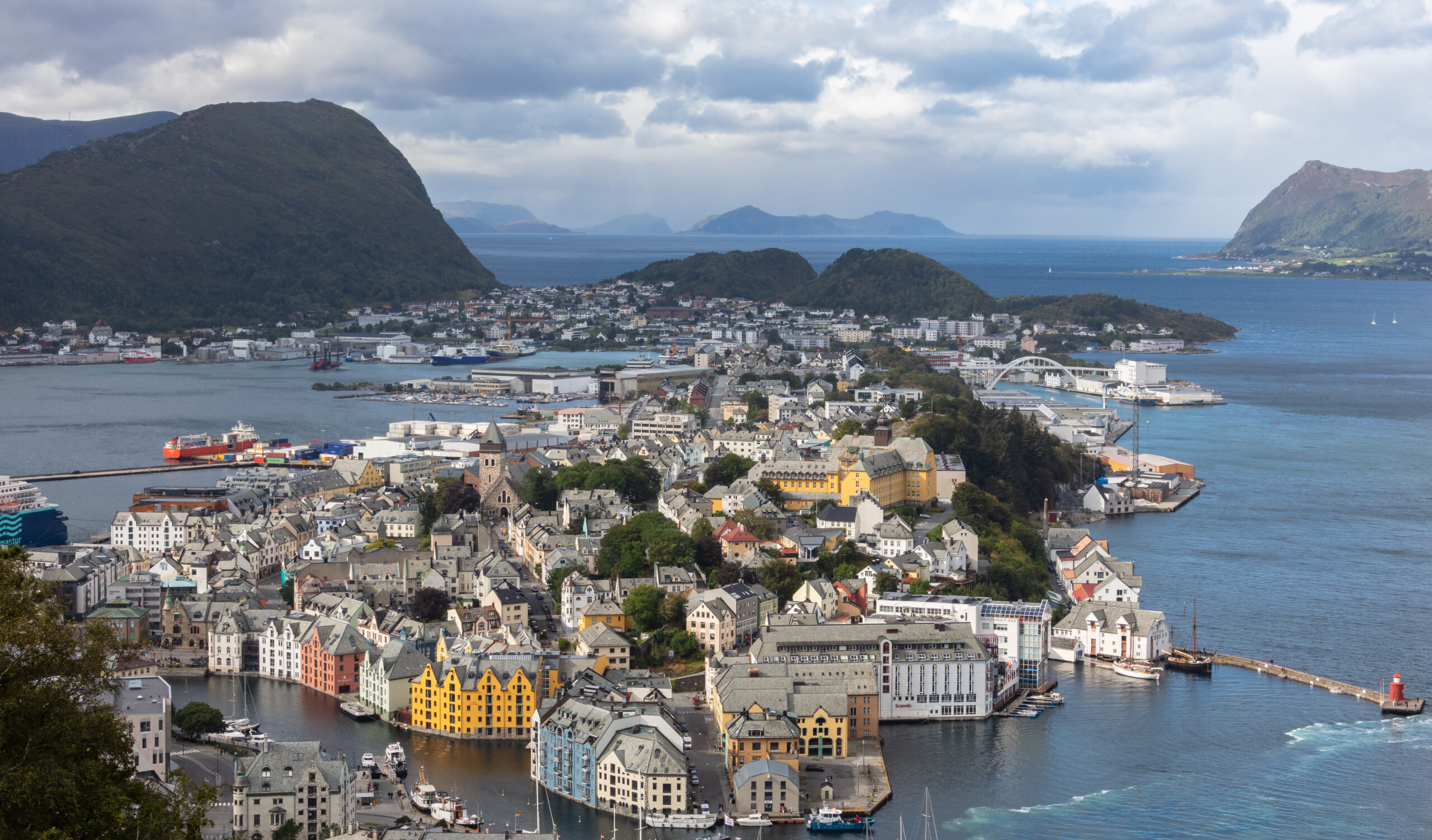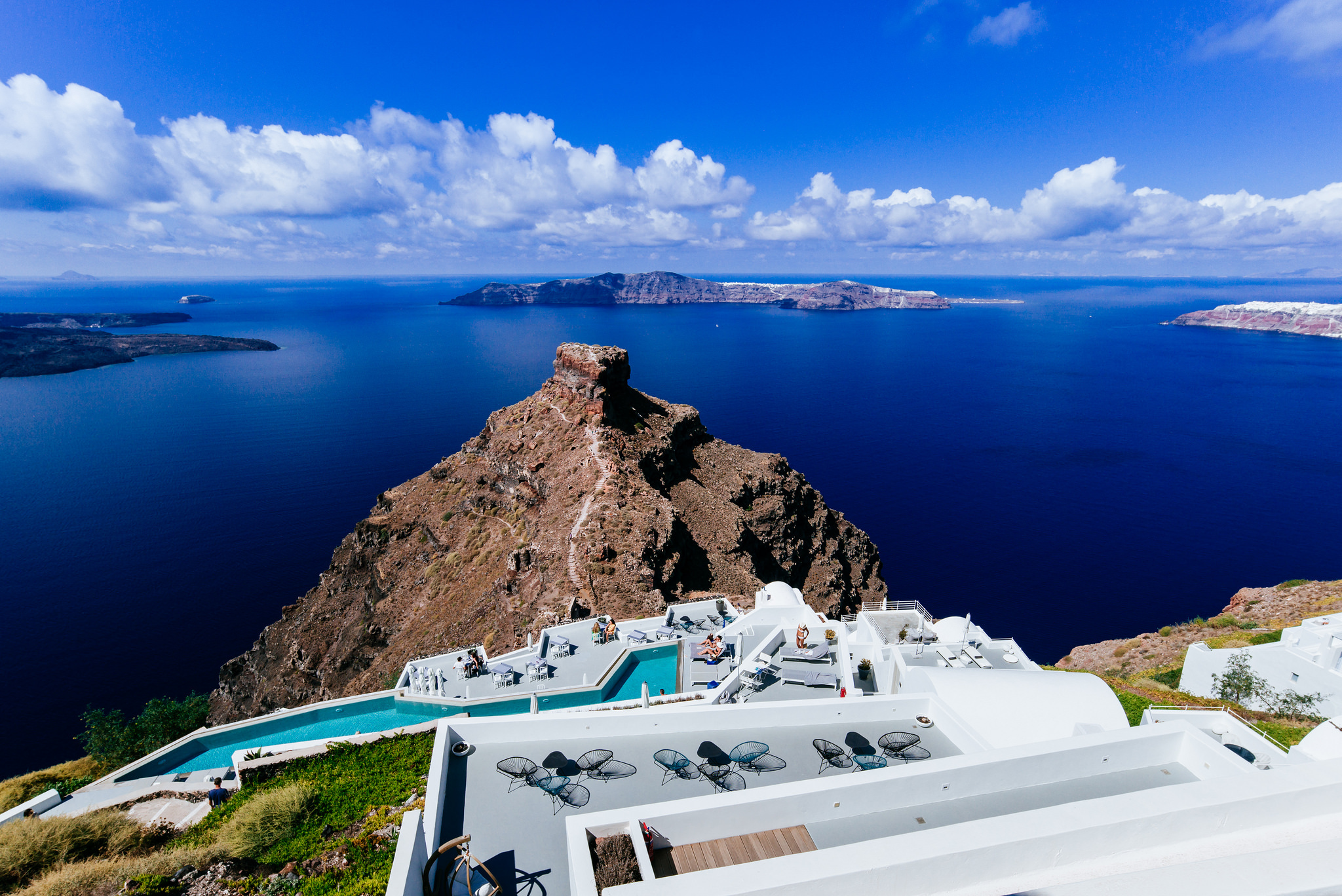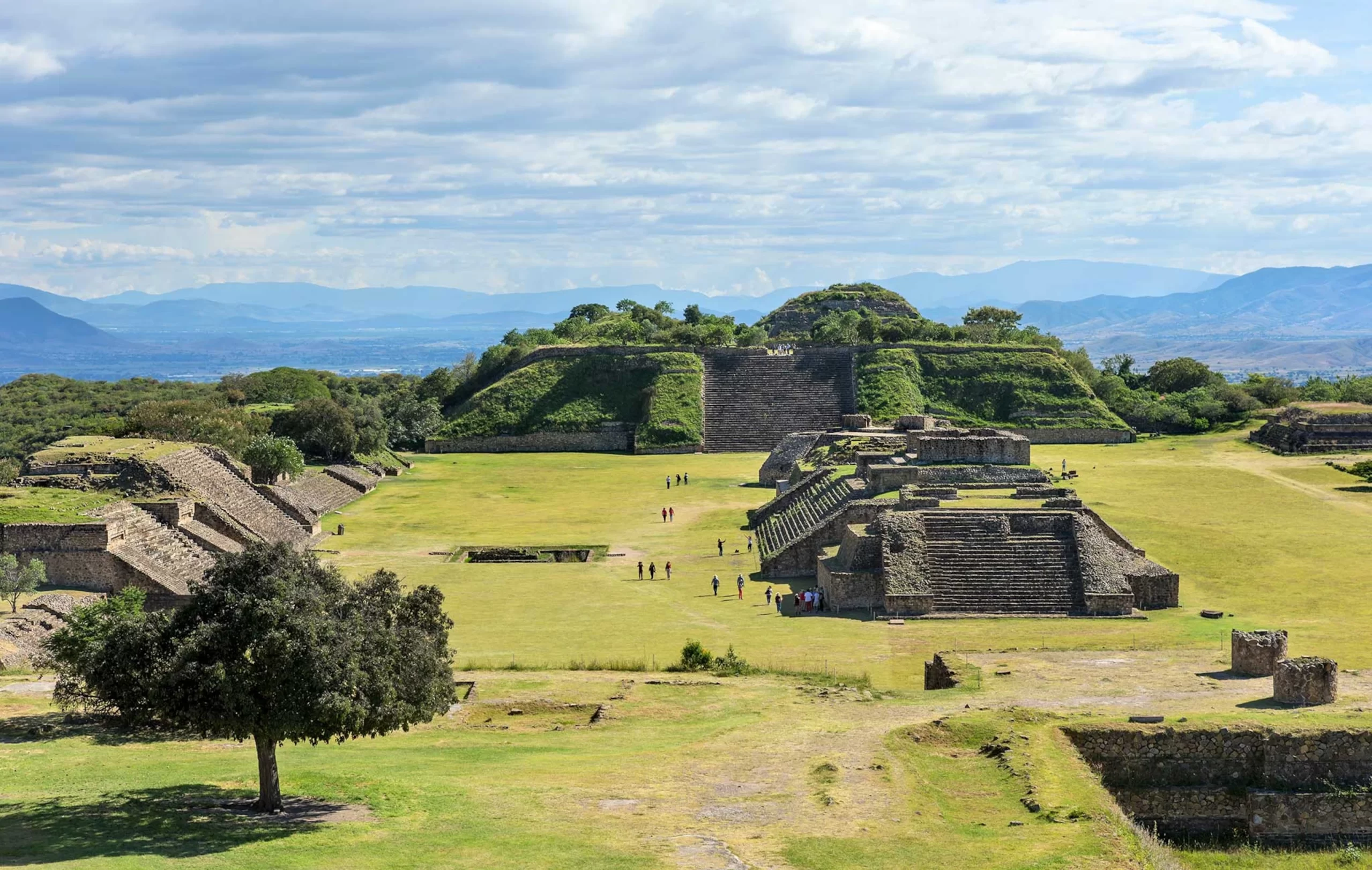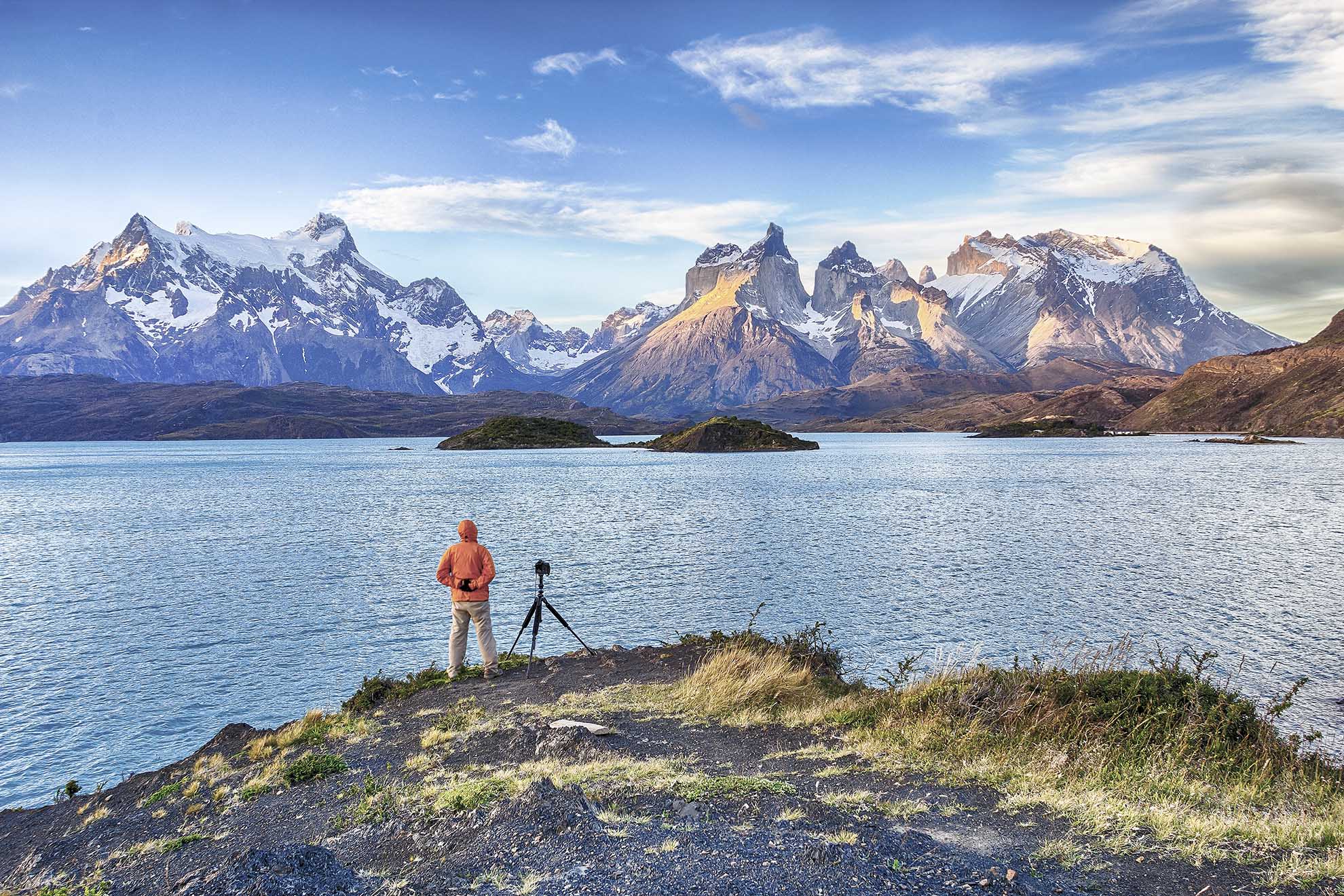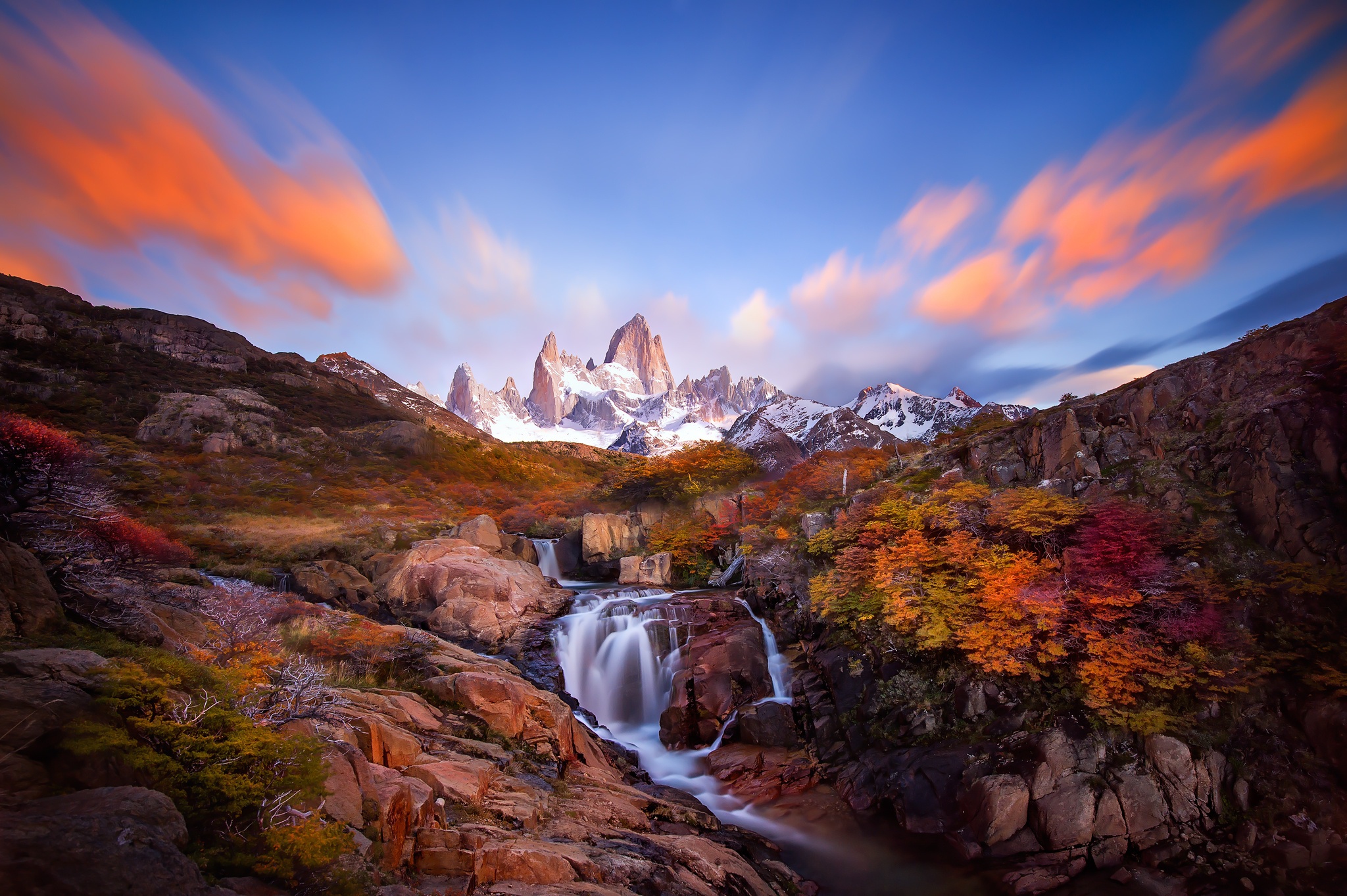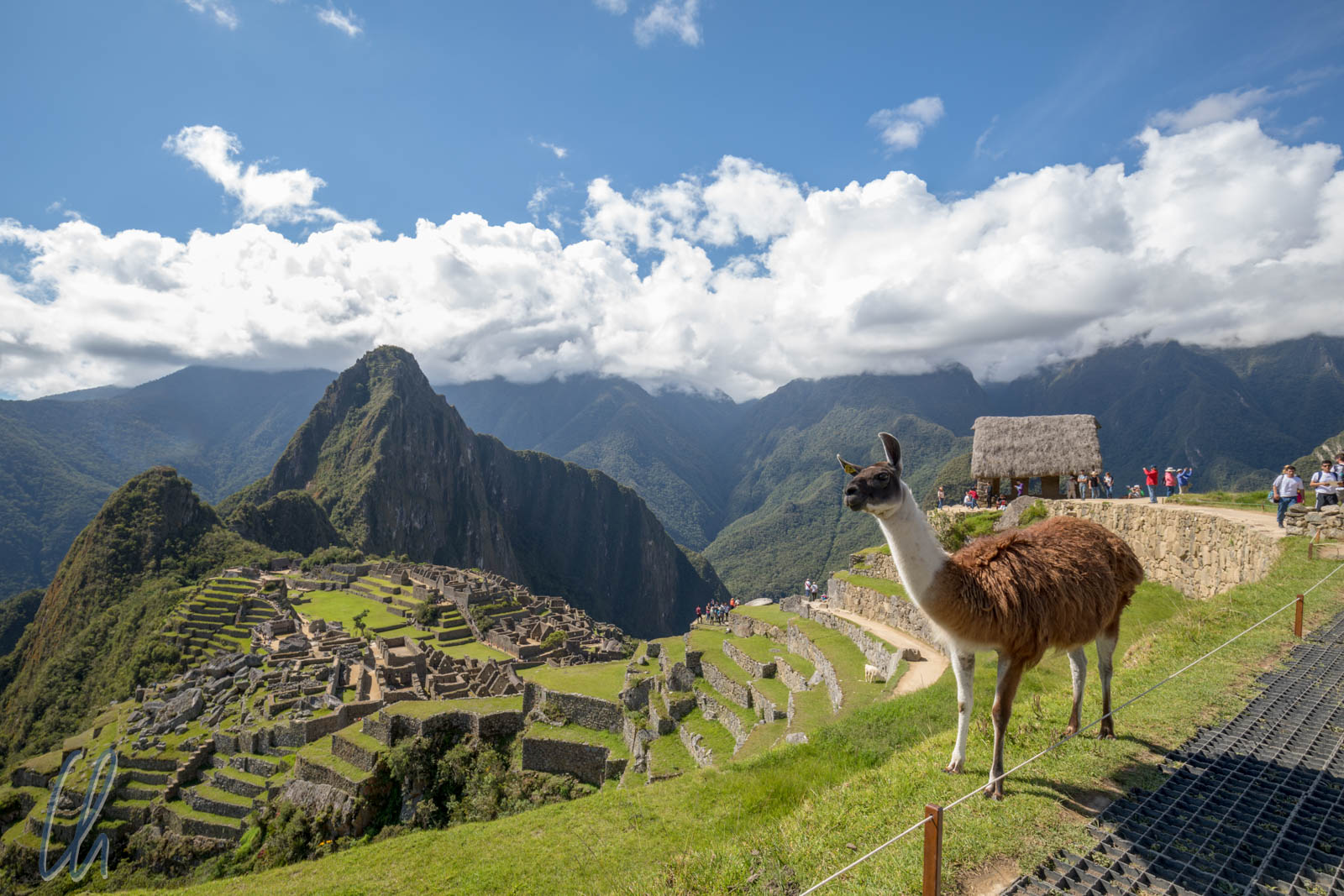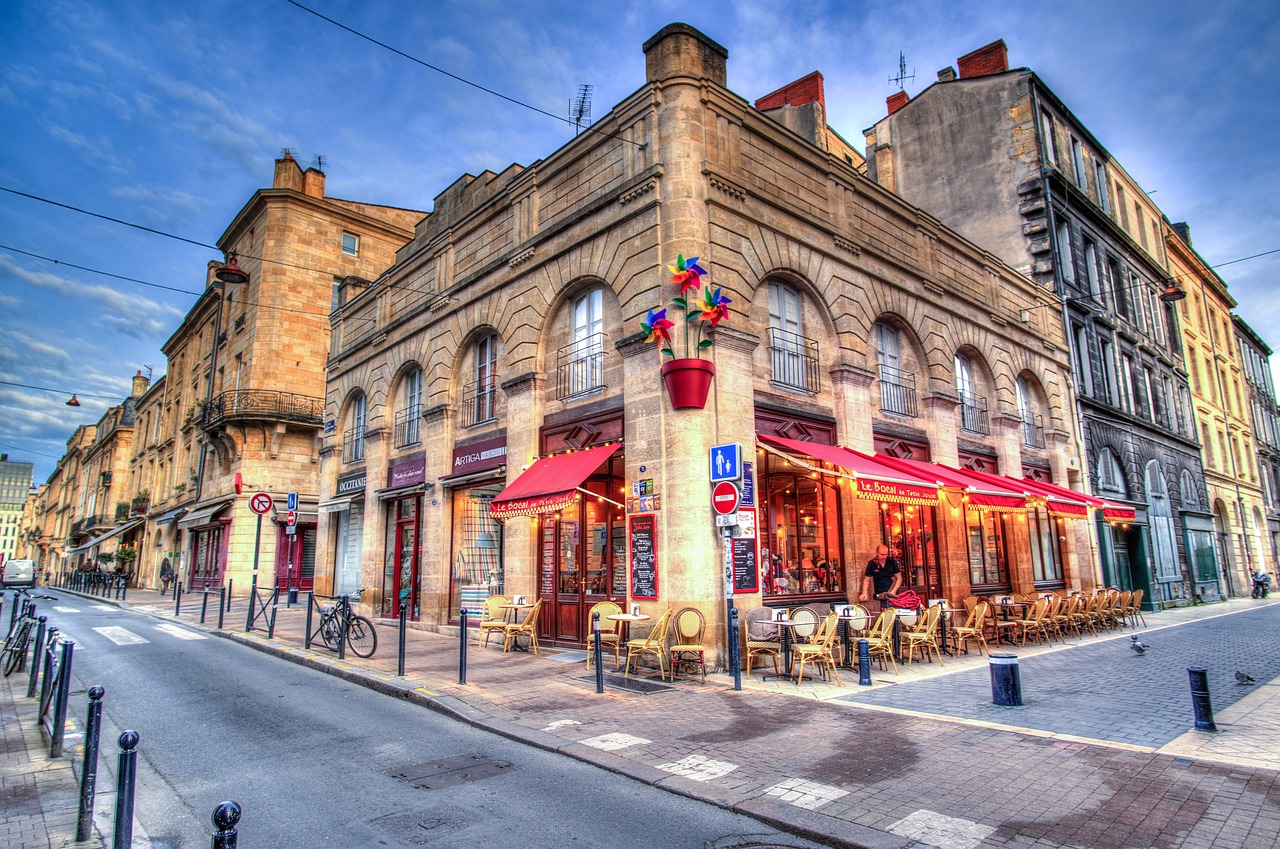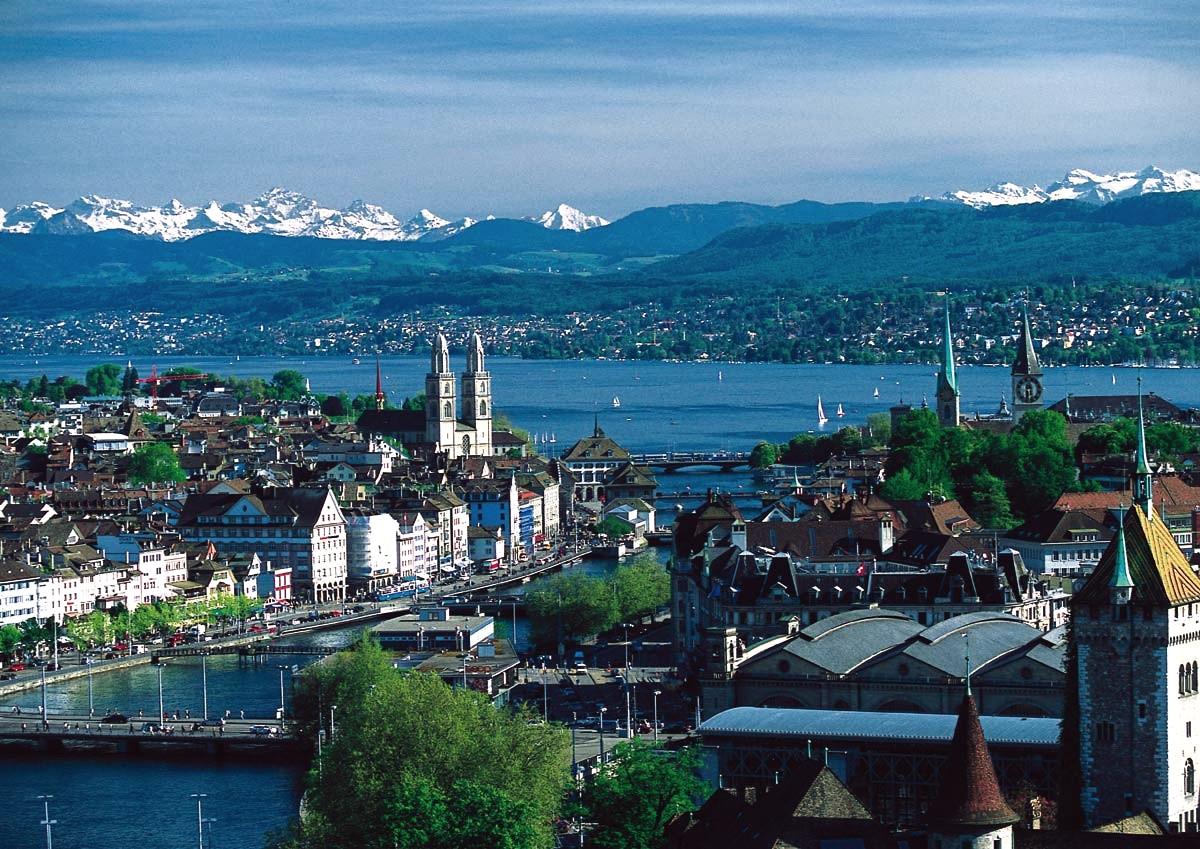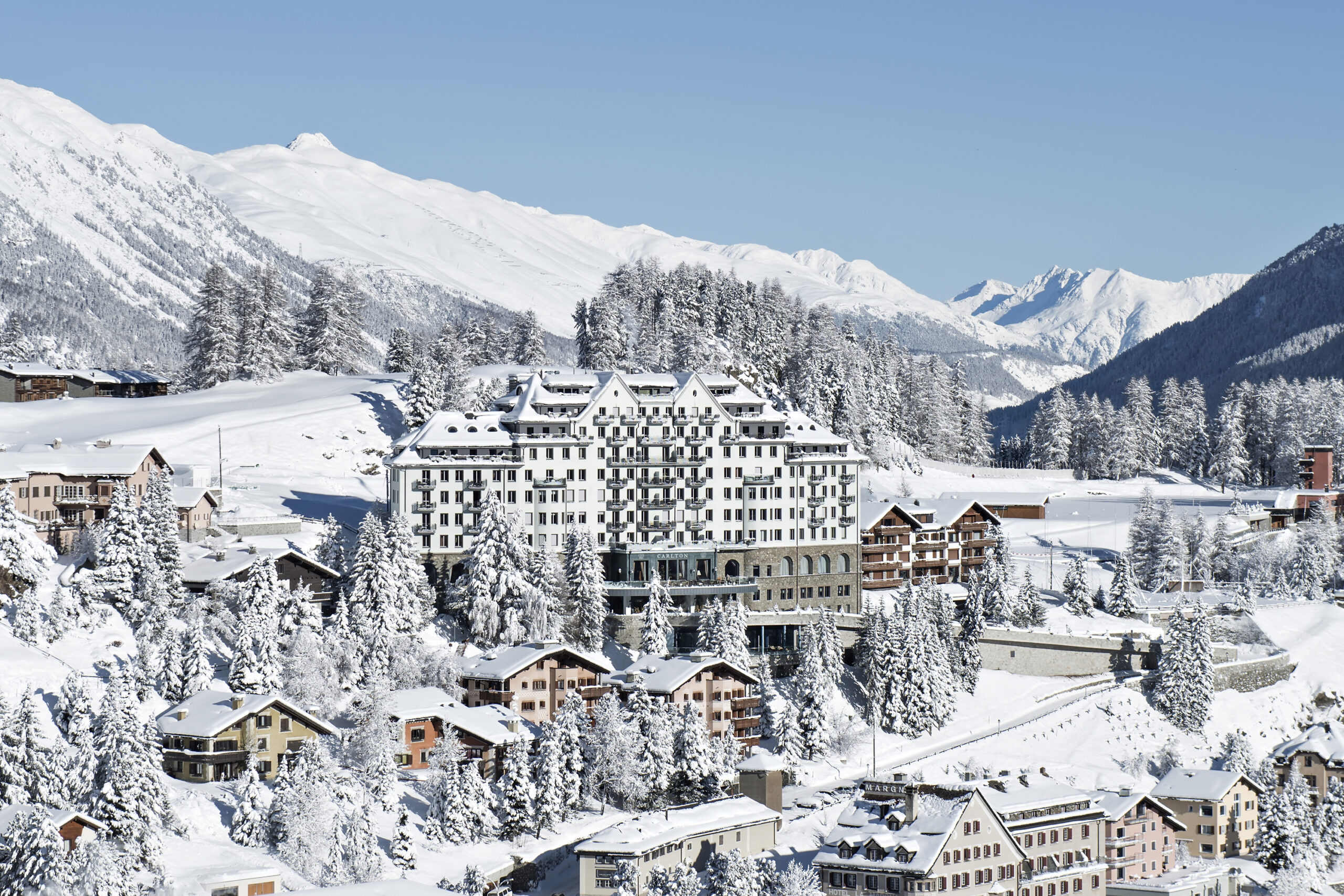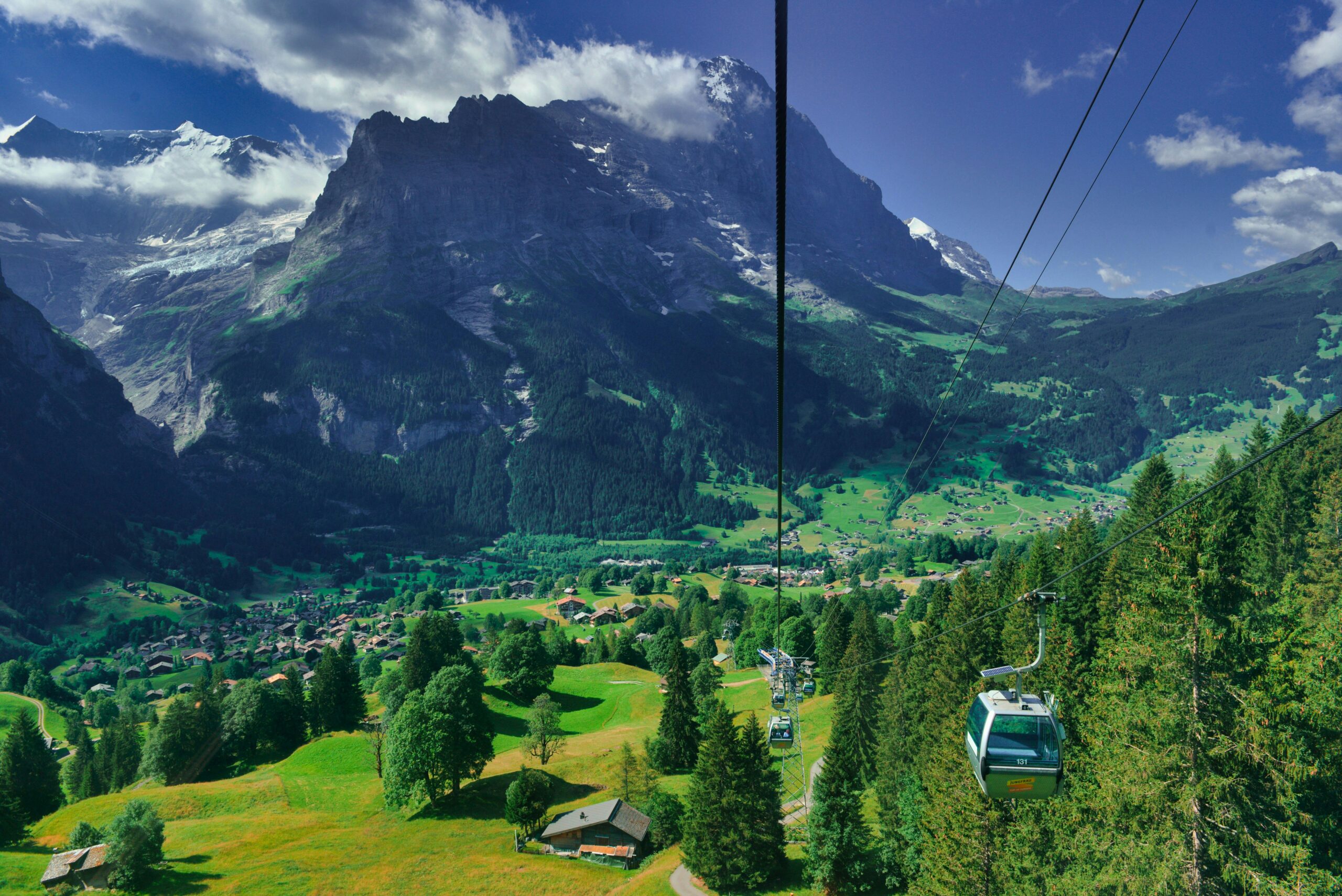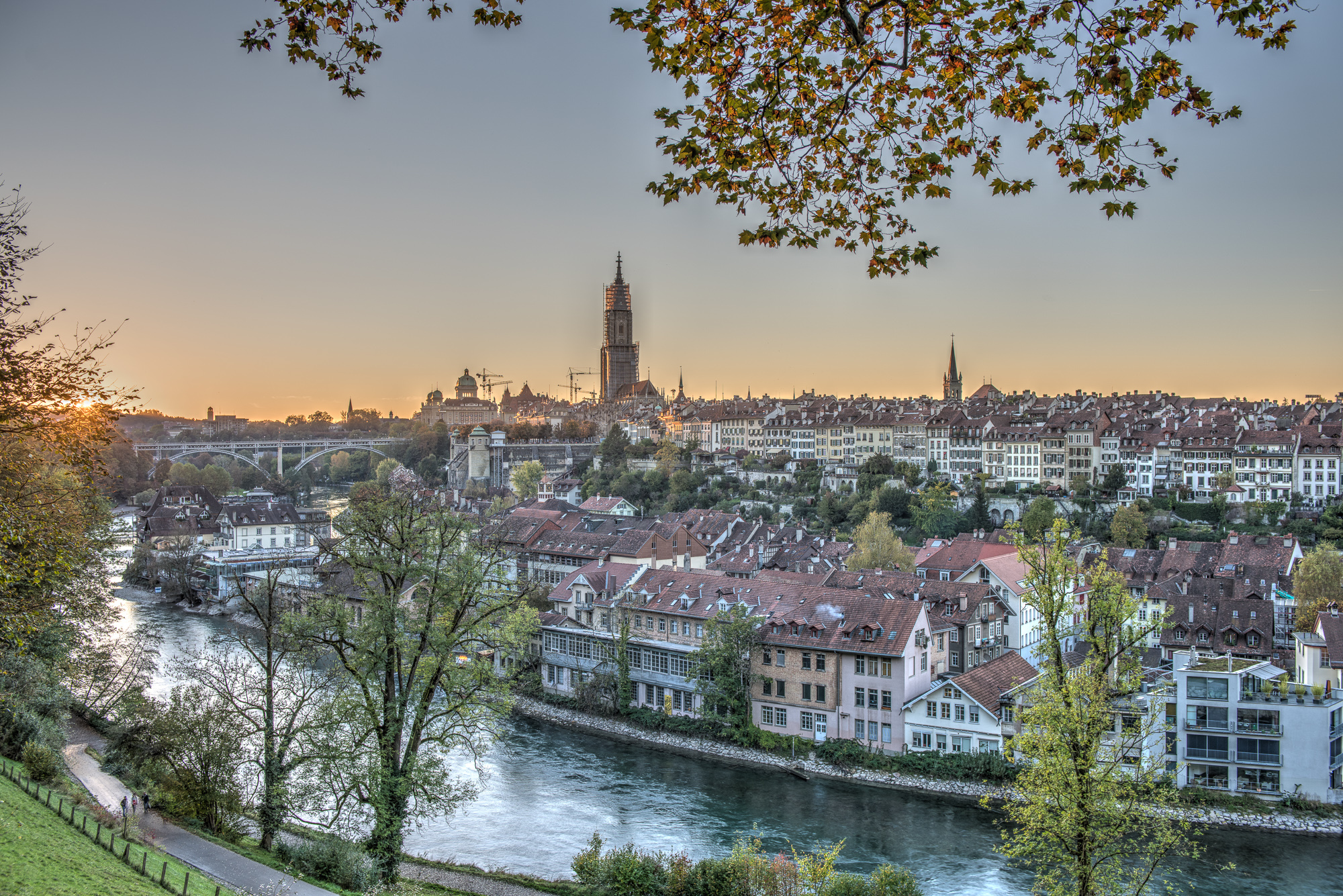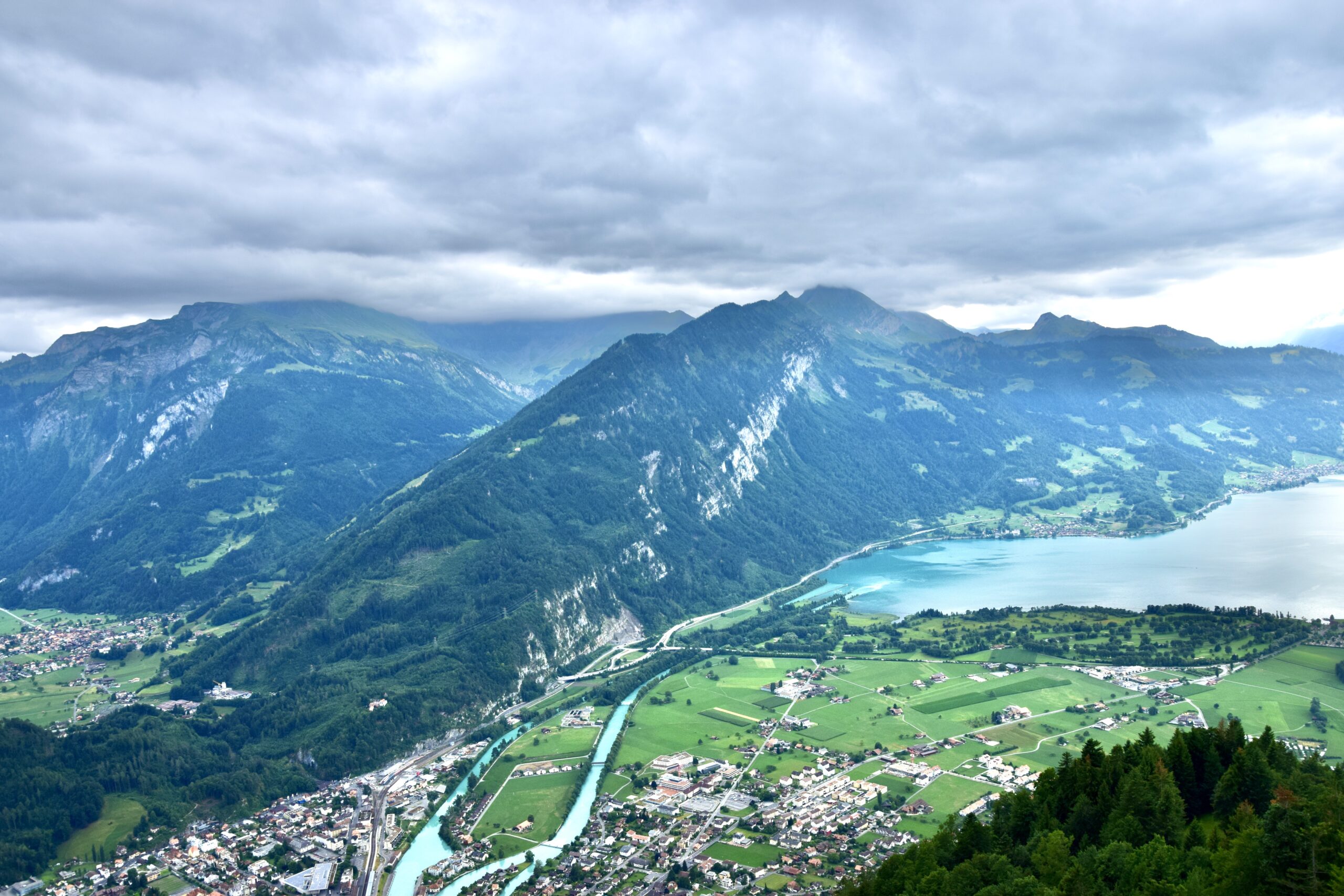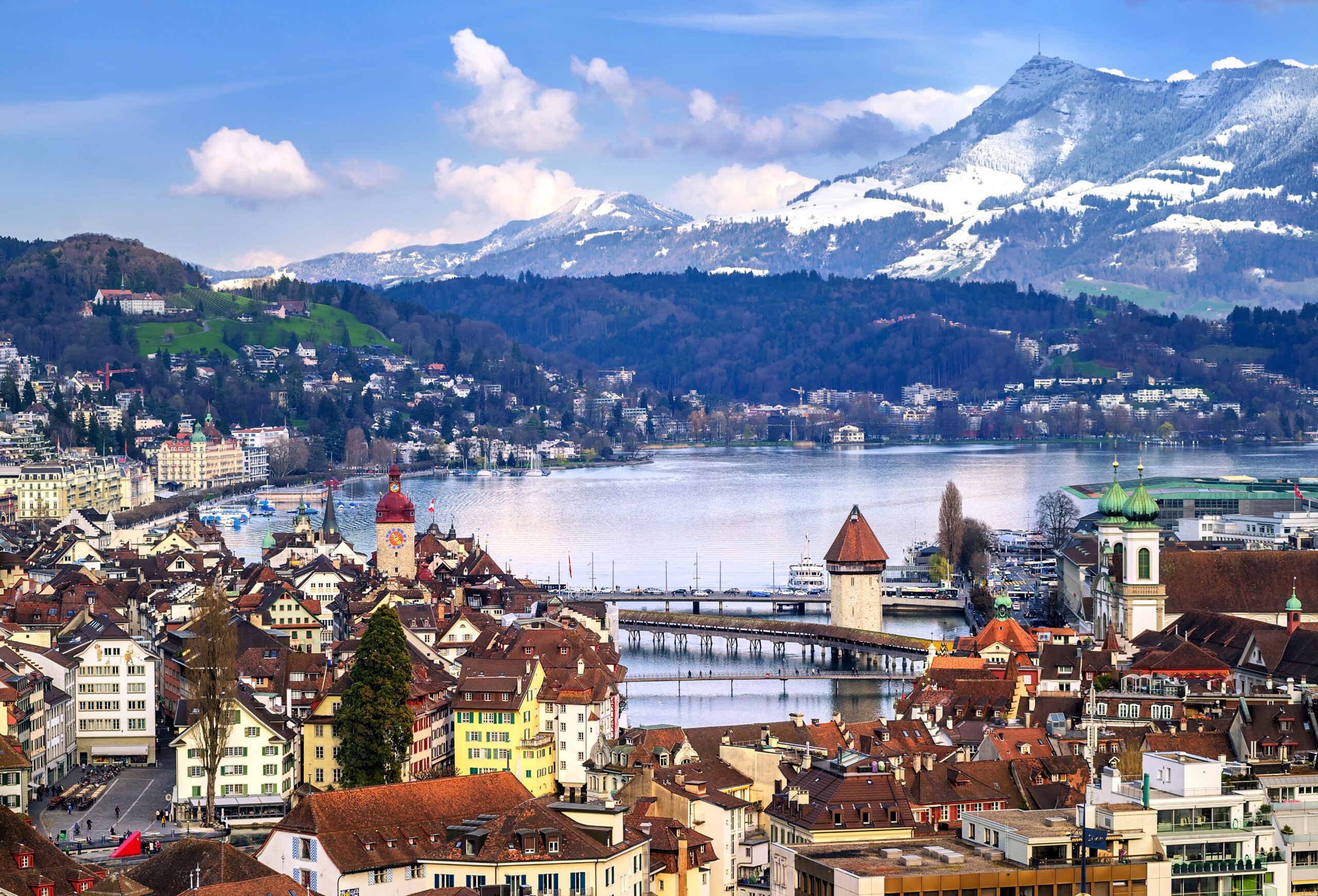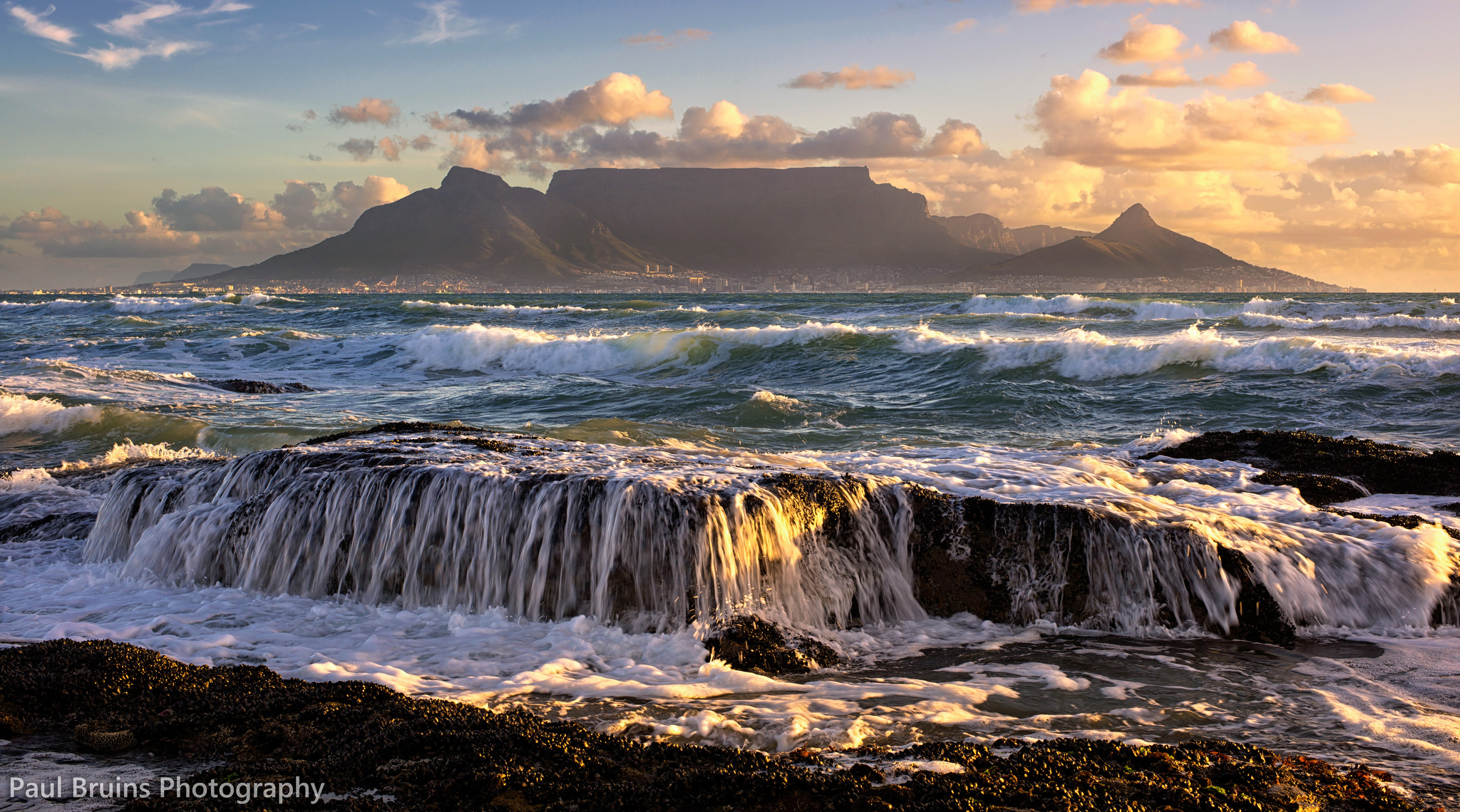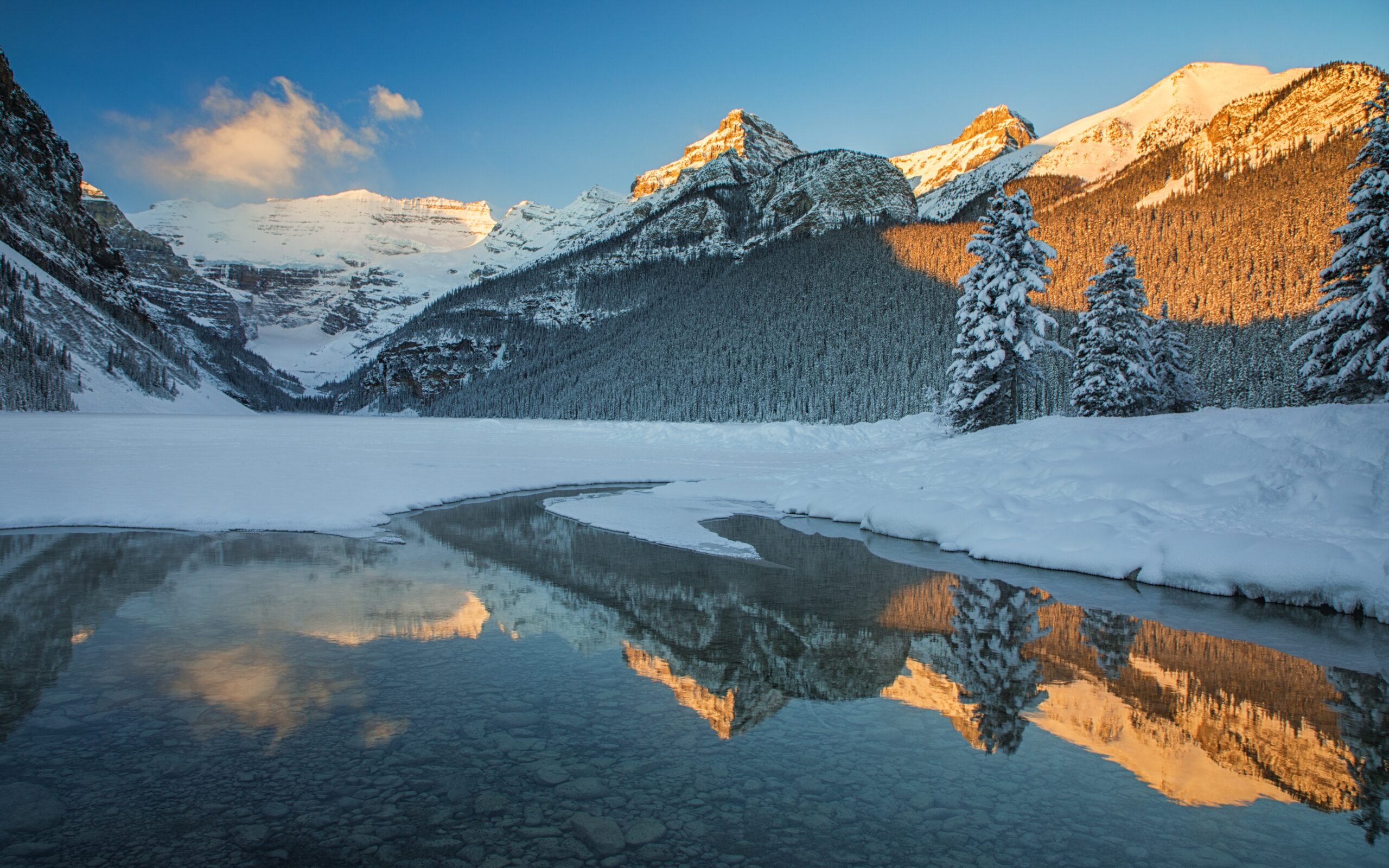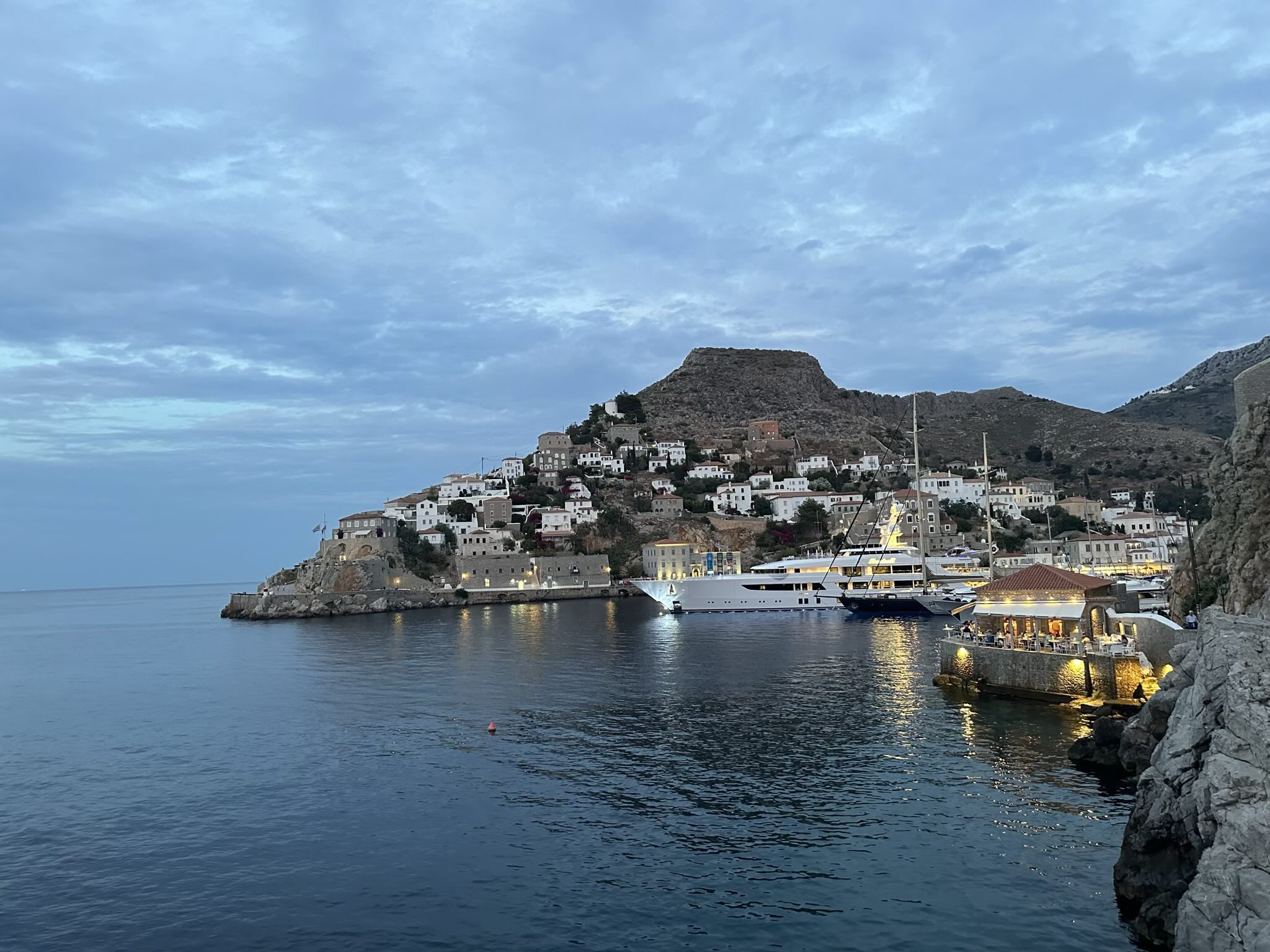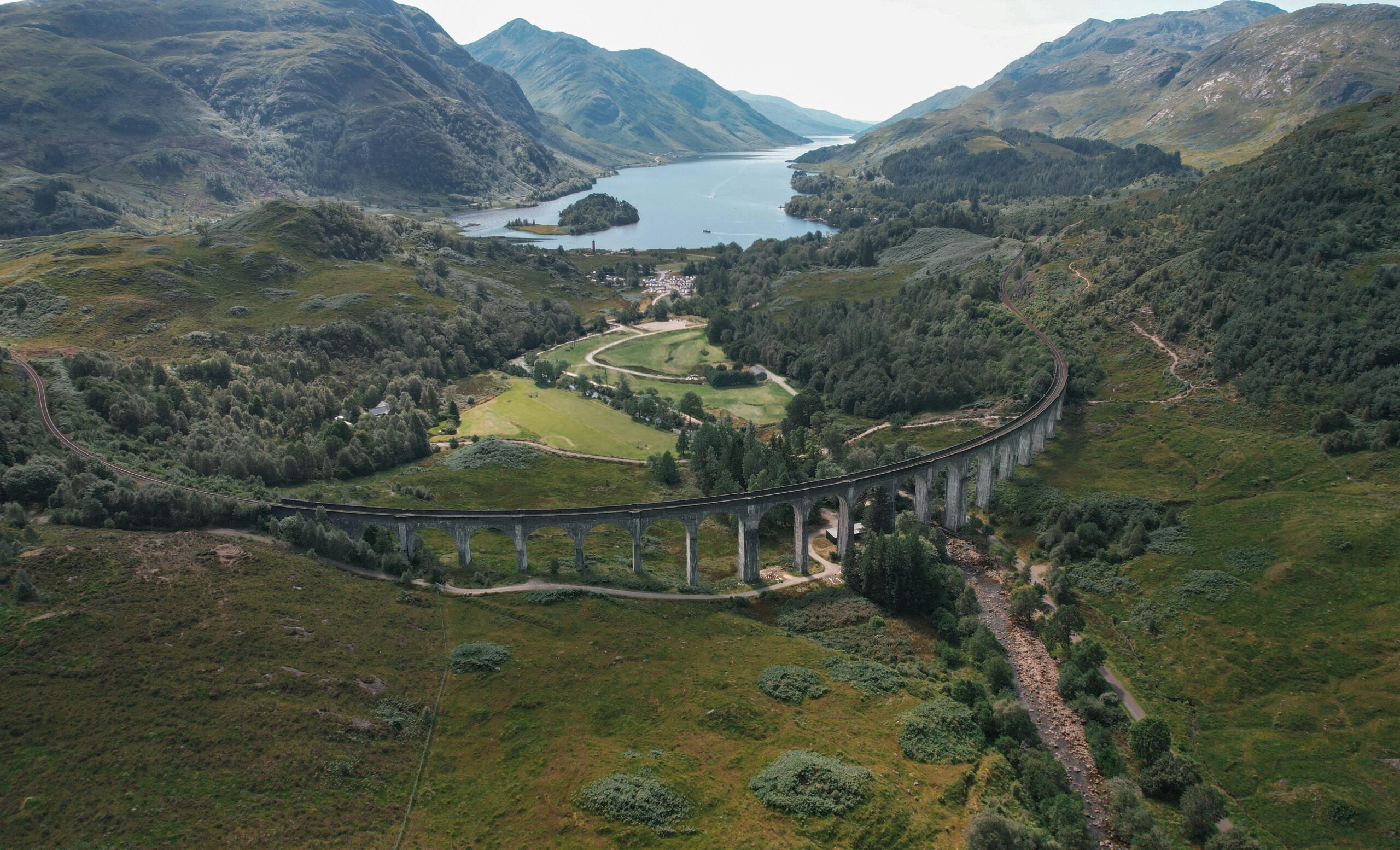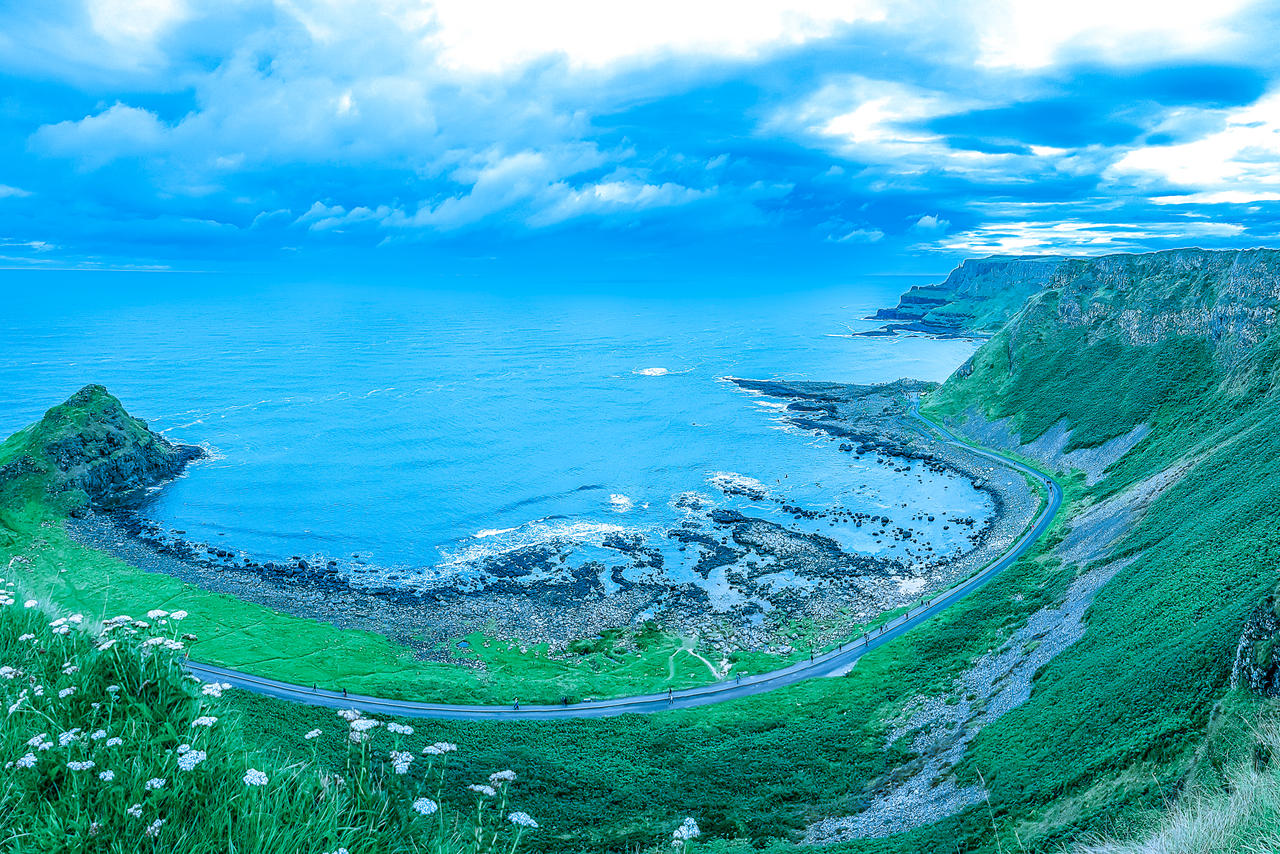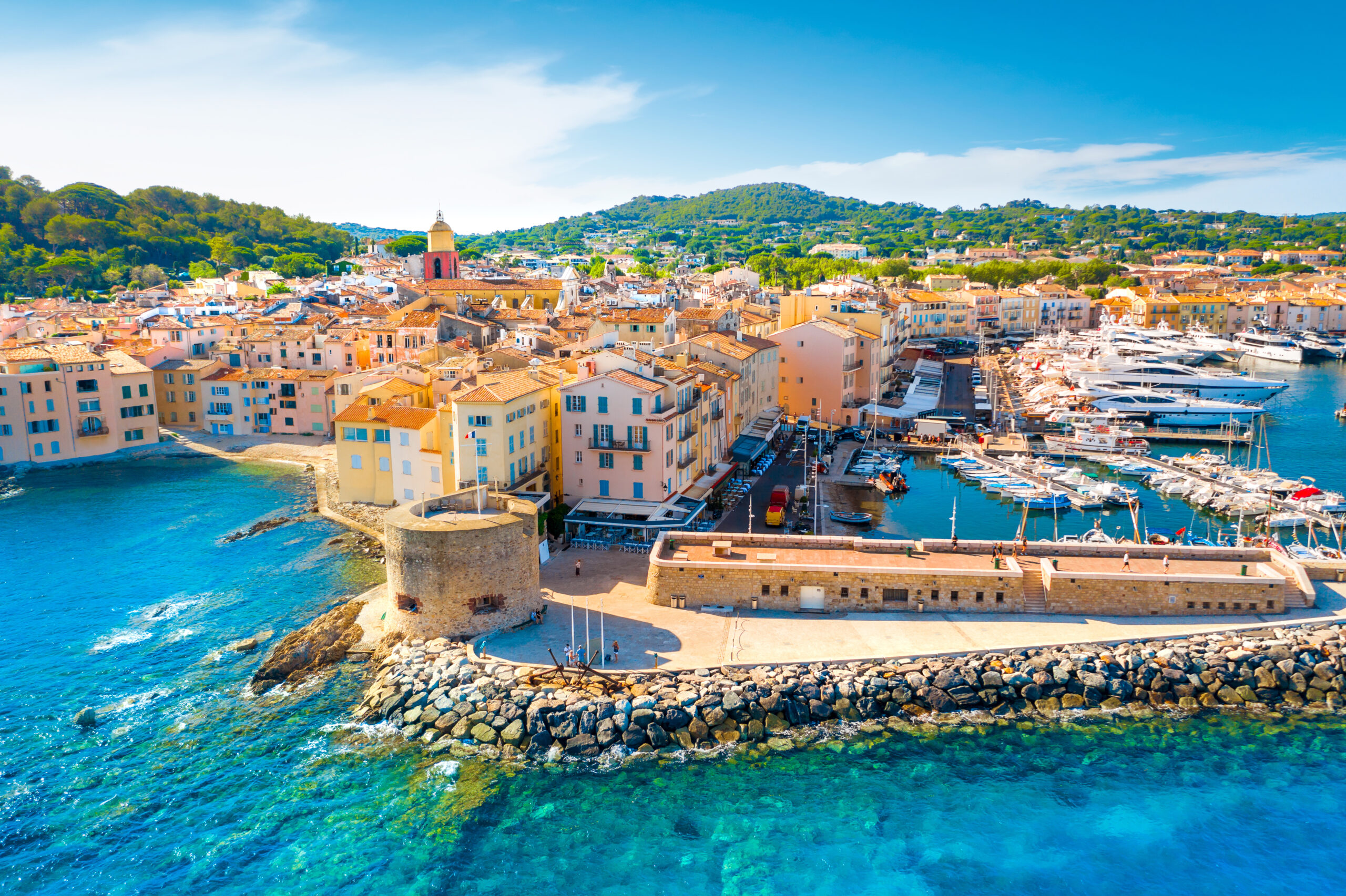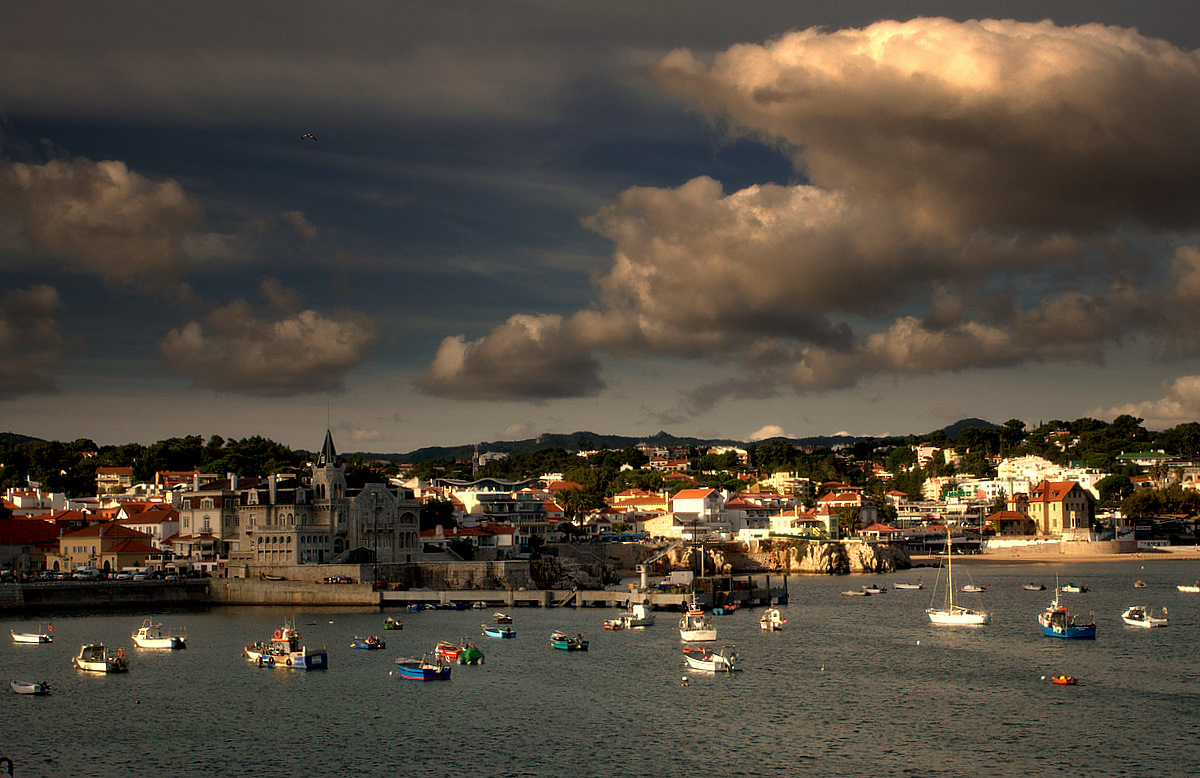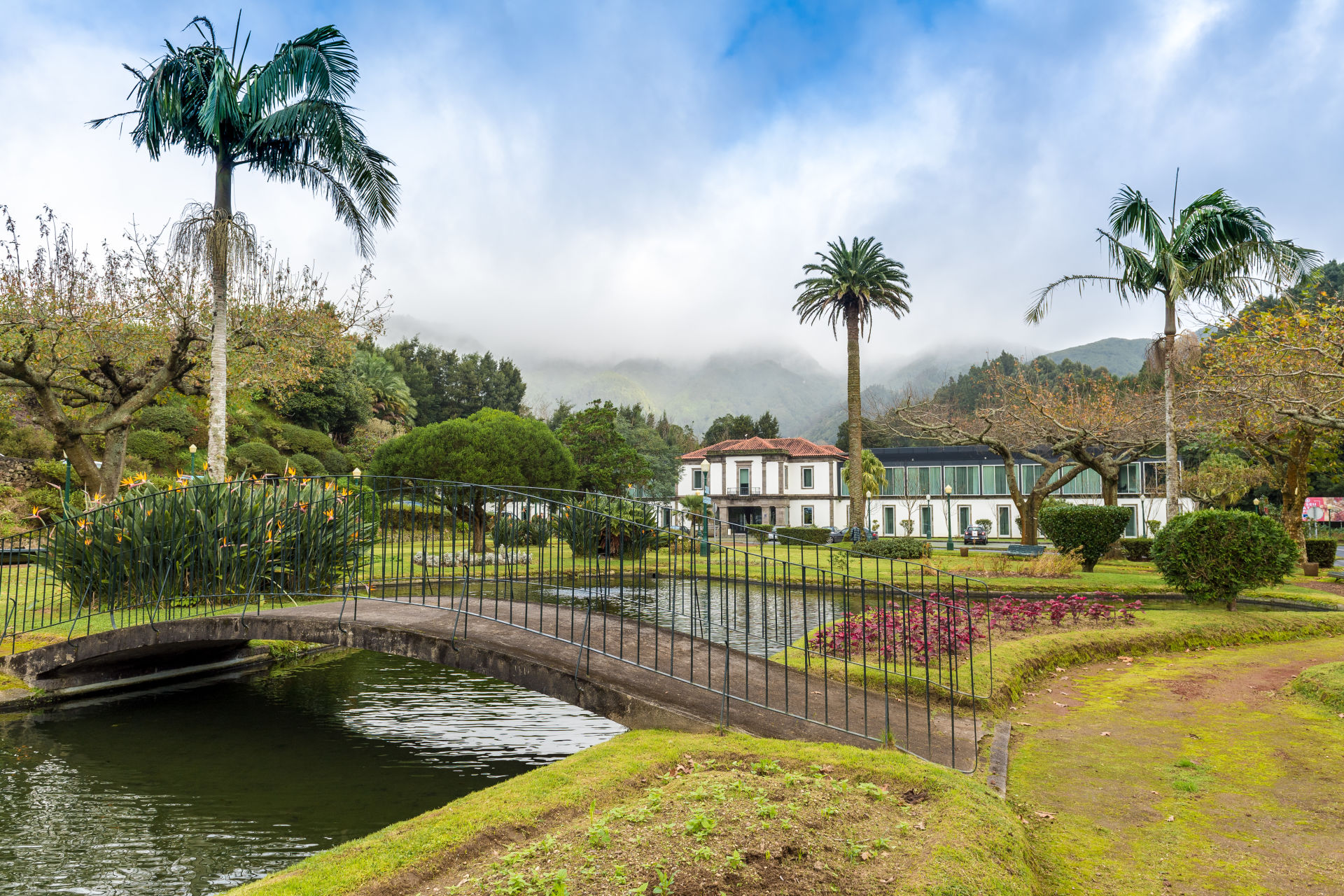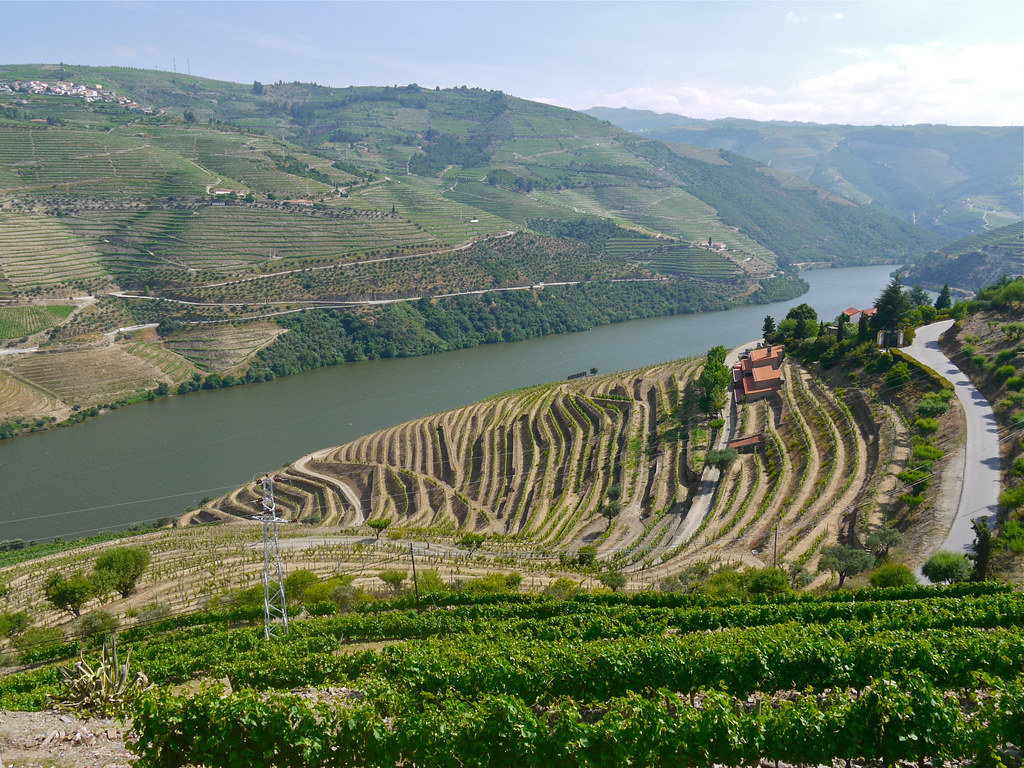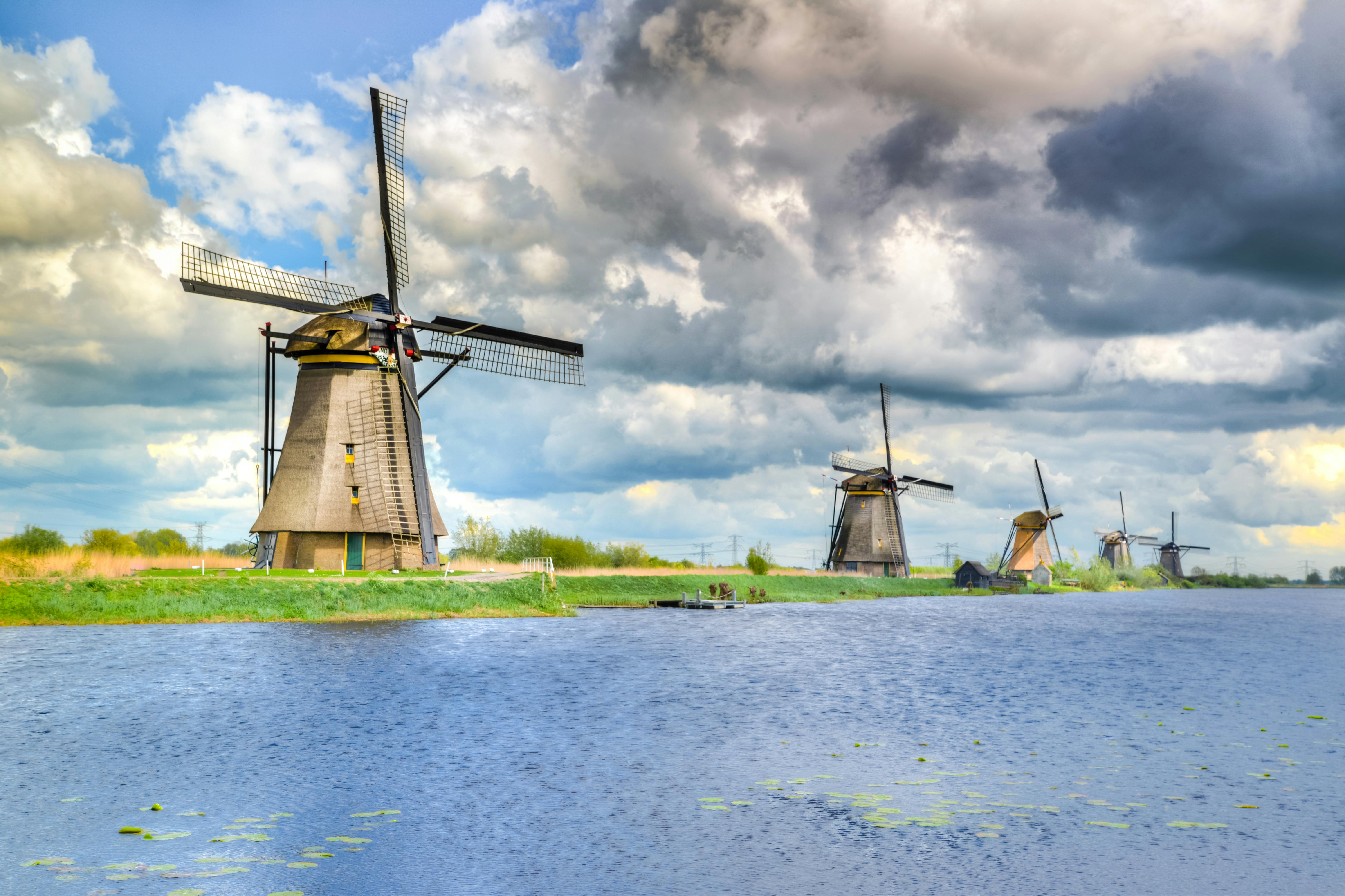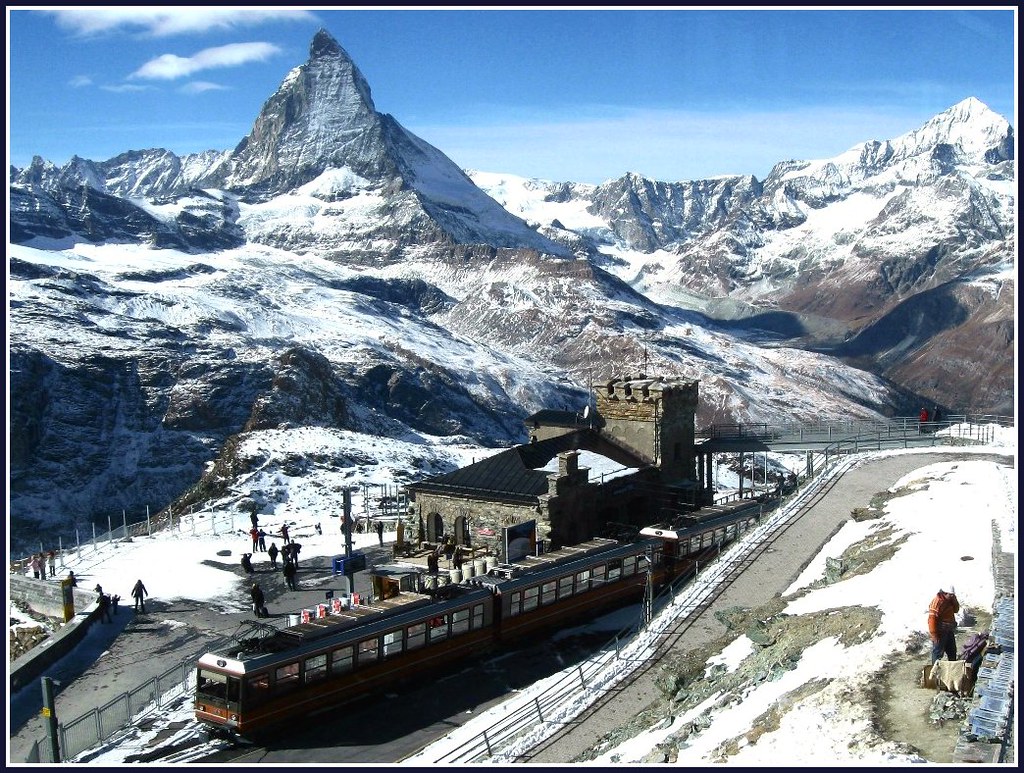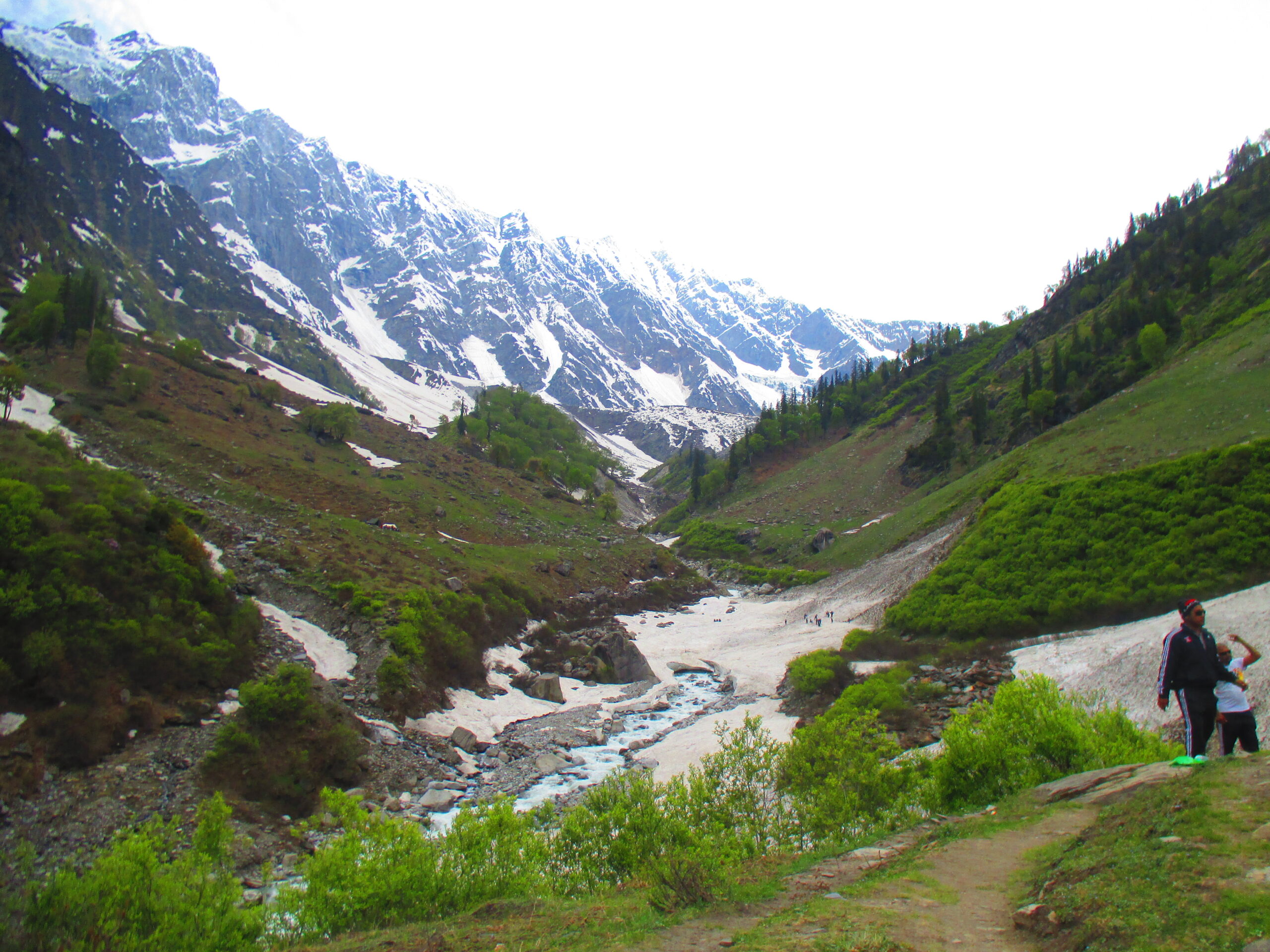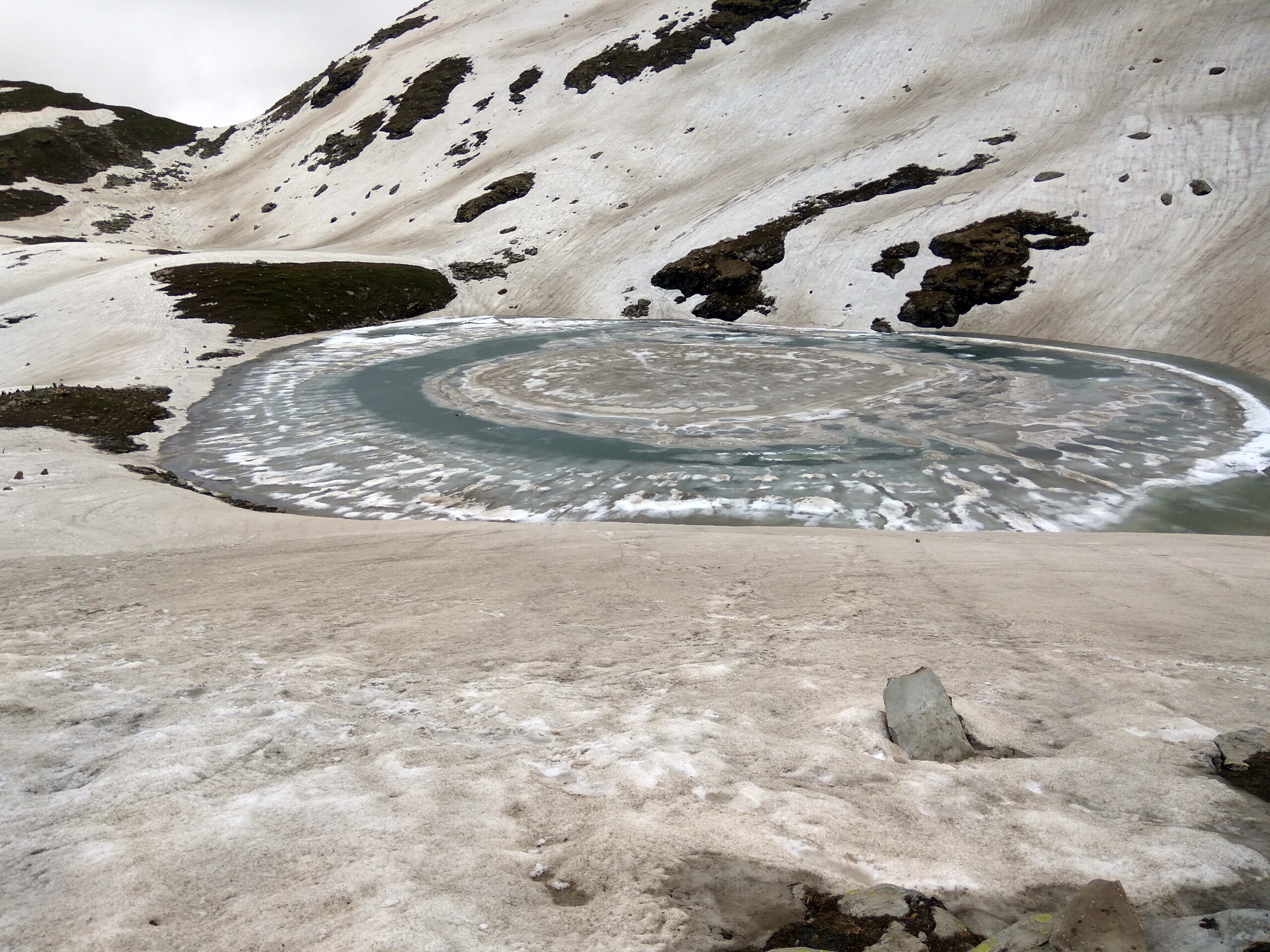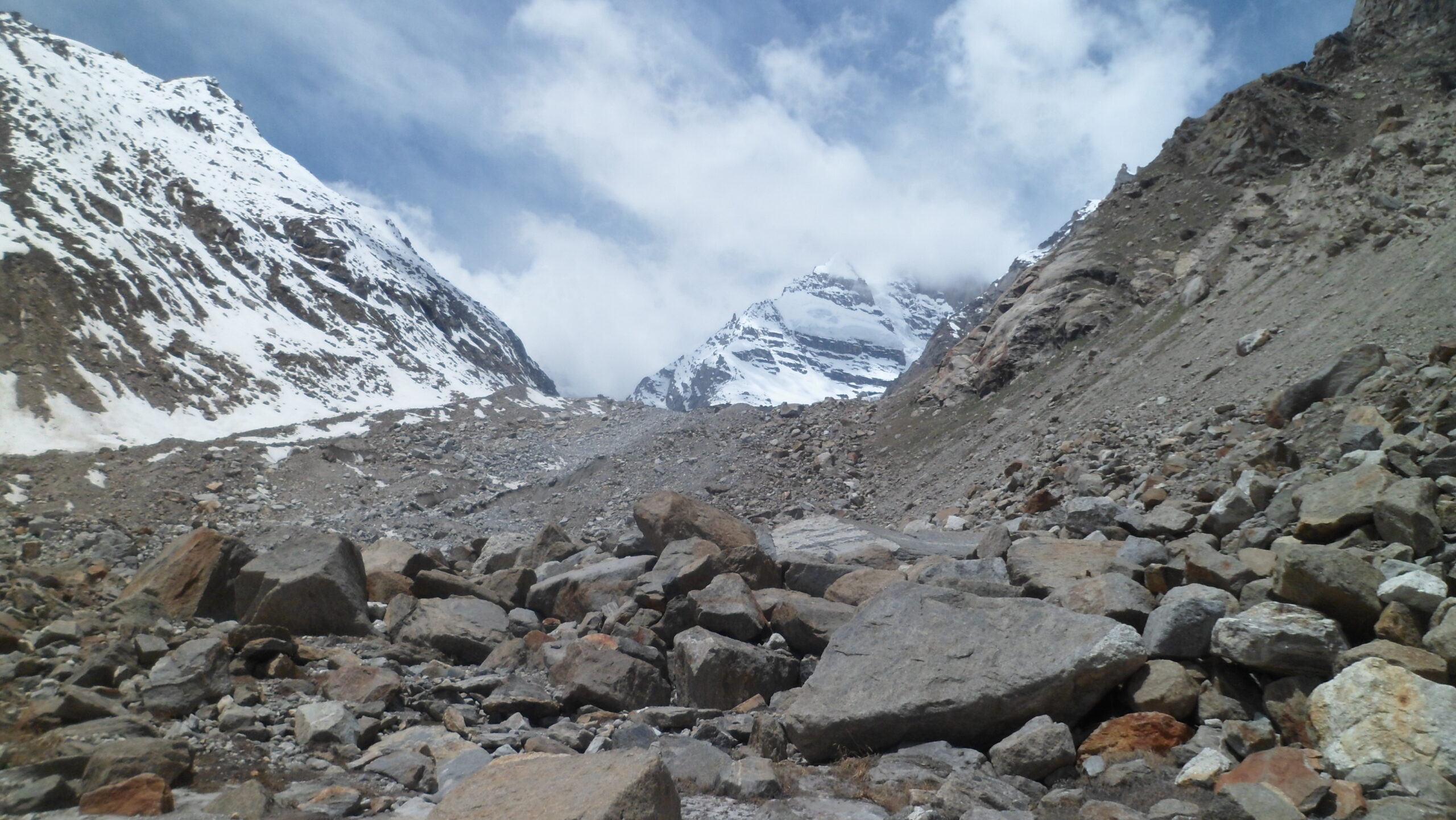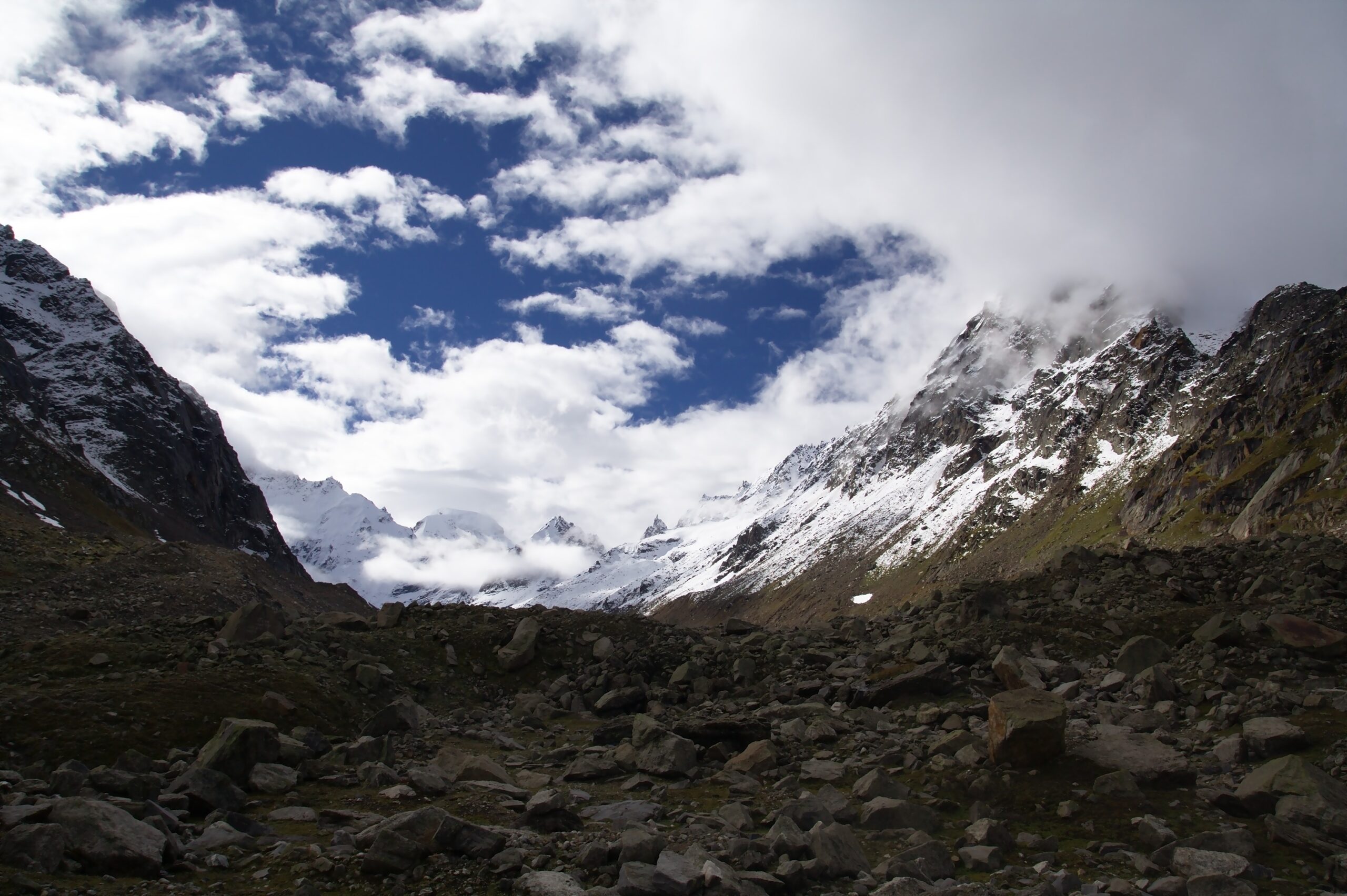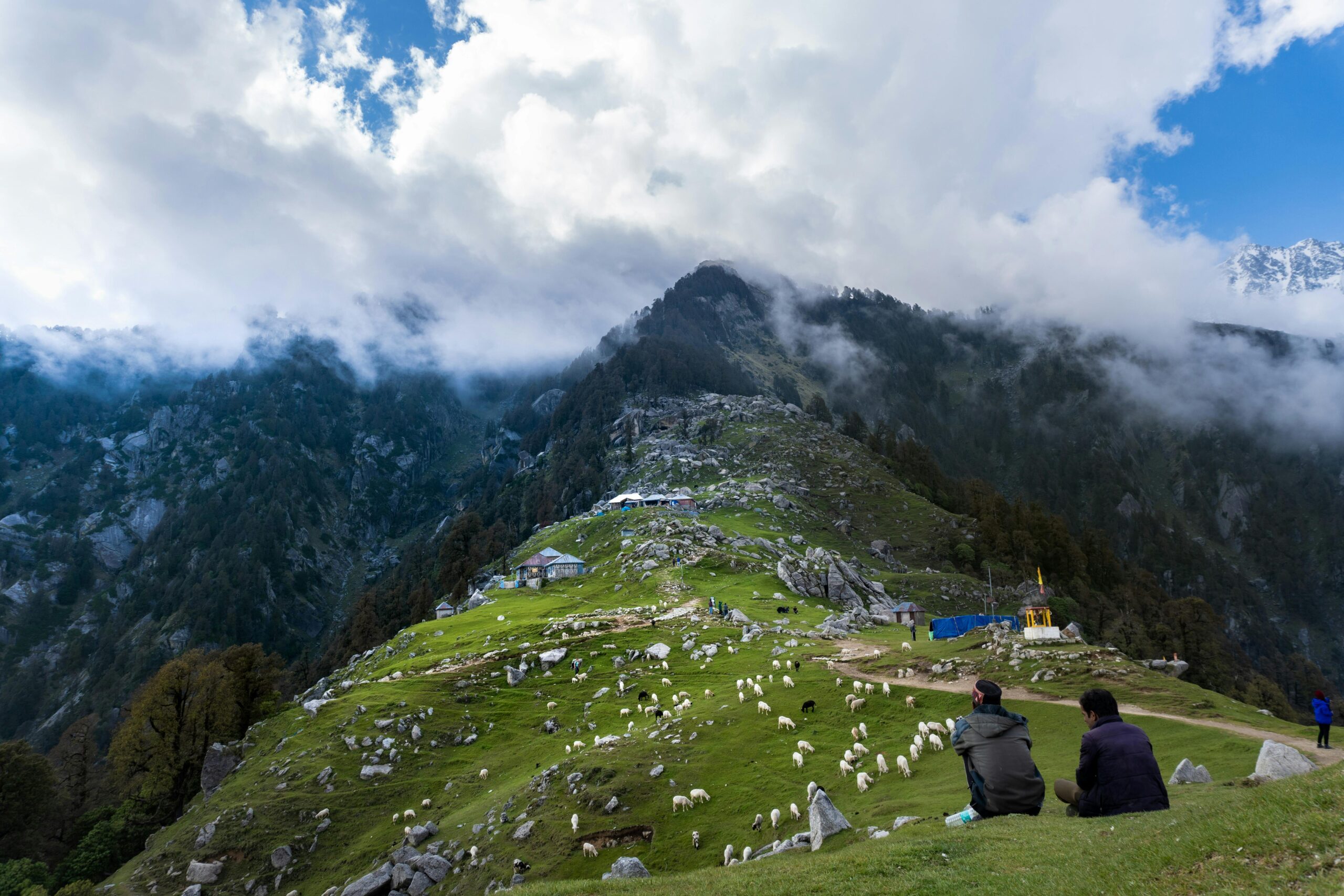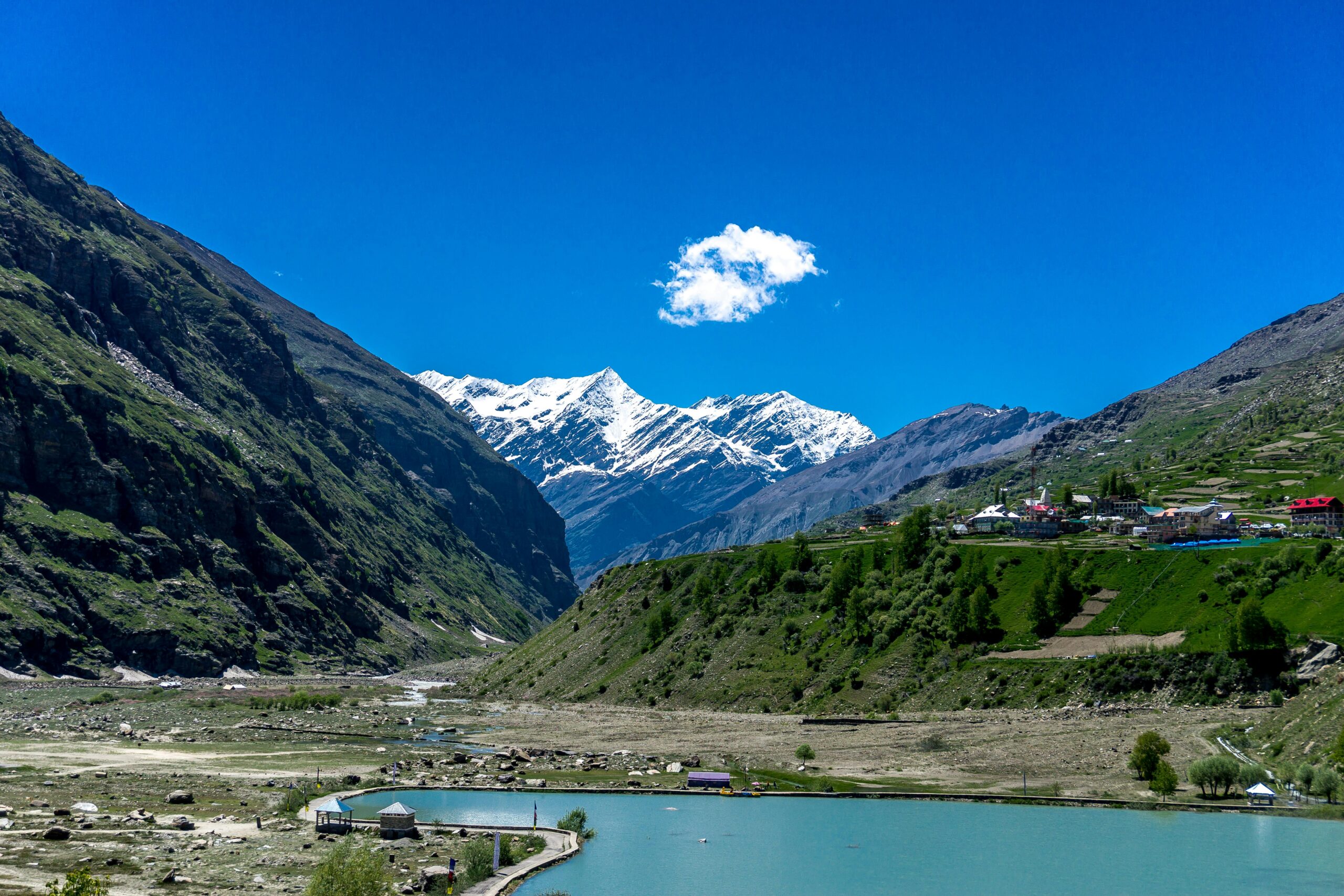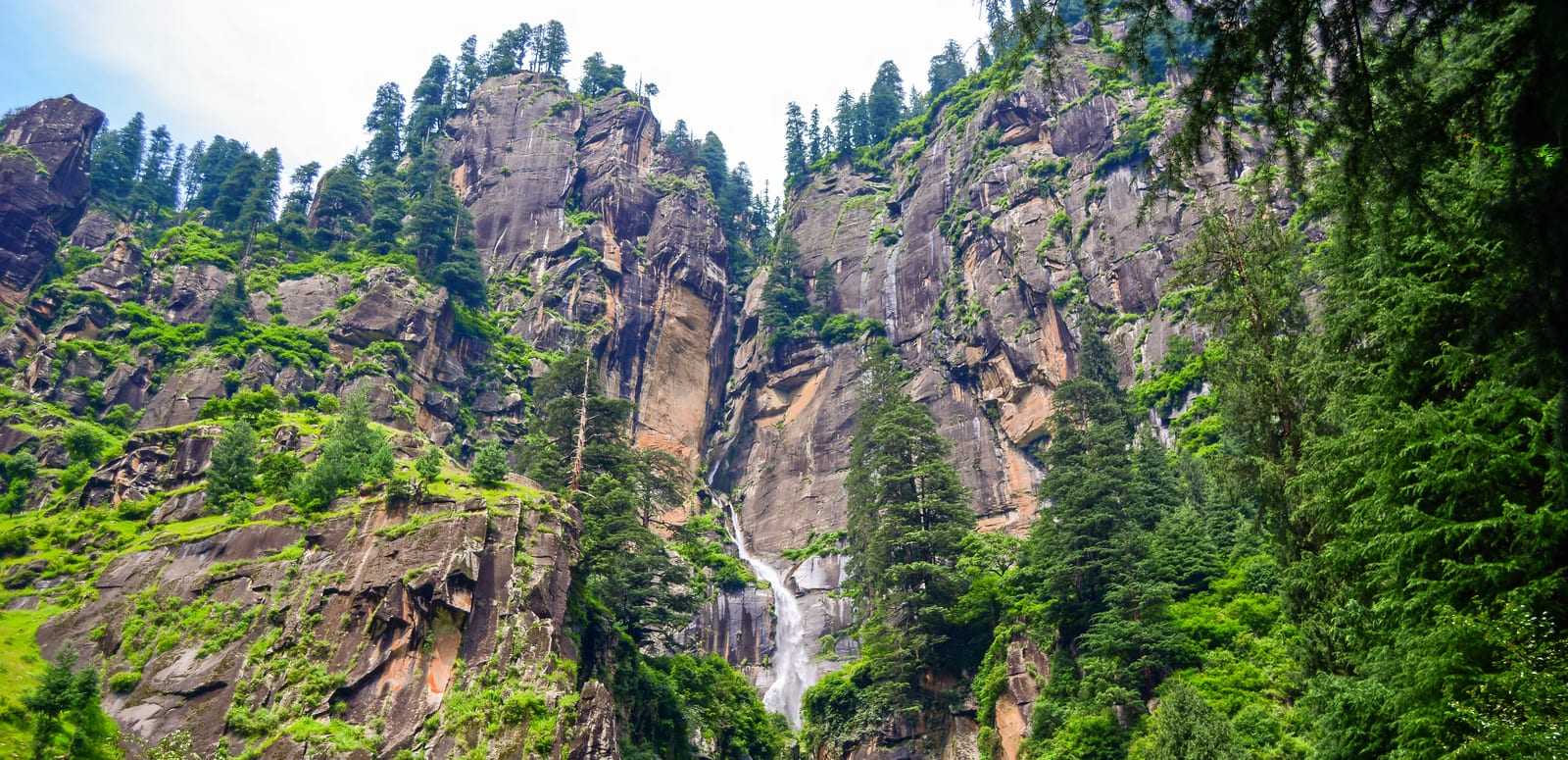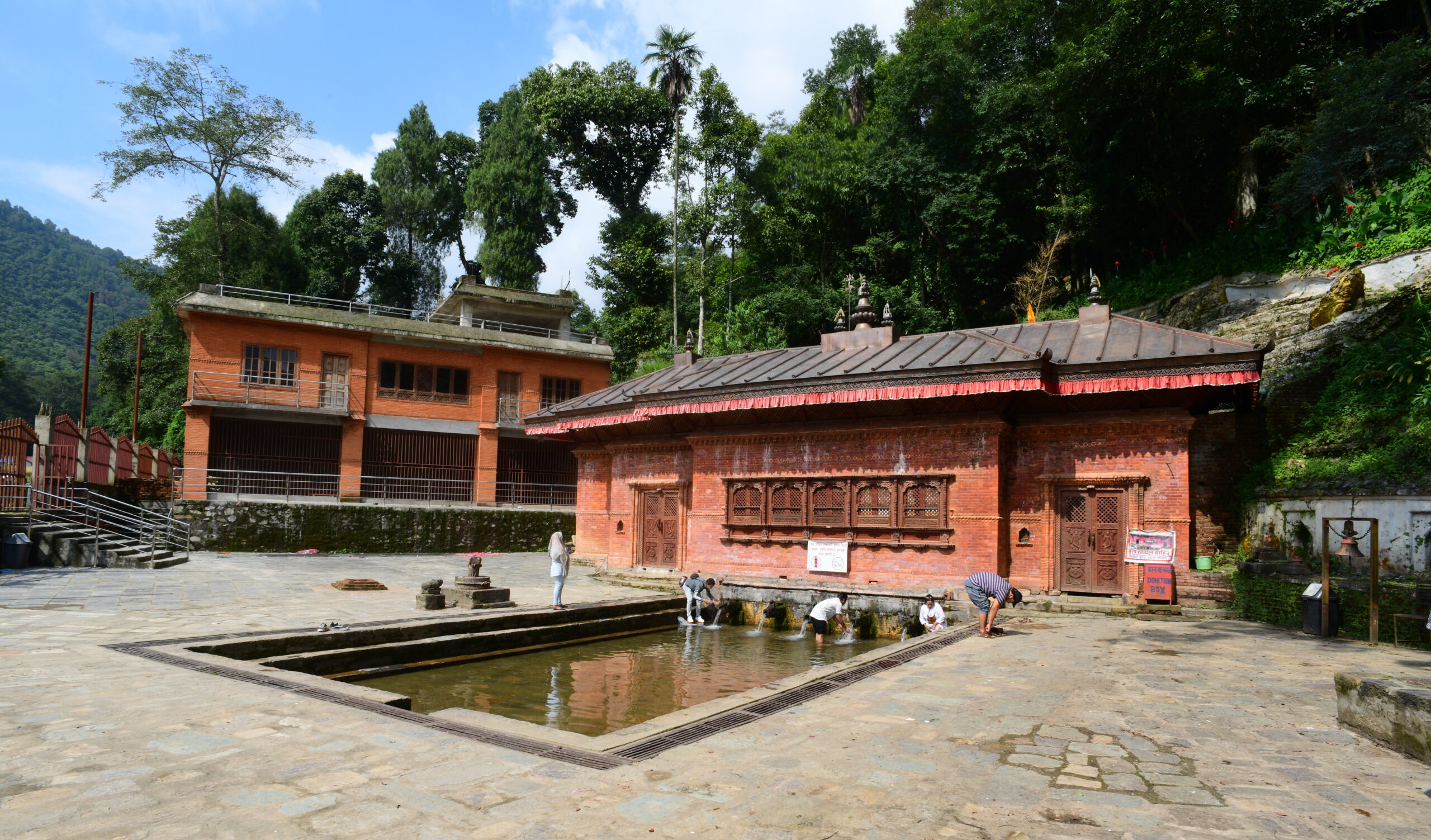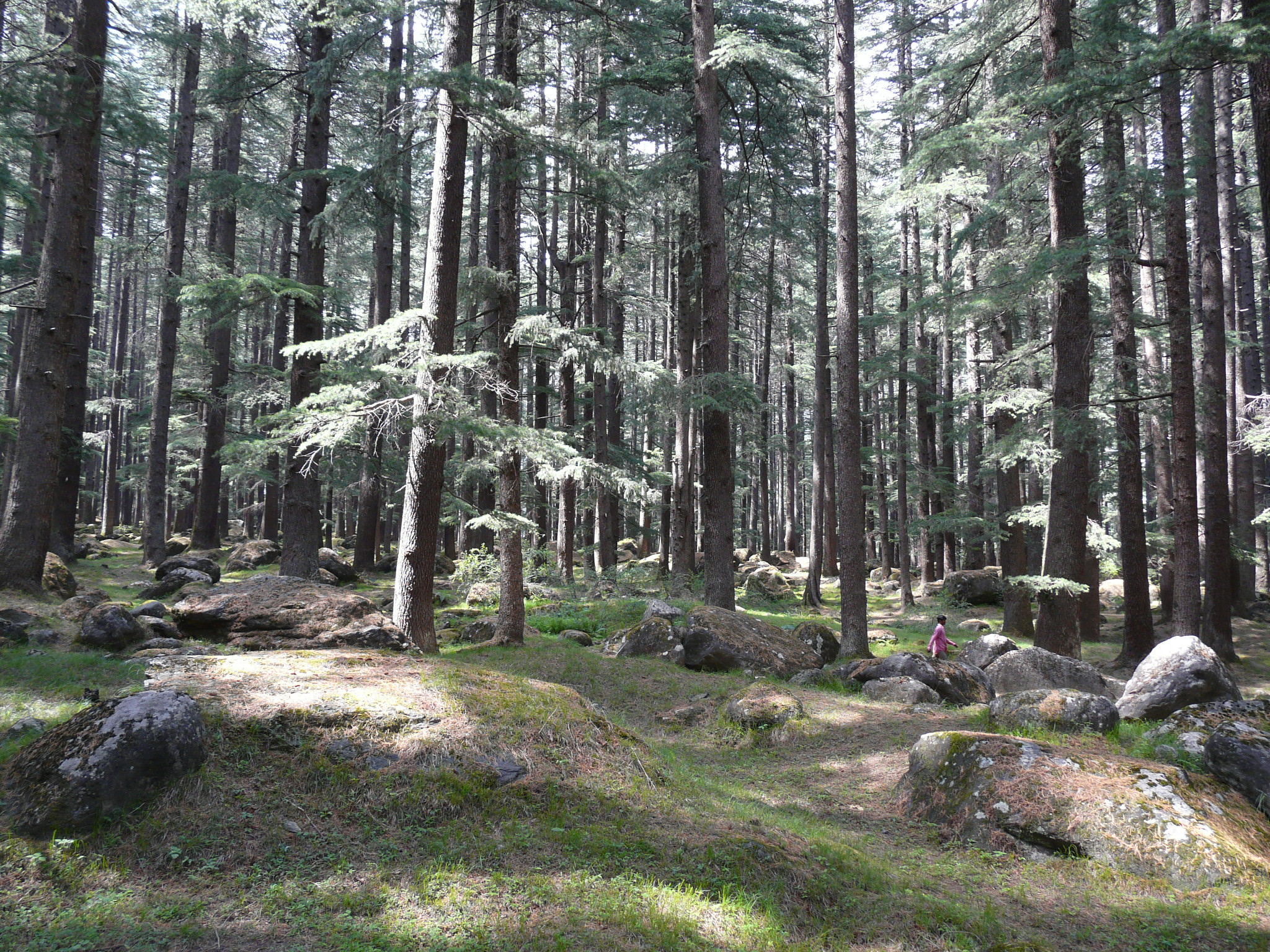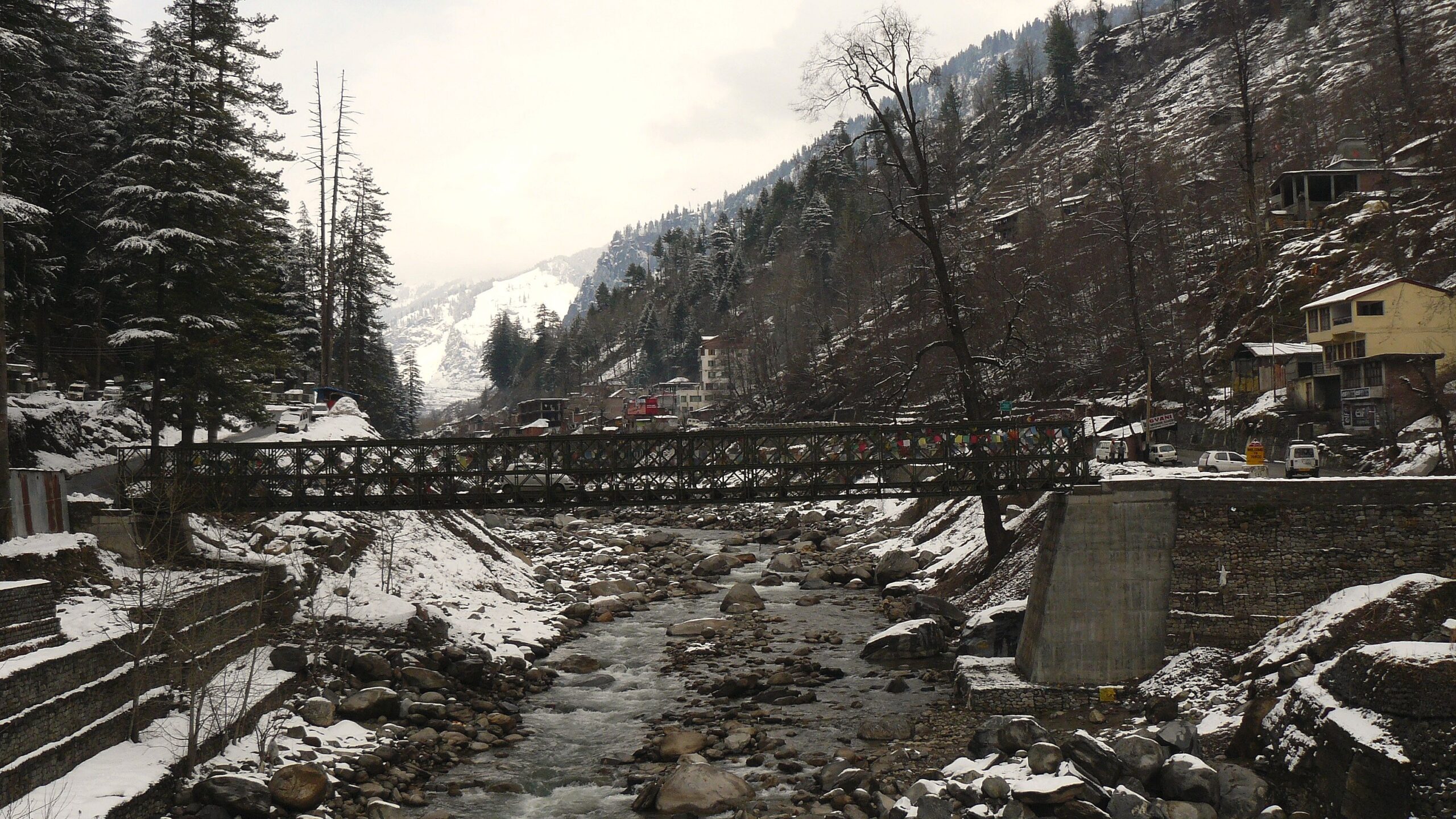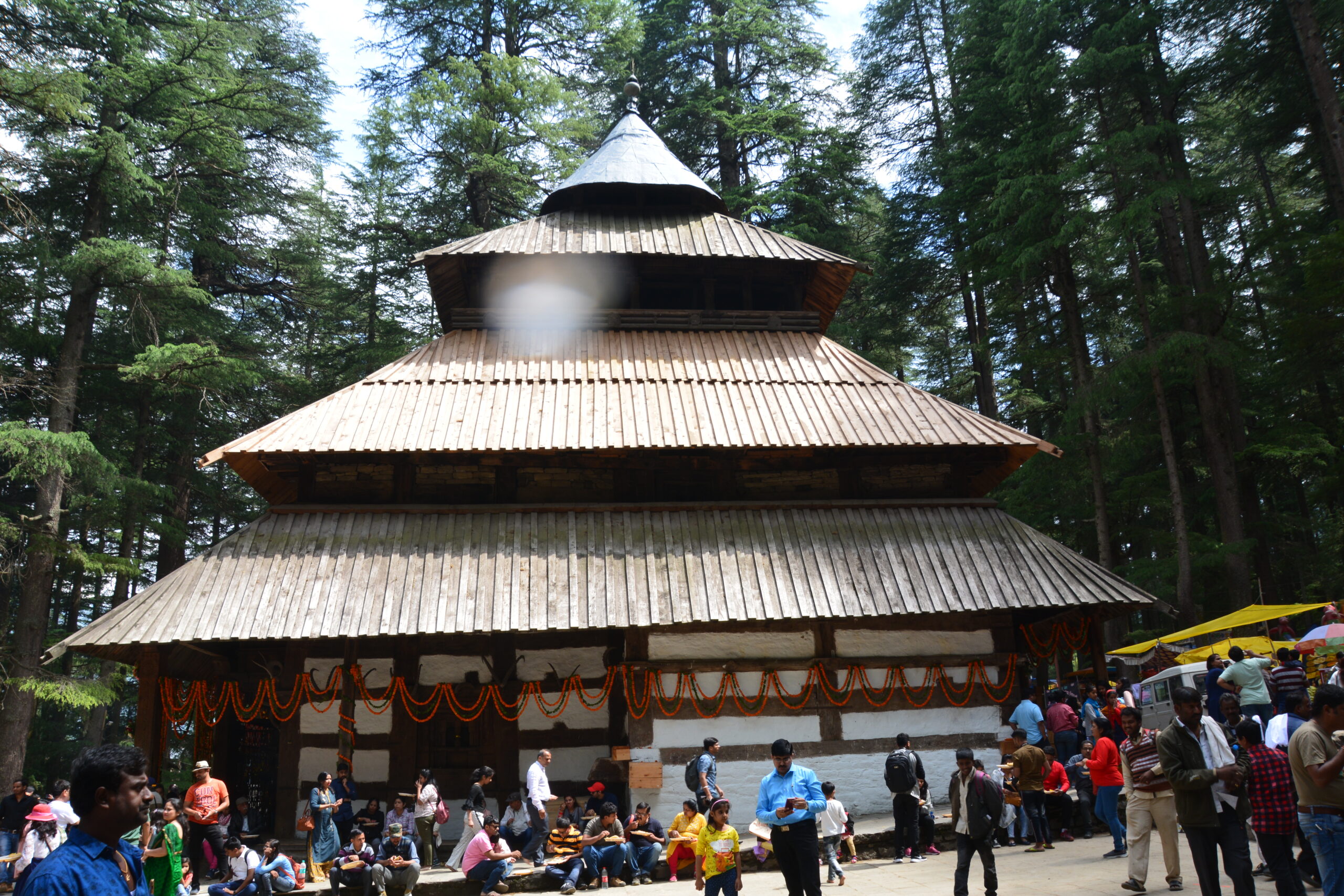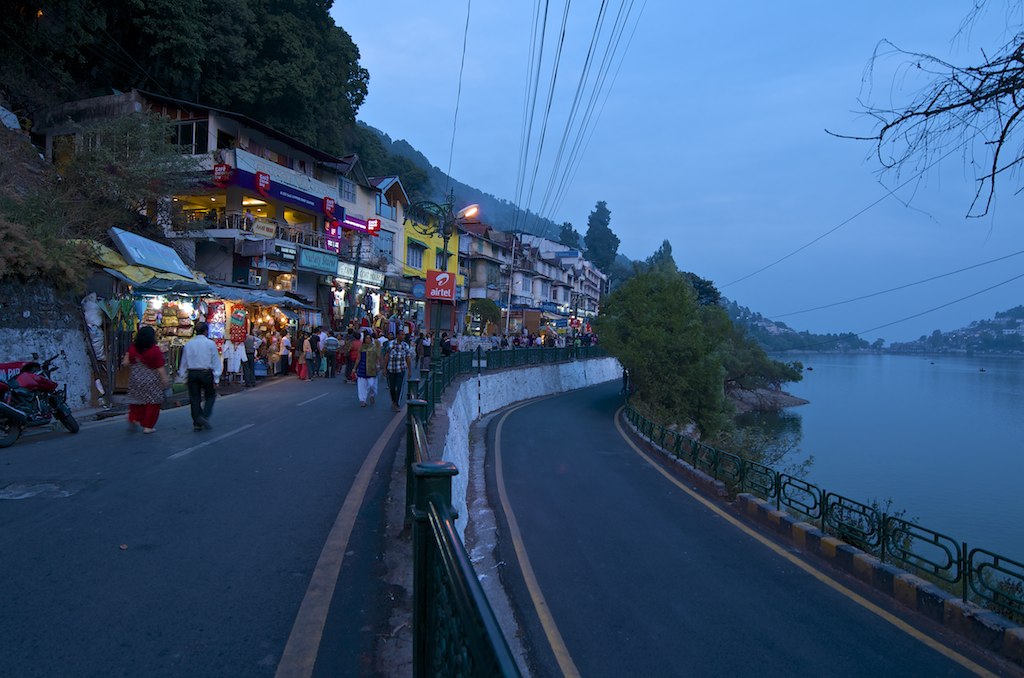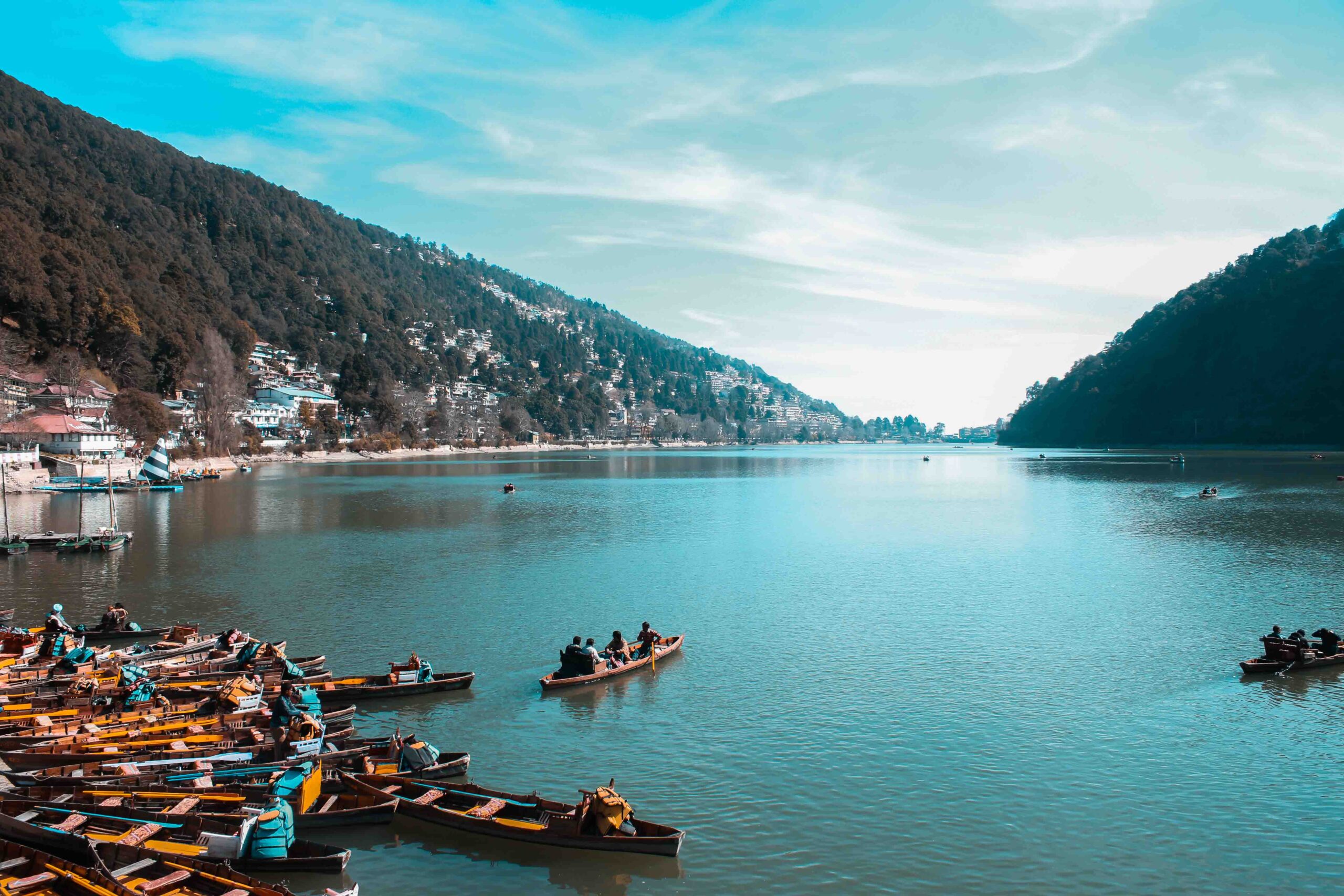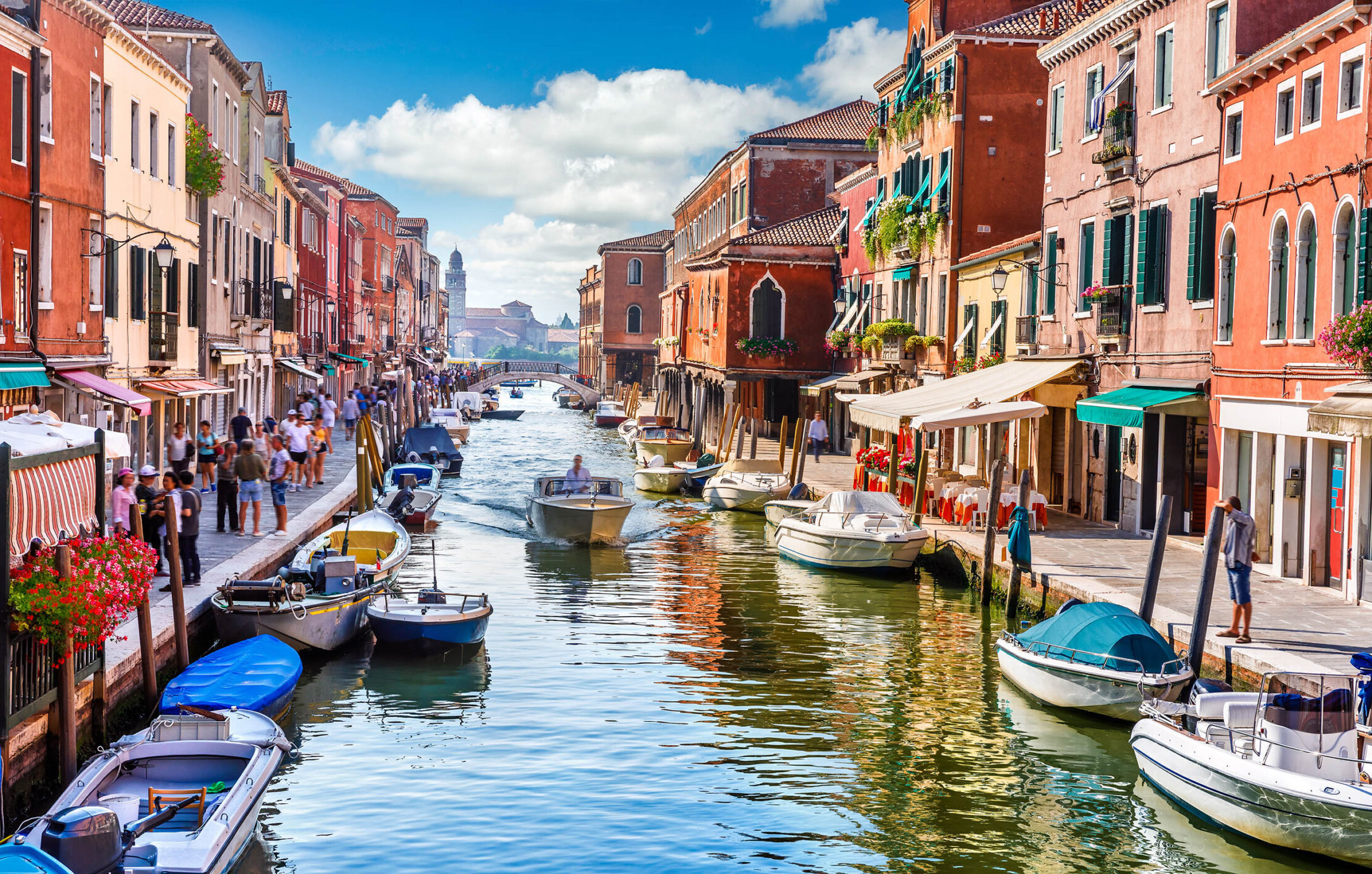
Embark on an unforgettable journey to explore the most enchanting places to visit in Europe. From the historic charm of Prague’s Old Town to the breathtaking fjords of Norway, Europe is brimming with stunning landscapes, rich cultural heritage, and vibrant cities. Whether you’re seeking romantic getaways, scenic countryside, or architectural marvels, our curated list of the most picturesque spots in Europe will inspire your next adventure. Join us as we uncover why these destinations are celebrated as the most beautiful locations in Europe.
1. Italy

Italy, a country renowned for its rich history, stunning architecture, and mouth-watering cuisine, is frequently celebrated as one of the most enchanting destinations on the planet. Whether you seek cultural immersion, culinary delight, or luxurious scenic vistas, Italy offers an abundance of experiences. Let’s explore the distinctive features, must-do activities, and top places to visit in this captivating nation.
Italy’s charm lies in its breathtaking landscapes, historical landmarks, and vibrant culture. From the rolling hills of Tuscany to the romantic canals of Venice, Italy presents a picturesque setting that captivates every traveler.
- Historical Richness: Home to countless UNESCO World Heritage Sites, from ancient Roman ruins to Renaissance masterpieces.
- Culinary Excellence: Known worldwide for its delicious cuisine, including pasta, pizza, wine, and espresso.
- Diverse Landscapes: Varying from the rugged Alps in the north to the idyllic Amalfi Coast in the south.
- Artistic Heritage: Birthplace of renowned artists like Leonardo da Vinci, Michelangelo, and Raphael.
- Fashion Hub: Milan and Rome are globally recognized centers for high-end fashion and design.
- Explore Ancient Ruins: Wander through the Colosseum and Roman Forum in Rome, remnants of the powerful Roman Empire.
- Savor Italian Cuisine: Indulge in authentic dishes like Neapolitan pizza, Tuscan ribollita, and Sicilian cannoli. Take a cooking class to learn traditional Italian recipes.
- Art Museum Visits: Admire masterpieces in the Uffizi Gallery in Florence, Vatican Museums in Rome, and the Peggy Guggenheim Collection in Venice.
- Wine Tasting: Visit the vineyards of Tuscany, Piedmont, and Veneto to sample Italy’s top wines like Chianti, Barolo, and Prosecco.
- Gondola Rides: Experience the romance of Venice with a gondola ride through its historic canals.
- Hiking Adventures: Trek the scenic trails of the Cinque Terre, Amalfi Coast, and the Dolomites.
- Attend Festivals: Participate in the Venice Carnival, Palio di Siena, or the Verona Opera Festival for a taste of local culture and tradition.
- Shop in Fashion Capitals: Explore the boutiques of Milan and the designer stores of Via Condotti in Rome.
- Beach Relaxation: Unwind on the beautiful beaches of Sardinia, Sicily, and the Amalfi Coast.
- Visit Historic Churches: Marvel at the architecture and art in churches like St. Peter’s Basilica, Florence Cathedral, and St. Mark’s Basilica.
Historical and Cultural Sites
- Rome: The Eternal City brimming with ancient ruins, Renaissance art, and vibrant street life. Key sites include the Colosseum, Vatican City, and Pantheon.
- Florence, Tuscany: The cradle of the Renaissance, renowned for its art museums, cathedral, and the iconic Ponte Vecchio.
- Venice, Veneto: A magical city built on canals, known for its historic architecture, gondolas, and St. Mark’s Square.
- Pompeii, Campania: A fascinating archaeological site, preserving the remains of a city buried by the eruption of Mount Vesuvius in AD 79.
Natural Beauty and Scenic Spots
- Tuscany: Famous for its rolling hills, vineyards, and charming medieval towns like Siena and San Gimignano.
- Amalfi Coast, Campania: Stunning coastal scenery with picturesque towns such as Positano, Amalfi, and Ravello.
- Cinque Terre, Liguria: A collection of five colorful fishing villages clinging to rugged cliffs overlooking the Mediterranean Sea.
- Lake Como, Lombardy: A beautiful glacial lake surrounded by mountains and dotted with charming towns like Bellagio and Varenna.
Beach and Island Escapes
- Sardinia: Known for its pristine beaches, crystal-clear waters, and the luxurious Costa Smeralda.
- Sicily: Italy’s largest island offering rich history, stunning coastlines, and the impressive Mount Etna.
- Capri, Campania: An island paradise famous for its rugged landscape, upscale hotels, and the Blue Grotto.
Artistic and Architectural Marvels
- Milan, Lombardy: Italy’s fashion and financial hub, also home to the stunning Milan Cathedral and Leonardo da Vinci’s “The Last Supper”.
- Ravenna, Emilia-Romagna: Known for its exquisite mosaics from the Byzantine era.
- Pisa, Tuscany: Home to the iconic Leaning Tower of Pisa, a marvel of medieval architecture.
- Language: While Italian is the official language, English is widely spoken in tourist areas. Learning basic Italian phrases can enrich your travel experience.
- Currency: The Euro (EUR) is the official currency. Credit and debit cards are widely accepted, but it’s advisable to carry some cash for small transactions.
- Transportation: Trains are a convenient way to travel between cities. Renting a car is ideal for exploring the countryside and coastal areas. Don’t forget to validate your train ticket!
- Dining Etiquette: Meals are leisurely affairs. Tipping is not obligatory but appreciated. Service charges may be included in the bill.
- Dress Code: Dress modestly when visiting churches and religious sites. Comfortable walking shoes are recommended for exploring cobblestone streets.
- Peak Travel Seasons: The best time to visit is during spring (April to June) and fall (September to October) when the weather is pleasant, and tourist crowds are smaller.
- Advance Bookings: Popular attractions like the Colosseum, Vatican Museums, and Uffizi Gallery can have long lines. Booking tickets in advance is recommended.
- Local Markets: Experience authentic Italian life by visiting local markets like Mercato Centrale in Florence or Campo de’ Fiori in Rome.
- Respect Local Customs: Italians appreciate politeness. Greet with a “buongiorno” (good morning) or “buonasera” (good evening) and be mindful during siesta time in the afternoon.
Italy is a symphony of history, art, cuisine, and natural beauty. Every corner is steeped in culture and every meal is a culinary delight. Embark on your journey to uncover why Italy is celebrated as one of the most captivating destinations on Earth.
2. Switzerland
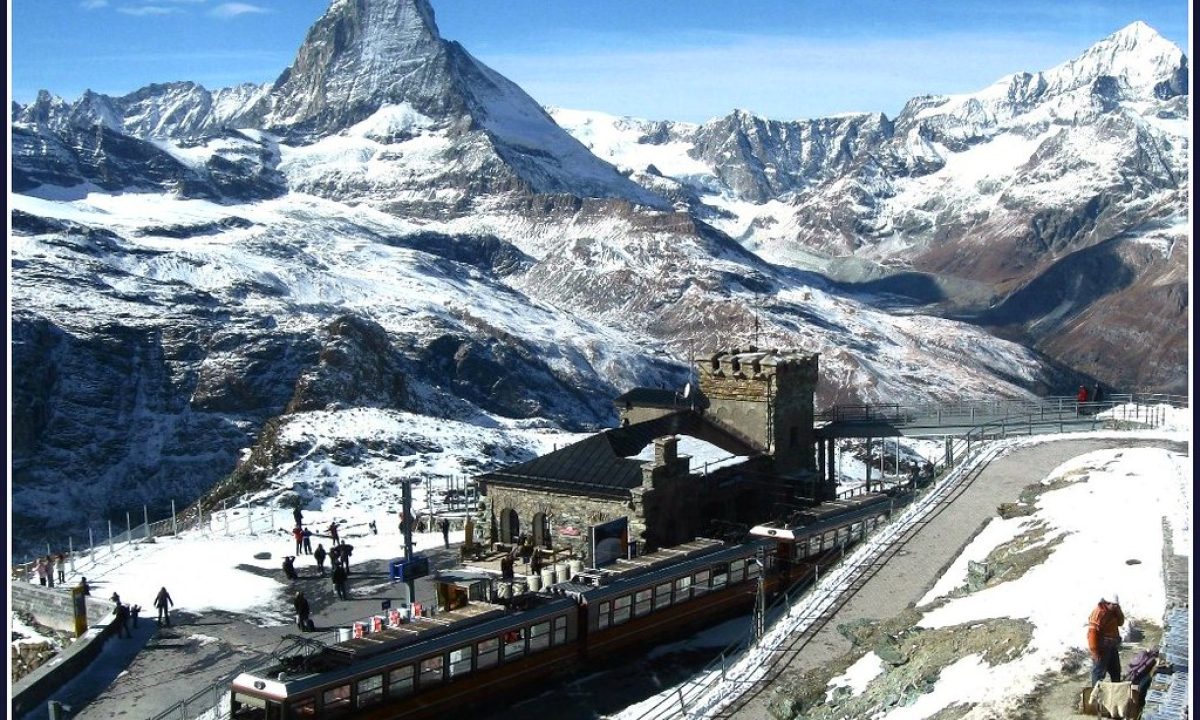
Switzerland, with its stunning landscapes, impeccable cities, and rich cultural heritage, is frequently celebrated as one of the most picturesque countries in the world. Whether it’s adventure, relaxation, or cultural experiences, Switzerland offers a plethora of activities to enchant every traveler. Let’s explore the unique features, best activities, and top places to visit in this exquisite nation.
Switzerland’s charm lies in its breathtaking Alpine scenery, pristine lakes, and cosmopolitan cities. The country’s commitment to preserving its natural beauty, combined with its rich history and culture, makes it an unparalleled destination.
- Alpine Landscapes: The majestic Swiss Alps, with their snow-capped peaks and glacier-fed lakes, provide stunning vistas and outdoor adventure opportunities.
- Cultural Fusion: Influenced by German, French, and Italian cultures, Switzerland offers a rich tapestry of traditions, languages, and cuisines.
- Pristine Lakes: Home to some of Europe’s most beautiful lakes, including Lake Geneva, Lake Zurich, and Lake Lucerne.
- Historic Cities: Switzerland’s cities boast a blend of medieval architecture, modern art, and vibrant urban life.
- Outdoor Activities: Renowned for skiing, hiking, mountain biking, and water sports.
- High-Quality Living: Known for its clean cities, efficient public transport, and high standard of living.
- Ski and Snowboard: Hit the slopes in world-class ski resorts like Zermatt, St. Moritz, and Verbier.
- Hiking and Trekking: Explore scenic trails in the Swiss National Park, Jungfrau Region, and the Engadine Valley.
- Boat Tours on Swiss Lakes: Enjoy a leisurely cruise on Lake Geneva, Lake Zurich, or Lake Lucerne.
- Scenic Train Rides: Take the Glacier Express from Zermatt to St. Moritz or the GoldenPass Line through the Bernese Oberland.
- Explore Swiss Cities: Wander through the medieval streets of Bern, the cosmopolitan avenues of Zurich, or the lakeside promenades of Geneva.
- Visit Historical Landmarks: Discover the Chillon Castle on Lake Geneva, the UNESCO-listed Abbey of St. Gall, and the Lion Monument in Lucerne.
- Taste Swiss Delicacies: Savor authentic Swiss chocolate, indulge in a traditional cheese fondue, and sample regional wines.
- Engage in Water Sports: Paddleboard on Lake Geneva, kayak on Lake Brienz, or windsurf on Lake Neuchâtel.
- Attend Cultural Festivals: Experience the Montreux Jazz Festival, Locarno Film Festival, or the Fasnacht carnival in Basel.
- Nature and Wildlife Tours: Spot wildlife in the Aletsch Glacier region or visit nature reserves like the Creux du Van.
Alpine and Scenic Destinations
- Zermatt: Home to the iconic Matterhorn mountain, Zermatt offers excellent skiing, hiking, and breathtaking alpine views.
- Jungfrau Region: Known for its dramatic peaks, including Eiger, Mönch, and Jungfrau, and scenic trails like the Eiger Trail.
- St. Moritz: A luxury resort town famous for its winter sports and crystal-clear lakes.
- Interlaken: Nestled between Lake Thun and Lake Brienz, ideal for adventure sports like paragliding, hiking, and canyoning.
Cities and Cultural Hubs
- Zurich: Switzerland’s largest city, renowned for its financial district, vibrant nightlife, and the medieval old town.
- Geneva: A global city home to numerous international organizations, picturesque lakeside routes, and the Jet d’Eau fountain.
- Bern: The charming capital city, known for its well-preserved medieval architecture and the Zytglogge clock tower.
- Lucerne: A picturesque city with the Chapel Bridge, Lion Monument, and stunning views of Lake Lucerne and Mount Pilatus.
Historic and Architectural Marvels
- Chillon Castle: A beautiful castle on the shores of Lake Geneva, near Montreux, offering rich history and stunning views.
- Abbey of St. Gall: A UNESCO World Heritage site with a stunning baroque cathedral and one of the oldest libraries in the world.
- Gruyères: A medieval town famous for its cheese, with a picturesque castle offering panoramic views.
Lakes and Natural Wonders
- Lake Geneva: One of Europe’s largest alpine lakes, surrounded by vineyards, picturesque towns, and the city of Geneva.
- Lake Lucerne: Encircled by mountains, perfect for boat cruises, hikes, and exploring charming lakeside villages.
- Lake Zurich: A scenic lake with vibrant promenades, ideal for swimming, boating, and picnicking.
- Language: Switzerland has four official languages: German, French, Italian, and Romansh. English is widely spoken, especially in tourist areas.
- Currency: The Swiss Franc (CHF) is the official currency. Credit and debit cards are widely accepted, but it’s advisable to carry some cash for small transactions.
- Transportation: Switzerland’s public transportation system is highly efficient. The Swiss Travel Pass offers unlimited travel on trains, buses, and boats.
- Weather: The climate varies; pack according to the season and areas you’re visiting. Winters can be very cold, especially in the mountains.
- Dining Etiquette: Meals are typically leisurely. Tipping is appreciated but not obligatory, as service charges are often included in the bill.
- Peak Travel Seasons: The best times to visit are during the shoulder seasons of spring (April to June) and fall (September to October), as well as winter (December to February) for skiing.
- Respect Local Customs: Swiss people value punctuality and cleanliness. Observe local etiquette, such as quietness on public transport and disposing of litter properly.
- Advance Bookings: Popular attractions and scenic train rides may require advance reservations. Book tickets early to avoid disappointment.
- Outdoor Safety: When hiking or skiing, always follow safety guidelines and check weather conditions. Be prepared for sudden changes in weather, especially in mountainous areas.
- Local Delicacies: Don’t miss out on tasting local specialties like raclette, rösti, Swiss chocolate, and traditional Alpine cuisine.
Switzerland is a harmonious blend of natural beauty, cultural richness, and modern sophistication. Every corner offers a new adventure, from the serene lakesides to the majestic mountain peaks. Embark on your journey to discover why Switzerland is celebrated as one of the most captivating countries in the world.
3. Greece

Greece, celebrated for its ancient ruins, stunning islands, and rich cultural heritage, is undoubtedly one of the most enchanting destinations on Earth. Whether you seek historical exploration, idyllic beaches, or vibrant nightlife, Greece offers diverse and unforgettable experiences. Let’s explore the unique features, top activities, and must-visit places in this mesmerizing country.
Greece’s allure lies in its harmonious blend of ancient history, breathtaking landscapes, and vibrant culture. From the majestic Parthenon in Athens to the crystal-clear waters of the Aegean Sea, Greece captivates every traveler.
- Historical Richness: Home to ancient landmarks, including UNESCO World Heritage Sites such as the Acropolis, Delphi, and the Palace of Knossos.
- Stunning Islands: Over 6,000 islands and islets, each offering unique landscapes, beautiful beaches, and charming villages.
- Vibrant Culture: Rich traditions, music, dance, and festivals, reflecting Greece’s long and storied history.
- Exquisite Cuisine: World-famous Mediterranean cuisine, featuring dishes like moussaka, souvlaki, and fresh seafood.
- Breathtaking Scenery: Pristine beaches, rugged mountains, lush valleys, and picturesque sunsets.
- Explore Ancient Ruins: Discover historical sites such as the Acropolis in Athens, the Temple of Apollo at Delphi, and the ancient theater of Epidaurus.
- Island Hopping: Sail across the Aegean and Ionian Seas, visiting islands like Santorini, Mykonos, Crete, and Rhodes.
- Enjoy Greek Cuisine: Savor traditional dishes such as moussaka, tzatziki, spanakopita, and grilled octopus. Don’t miss a Greek wine tasting experience.
- Relax on Beaches: Unwind on beautiful beaches like Navagio Beach in Zakynthos, Elafonissi Beach in Crete, and Myrtos Beach in Kefalonia.
- Visit Monasteries: Explore the monasteries of Meteora, perched atop towering rock pillars, offering breathtaking views and spiritual tranquility.
- Attend Cultural Festivals: Experience Greek festivals such as the Athens Epidaurus Festival, Thessaloniki International Film Festival, and local island festivals.
- Wander Through Traditional Villages: Stroll through charming villages like Oia in Santorini, Pyrgi in Chios, and Lindos in Rhodes.
- Hike and Trek: Hike scenic trails like the Samaria Gorge in Crete, Mount Olympus, and the Vikos Gorge in Epirus.
- Experience Nightlife: Enjoy vibrant nightlife in Mykonos, Athens, and Thessaloniki, featuring lively bars, clubs, and beach parties.
- Dive and Snorkel: Explore underwater treasures in the crystal-clear waters of the Aegean and Ionian Seas.
Historical and Cultural Sites
- Athens: The capital city, known for its ancient landmarks, including the Acropolis, Parthenon, and Ancient Agora. Explore the modern side with vibrant neighborhoods like Plaka and Monastiraki.
- Delphi: An archaeological site on the slopes of Mount Parnassus, home to the Temple of Apollo and the ancient Oracle of Delphi.
- Olympia: The birthplace of the Olympic Games, featuring ancient ruins such as the Temple of Zeus and the ancient stadium.
- Knossos, Crete: The largest Bronze Age archaeological site on Crete, linked to the legend of the Minotaur and the labyrinth.
Scenic and Island Retreats
- Santorini: Famous for its white-washed buildings, stunning sunsets, and volcanic beaches. Explore the towns of Fira and Oia, and visit the ancient ruins of Akrotiri.
- Mykonos: Known for its vibrant nightlife, beautiful beaches, and traditional Cycladic architecture. Highlights include Little Venice, the Windmills, and Paradise Beach.
- Crete: Greece’s largest island, offering diverse landscapes, historic sites, and charming towns. Must-visit spots include Chania, Rethymno, and the Samaria Gorge.
- Rhodes: An island rich in history with medieval architecture, beautiful beaches, and the ancient city of Kamiros. Don’t miss the Palace of the Grand Master and Lindos Acropolis.
Coastal and Beach Destinations
- Zakynthos: Home to the iconic Navagio Beach (Shipwreck Beach), as well as Blue Caves and vibrant nightlife in Laganas.
- Corfu: Known for its lush landscapes, serene beaches, and historic Old Town, a UNESCO World Heritage site.
- Naxos: The largest of the Cyclades islands, offering pristine beaches, ancient ruins, and traditional villages. Visit the Temple of Apollo and the Old Town.
- Milos: Famous for its stunning rock formations and clear waters. Explore unique beaches like Sarakiniko and Kleftiko.
- Language: Greek is the official language, but English is widely spoken in tourist areas. Learning basic Greek phrases can enrich your travel experience.
- Currency: The Euro (EUR) is the official currency. Credit and debit cards are widely accepted, but having cash on hand is useful for smaller transactions and remote areas.
- Transportation: Ferries are a popular way to travel between islands. Buses and trains are efficient on the mainland. Renting a car or scooter is ideal for exploring local regions.
- Weather: Greece enjoys a Mediterranean climate. Summers are hot and dry, so pack lightweight clothing and sun protection. Spring (April to June) and autumn (September to October) offer milder weather and fewer crowds.
- Dining Etiquette: Meals are relaxed affairs. Tipping is appreciated but not obligatory. It’s customary to share dishes and enjoy leisurely dining.
- Respect Local Customs: Dress modestly when visiting churches and monasteries. Greek people value hospitality, so politeness and gratitude are highly regarded.
- Peak Travel Seasons: The best times to visit are during the shoulder seasons of spring and autumn, when the weather is pleasant, and attractions are less crowded.
- Advance Bookings: Popular attractions, ferries, and accommodations can fill up quickly, especially during peak season (July to August). Making reservations in advance is recommended.
- Local Festivals: Engage in local customs and festivals to experience Greek culture authentically. Participation in events like traditional dances and feasts is often welcomed.
- Safety: Greece is generally safe, but always stay aware of your surroundings, especially in crowded tourist areas. Keep your belongings secure and follow local advice.
Greece is a symphony of history, culture, and natural beauty. Every region tells a story, from the ancient ruins of Athens to the sun-drenched islands. Embark on your journey to discover why Greece is celebrated as one of the most captivating countries in the world.
4. France
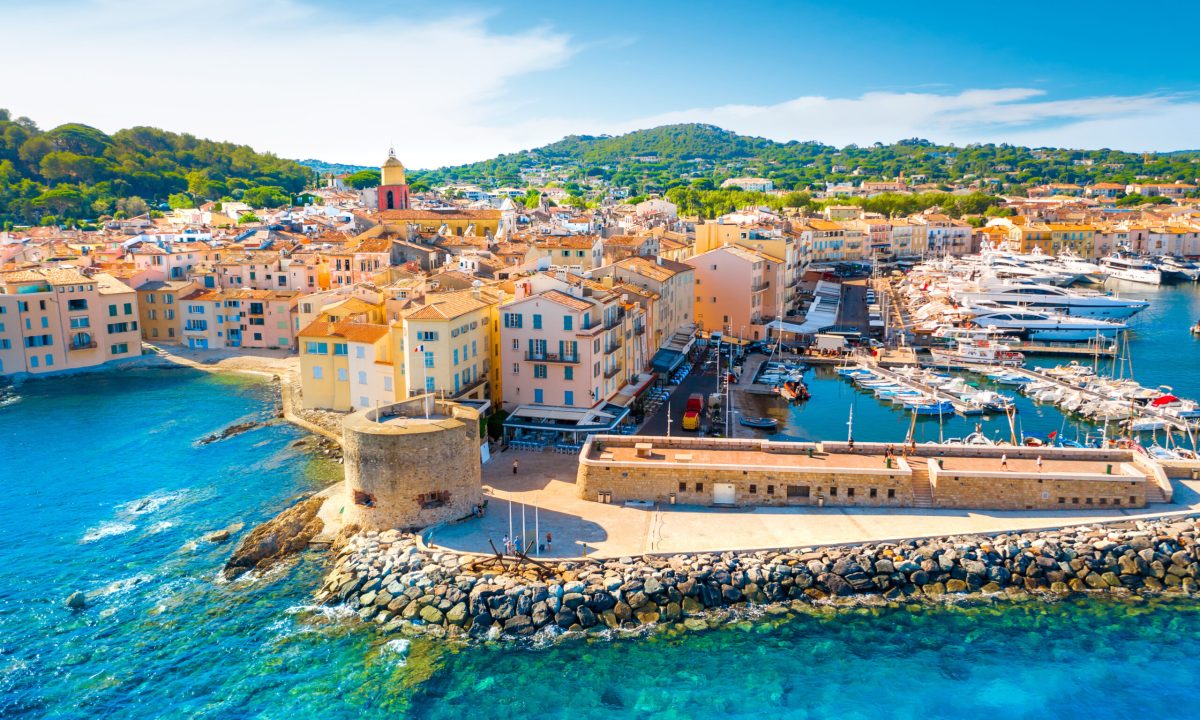
France, renowned for its exquisite cuisine, rich history, and stunning landscapes, is often celebrated as one of the most enchanting destinations on Earth. Whether you seek romantic escapades, cultural exploration, or picturesque countryside, France offers a treasure trove of experiences. Let’s delve into the unique features, must-do activities, and top places to visit in this fascinating country.
France’s allure lies in its blend of historical grandeur, artistic heritage, and diverse natural beauty. From the iconic Eiffel Tower to the lavender fields of Provence, France captivates every traveler.
- Historical Landmarks: Home to iconic sites such as the Eiffel Tower, Notre-Dame Cathedral, and the Palace of Versailles.
- Artistic Heritage: Renowned art museums like the Louvre and Musée d’Orsay, and the legacy of artists like Monet, Renoir, and Van Gogh.
- Exquisite Cuisine: World-famous for its gourmet cuisine, including delicacies like croissants, escargot, foie gras, and a wide variety of cheeses and wines.
- Scenic Landscapes: Diverse landscapes ranging from the rugged coastline of Brittany to the rolling vineyards of Bordeaux and the pristine beaches of the French Riviera.
- Romantic Atmosphere: Often hailed as the “City of Love,” Paris and other regions provide the perfect backdrop for romance.
- Explore Iconic Landmarks: Visit world-renowned sites like the Eiffel Tower, Arc de Triomphe, and Mont Saint-Michel.
- Indulge in French Cuisine: Savor traditional dishes such as coq au vin, ratatouille, and crème brûlée. Partake in a wine-tasting tour in Bordeaux or Burgundy.
- Visit Art Museums: Wander through the Louvre, Musée d’Orsay, and Centre Pompidou to admire masterpieces spanning centuries.
- Relax in French Parks and Gardens: Stroll through the lavish Gardens of Versailles, Jardin des Tuileries, and Monet’s Garden in Giverny.
- Explore the Countryside: Discover the charming villages of Provence, the scenic vineyards of Loire Valley, and the picturesque towns of Alsace.
- Enjoy the French Riviera: Relax on the beautiful beaches of Cannes, Nice, and Saint-Tropez. Explore the glamorous promenades and vibrant nightlife.
- Attend Festivals: Experience events like the Cannes Film Festival, Bastille Day celebrations, and Fête de la Musique.
- Shop in Fashion Capitals: Explore high-end boutiques and designer stores in Paris, particularly along the Champs-Élysées and Rue du Faubourg Saint-Honoré.
- Cruise the Seine River: Enjoy a romantic cruise along the Seine, taking in views of Paris’ illuminated landmarks.
Historical and Cultural Sites
- Paris: The capital city, known for the Eiffel Tower, Notre-Dame Cathedral, and countless museums and galleries. Visit charming neighborhoods like Montmartre and Le Marais.
- Versailles: Home to the opulent Palace of Versailles, a symbol of royal extravagance and a UNESCO World Heritage site.
- Normandy: Visit the D-Day landing beaches, the historic town of Bayeux, and the stunning Mont Saint-Michel.
- Lyon: Renowned for its Renaissance architecture, vibrant culinary scene, and the historic district of Vieux Lyon.
Scenic and Countryside Retreats
- Provence: Famous for its lavender fields, olive groves, and charming villages like Gordes and Roussillon. Explore Avignon and the historic Pope’s Palace.
- Loire Valley: Known as the “Garden of France,” featuring beautiful châteaux like Château de Chambord, Château de Chenonceau, and rolling vineyards.
- Bordeaux: A wine lover’s paradise, offering world-class wineries, stunning architecture, and the vibrant city center.
- Alsace: A picturesque region with charming half-timbered houses, beautiful vineyards, and the enchanting town of Colmar.
Coastal and Beach Destinations
- French Riviera: The glamorous Côte d’Azur, home to luxurious resorts, stunning beaches, and vibrant nightlife in cities like Nice, Cannes, and Saint-Tropez.
- Normandy Coast: Beautiful coastline with historic significance, including the cliffs of Étretat and the picturesque ports of Honfleur.
- Corsica: An island offering breathtaking beaches, rugged mountains, and a blend of French and Italian cultures. Explore towns like Ajaccio and Bonifacio.
Mountain and Natural Wonders
- Chamonix-Mont-Blanc: A renowned alpine town, perfect for skiing, mountaineering, and stunning views of Mont Blanc.
- Pyrenees: A mountain range with beautiful scenery, ideal for hiking, skiing, and exploring charming villages.
- Gorges du Verdon: Known as the “Grand Canyon of Europe,” offering opportunities for hiking, kayaking, and enjoying dramatic landscapes.
- Language: French is the official language. While English is commonly spoken in tourist areas, learning basic French phrases can enhance your experience.
- Currency: The Euro (EUR) is the official currency. Credit and debit cards are widely accepted, but having some cash is useful for smaller transactions and remote areas.
- Transportation: France has an efficient public transportation system, including high-speed trains (TGV). Renting a car is ideal for exploring the countryside.
- Weather: The climate varies; pack accordingly. Summers can be hot, especially in the south, while winters are cold, particularly in the mountains.
- Dining Etiquette: Meals are typically leisurely. Tipping is appreciated but not obligatory, as service charges are often included in the bill.
- Respect Local Customs: French people value politeness and formality. A friendly greeting and use of “bonjour” or “bonsoir” are important.
- Peak Travel Seasons: The best times to visit are during the shoulder seasons (spring and autumn), when the weather is pleasant and attractions are less crowded.
- Advance Bookings: Popular attractions and restaurants can be busy, especially in peak season. Making reservations in advance is recommended.
- Local Markets: Experience authentic French life by visiting local markets like Marché Bastille in Paris or Cours Saleya in Nice.
- Safety: France is generally safe, but stay aware of your surroundings, especially in crowded tourist areas. Keep your belongings secure and follow local advice.
France is a symphony of history, culture, and natural beauty. Each region offers a unique charm, from the romantic streets of Paris to the scenic vineyards of the Loire Valley. Embark on your journey to discover why France is celebrated as one of the most captivating countries in the world.
5. Norway
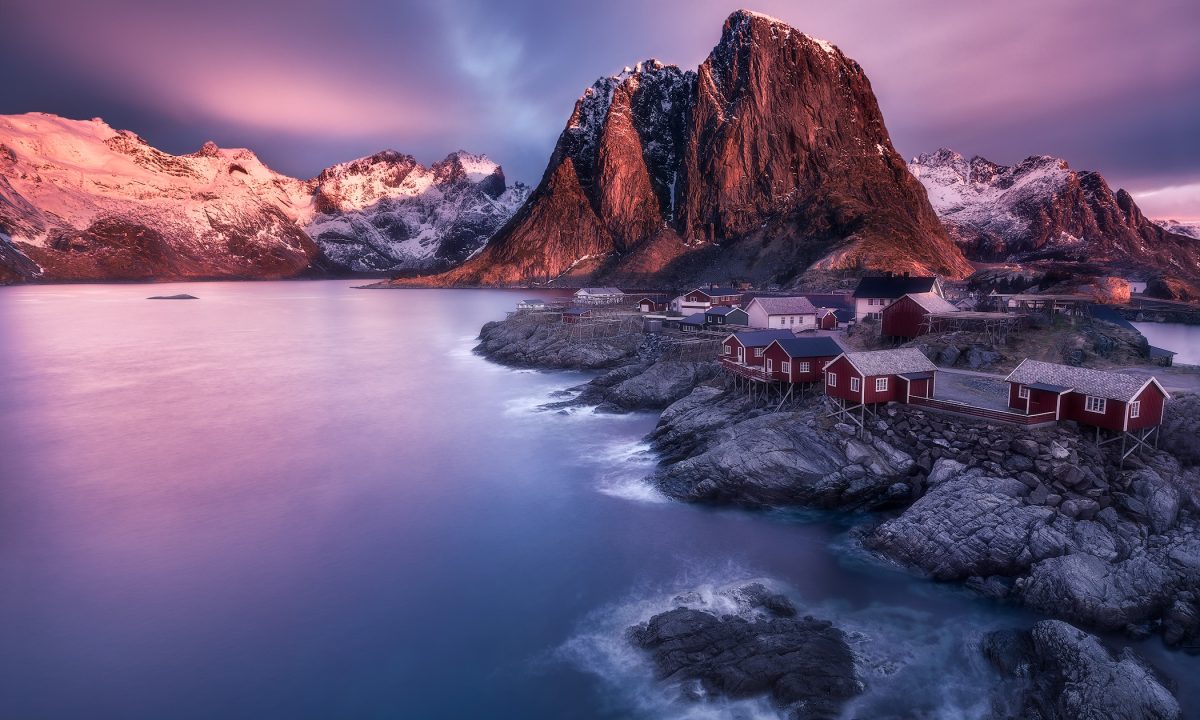
Norway, with its breathtaking fjords, stunning Northern Lights, and rich cultural heritage, stands as one of the most awe-inspiring destinations on Earth. Whether you’re drawn to its dramatic landscapes, charming cities, or outdoor adventures, Norway offers a wealth of unforgettable experiences. Let’s explore the unique features, top activities, and must-visit places in this extraordinary country.
Norway’s allure lies in its stunning natural beauty, from the Arctic wilderness to majestic fjords and enchanting coastal towns. The country is also known for its high quality of life, Viking heritage, and commitment to environmental sustainability.
- Spectacular Fjords: Home to some of the world’s most stunning fjords, including Geirangerfjord and Nærøyfjord, both UNESCO World Heritage Sites.
- Northern Lights: One of the best places on Earth to witness the magical Aurora Borealis.
- Viking Heritage: Rich history and heritage, with numerous museums and historical sites dedicated to the Viking era.
- High Quality of Life: Known for its robust social welfare system, high levels of happiness, and clean cities.
- Natural Wonders: Majestic landscapes, including waterfalls, mountains, and pristine national parks.
- Witness the Northern Lights: Travel to Tromsø, Lofoten Islands, or Svalbard to catch a glimpse of the captivating Aurora Borealis.
- Cruise the Fjords: Take a scenic cruise through Norway’s iconic fjords, such as Geirangerfjord and Sognefjord, and marvel at the dramatic landscapes.
- Explore Viking History: Visit the Viking Ship Museum in Oslo, the Lofotr Viking Museum, and historical sites like Tønsberg.
- Hike in National Parks: Discover the beauty of Jotunheimen, Rondane, and Hardangervidda National Parks, offering scenic trails and abundant wildlife.
- Experience Midnight Sun: Venture to Northern Norway during summer to experience the phenomenon of the Midnight Sun, where the sun never sets.
- City Breaks: Explore the vibrant cities of Oslo, Bergen, and Stavanger, each offering unique cultural attractions, dining, and shopping experiences.
- Winter Sports: Enjoy skiing, snowboarding, and dog sledding in premier destinations like Lillehammer, Trysil, and Hemsedal.
- Visit Traditional Fishing Villages: Wander through picturesque coastal towns like Reine in Lofoten and Henningsvær.
- Kayaking and Canoeing: Paddle through serene fjords, lakes, and rivers for a unique perspective of Norway’s landscapes.
- Attend Festivals: Experience local culture through festivals such as Bergen International Festival, Norway’s Constitution Day, and the Northern Lights Festival.
Iconic Fjords and Natural Wonders
- Geirangerfjord: A UNESCO World Heritage site known for its dramatic landscapes, waterfalls, and serene beauty.
- Nærøyfjord: Another UNESCO-listed fjord, noted for its narrow, steep cliffs and stunning scenery.
- Preikestolen (Pulpit Rock): A famous cliff offering breathtaking views over the Lysefjord.
- Trolltunga: A dramatic rock formation jutting out over Lake Ringedalsvatnet, popular for hiking and stunning vistas.
- Jotunheimen National Park: Known as the “Home of the Giants,” offering incredible hiking trails and Norway’s highest peaks.
Cities and Cultural Hubs
- Oslo: The capital city, home to the Royal Palace, Akershus Fortress, and world-class museums like the Munch Museum and the Viking Ship Museum.
- Bergen: A charming city known for its colorful wooden houses, historic Bryggen Wharf, and proximity to stunning fjords.
- Trondheim: Renowned for its vibrant student population, historic Nidaros Cathedral, and the Old Town Bridge.
- Stavanger: Gateway to the Lysefjord and Preikestolen, with a charming old town and vibrant cultural scene.
Coastal and Scenic Destinations
- Lofoten Islands: An archipelago known for its dramatic landscapes, fishing villages, and stunning beaches.
- Svalbard: An Arctic archipelago offering unique wildlife encounters, including polar bears and Arctic foxes, and the Northern Lights.
- Tromsø: Known as the “Gateway to the Arctic,” famous for its Northern Lights viewing, Arctic Cathedral, and midnight sun.
- Ålesund: A picturesque coastal town renowned for its Art Nouveau architecture and stunning views of surrounding islands and fjords.
Historical and Cultural Sites
- Viking Ship Museum, Oslo: Home to well-preserved Viking ships and artifacts.
- Bryggen, Bergen: A UNESCO World Heritage site showcasing historic Hanseatic buildings.
- Heddal Stave Church: Norway’s largest stave church, an excellent example of traditional wooden architecture.
- Language: Norwegian is the official language, but English is widely spoken. Learning basic Norwegian phrases can be appreciated by locals.
- Currency: The Norwegian Krone (NOK) is the official currency. Credit and debit cards are widely accepted, but having some cash is useful for small transactions.
- Transportation: Norway has an efficient public transportation system, including extensive train and bus networks. Renting a car is ideal for exploring remote areas.
- Weather: Norway’s climate varies; pack accordingly. Winters can be very cold, especially in the north, while summers are mild and pleasant.
- Dining Etiquette: Meals are generally formal affairs. Tipping is not mandatory but appreciated for excellent service.
- Respect Local Customs: Norwegians value their natural environment; practice responsible tourism by minimizing waste, using water responsibly, and adhering to park guidelines.
- Peak Travel Seasons: The best times to visit are during summer (June to August) for mild weather and winter (December to March) for winter sports and the Northern Lights.
- Advance Bookings: Popular attractions, tours, and accommodations can fill up quickly, especially during peak season. Making reservations in advance is recommended.
- Outdoor Safety: Always follow safety guidelines when hiking or engaging in outdoor activities. Check weather conditions and carry necessary gear.
- Wildlife Responsibility: Observe wildlife from a respectful distance and avoid feeding animals. Follow local guidelines to ensure wildlife safety and conservation.
Norway is a land of ethereal beauty, rich history, and vibrant culture. Each region offers unique experiences, from the serene fjords to the vibrant cities. Embark on your journey to discover why Norway is celebrated as one of the most enchanting countries in the world.
6. Iceland
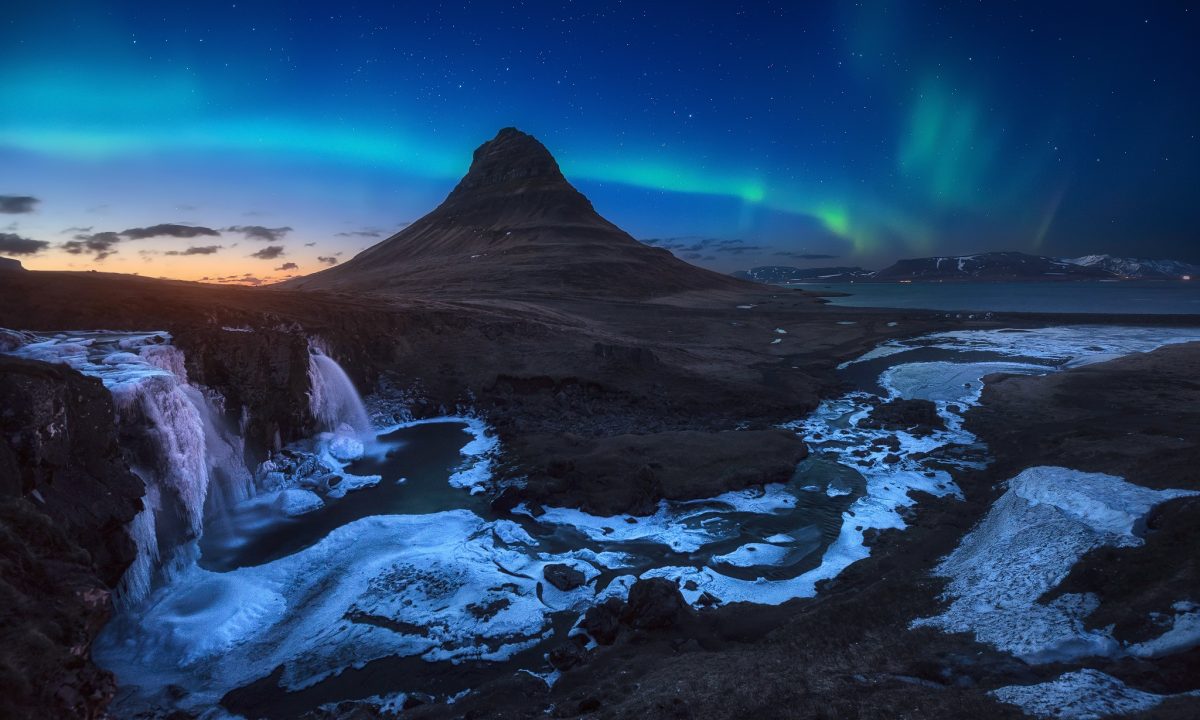
Iceland, renowned for its dramatic landscapes, natural phenomena, and rich Viking heritage, is rightly celebrated as one of the most awe-inspiring destinations on Earth. Whether you seek to witness the Northern Lights, explore volcanic terrains, or relax in geothermal spas, Iceland offers a magical array of experiences. Let’s dive into the unique features, top activities, and must-visit places in this captivating country.
Iceland’s allure lies in its otherworldly landscapes, geothermal energy, and vibrant culture. From towering waterfalls and expansive glaciers to bubbling hot springs, Iceland captivates every visitor.
- Geothermal Wonders: Home to geysers, hot springs, and volcanoes, powered by geothermal energy.
- Spectacular Landscapes: Featuring stunning waterfalls, black sand beaches, and expansive glaciers.
- Northern Lights: One of the best places in the world to witness the Aurora Borealis.
- Viking Heritage: Rich history rooted in Viking exploration and settlement, visible in cultural landmarks and traditions.
- Pristine Wilderness: Vast, untouched natural beauty offering endless outdoor adventures.
- Witness the Northern Lights: Visit during winter to see the spectacular Aurora Borealis lighting up the night sky.
- Explore the Golden Circle: A popular tourist route encompassing Thingvellir National Park, Geysir geothermal area, and Gullfoss waterfall.
- Relax in the Blue Lagoon: Soak in the iconic geothermal spa with its milky-blue waters and therapeutic properties.
- Hike on Glaciers: Experience guided glacier walks on Sólheimajökull or Vatnajökull.
- Discover Waterfalls: Visit majestic waterfalls like Seljalandsfoss, Skógafoss, and Dettifoss.
- Go Whale Watching: Head to Húsavík or Reykjavik for unforgettable whale-watching tours.
- Venture into Ice Caves: Explore enchanting ice caves in Vatnajökull during the winter months.
- Drive the Ring Road: Embark on a scenic road trip circling the island, taking in diverse landscapes and charming towns.
- Visit Black Sand Beaches: Walk along the striking black sand beaches of Reynisfjara and see the basalt sea stacks.
- Experience Reykjavik: Explore the capital city’s vibrant culture, historic sites, and lively nightlife.
Natural Wonders and National Parks
- Thingvellir National Park: A UNESCO World Heritage site where the North American and Eurasian tectonic plates meet.
- Vatnajökull National Park: One of Europe’s largest national parks, home to the Vatnajökull glacier and various stunning ice formations.
- Geysir Geothermal Area: Famous for its spouting hot springs, including the active Strokkur geyser.
- Jökulsárlón Glacier Lagoon: A breathtaking glacial lake filled with floating icebergs, located at the edge of Vatnajökull.
- Dettifoss Waterfall: Europe’s most powerful waterfall, located in the Vatnajökull National Park.
Cities and Towns
- Reykjavik: The capital city, offering cultural attractions, historic sites, and vibrant nightlife. Key highlights include Hallgrímskirkja Church, Harpa Concert Hall, and the National Museum of Iceland.
- Akureyri: The largest town in northern Iceland, known for its botanical garden, scenic fjord, and nearby skiing areas.
- Húsavík: Renowned for whale watching and the charming Húsavík Whale Museum.
- Vík í Mýrdal: A picturesque village known for its black sand beaches and Reynisdrangar sea stacks.
Coastal and Scenic Destinations
- Snæfellsnes Peninsula: Often called “Iceland in Miniature,” featuring diverse landscapes, including Snæfellsjökull volcano.
- Westfjords: A remote region with dramatic fjords, cliffs, and unspoiled natural beauty.
- Eastfjords: Known for its rugged coastline, charming fishing villages, and stunning landscapes.
- South Coast: Home to iconic sites like Seljalandsfoss, Skógafoss, and Reynisfjara.
- Language: Icelandic is the official language, but English is widely spoken. Learning basic Icelandic phrases can be appreciated by locals.
- Currency: The Icelandic Króna (ISK) is the official currency. Credit and debit cards are widely accepted, but having some cash is useful for small transactions in remote areas.
- Transportation: Renting a car is the most convenient way to explore Iceland, especially for venturing beyond Reykjavik. Be mindful of road conditions, especially in winter.
- Weather: Iceland’s weather can be unpredictable. Pack layers and prepare for sudden changes, even in summer.
- Dining Etiquette: Dining in Iceland is relaxed. Tipping is not mandatory but appreciated for excellent service.
- Respect Local Customs: Icelanders value nature and sustainability. Practice responsible tourism by minimizing waste and following park guidelines.
- Peak Travel Seasons: The best time to visit depends on your interests. Summer (June to August) offers long days and access to more remote areas, while winter (November to March) is ideal for the Northern Lights.
- Advance Bookings: Popular attractions, tours, and accommodations can fill up quickly, especially during peak seasons. Booking in advance is recommended.
- Wildlife Responsibility: Observe wildlife from a respectful distance and avoid disturbing animals. Follow local guidelines to ensure wildlife safety and conservation.
- Health and Safety: Iceland is generally safe, but always stay aware of weather conditions and follow local advice for outdoor activities.
Iceland is a land of stark contrasts and natural splendor, offering an unparalleled blend of adventure and tranquility. Each region presents a unique aspect of the country’s ethereal beauty, making it a compelling destination for any traveler. Embark on your journey to uncover why Iceland is celebrated as one of the most astonishing countries in the world.
7. Scotland
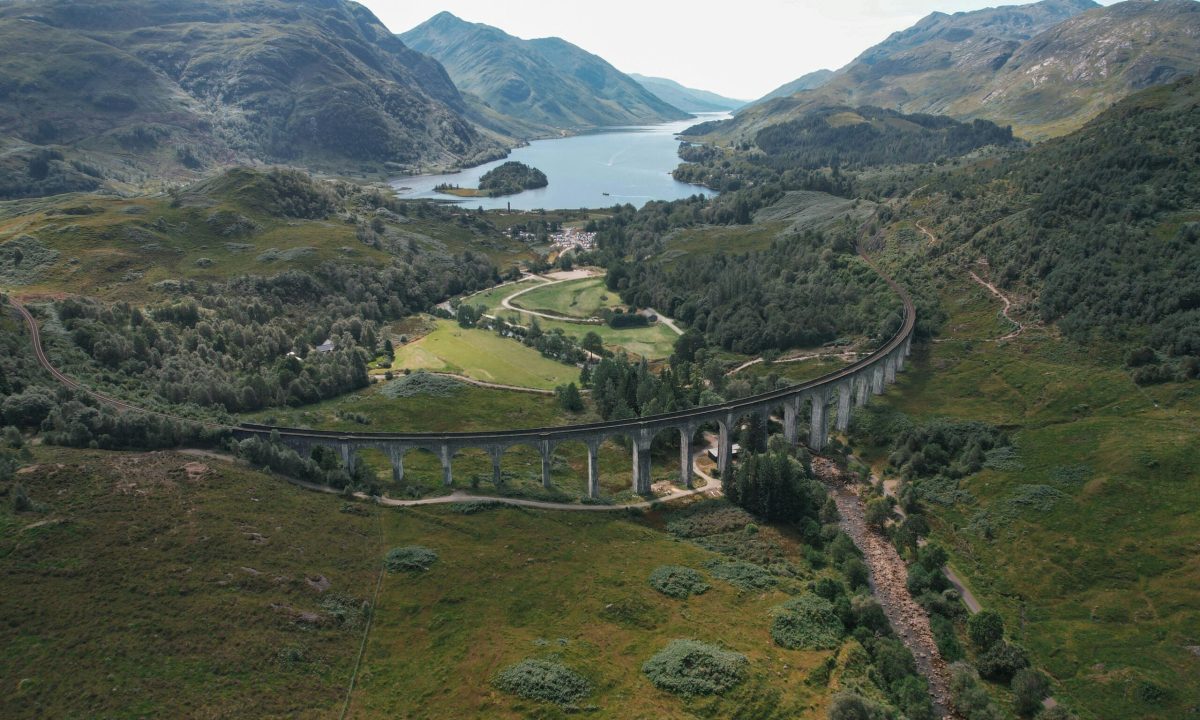
Scotland, known for its rugged landscapes, historic castles, and vibrant culture, stands among the most enchanting destinations on Earth. Whether you seek to explore ancient ruins, hike through majestic highlands, or immerse yourself in rich traditions, Scotland offers a wealth of unforgettable experiences. Let’s explore the unique features, top activities, and must-visit places in this captivating country.
Scotland’s allure lies in its stunning natural beauty, storied history, and lively cultural heritage. From the mystical lochs and towering mountains to bustling cities and serene countryside, Scotland enchants every visitor.
- Dramatic Landscapes: Featuring rugged coastlines, majestic highlands, serene lochs, and rolling hills.
- Historic Castles: Home to hundreds of castles, each with unique historical significance and architectural beauty.
- Rich Cultural Heritage: Famous for its traditional music, dance, kilts, and festivals like the Edinburgh Festival Fringe.
- Mythical Legends: Steeped in myths and legends, including tales of the Loch Ness Monster and the history of the Clans.
- Whisky Tradition: Renowned globally for its whisky, with numerous distilleries offering tours and tastings.
- Explore Edinburgh: Visit iconic landmarks such as Edinburgh Castle, the Royal Mile, and Arthur’s Seat.
- Discover the Scottish Highlands: Experience the stunning scenery, including Glen Coe, Ben Nevis, and the Isle of Skye.
- Tour Historic Castles: Wander through historic castles such as Stirling Castle, Balmoral Castle, and Eilean Donan Castle.
- Sample Scotch Whisky: Take a whisky tour in renowned regions like Speyside, Islay, and the Highlands.
- Cruise the Lochs: Enjoy a boat trip on Loch Ness, Loch Lomond, or Loch Katrine.
- Hike and Walk: Traverse famous trails like the West Highland Way, Great Glen Way, and the Cairngorms.
- Attend Festivals: Experience the Edinburgh Festival Fringe, Royal Edinburgh Military Tattoo, and Hogmanay celebrations.
- Visit Cultural Museums: Explore the National Museum of Scotland, Kelvingrove Art Gallery and Museum, and the Scottish National Gallery.
- Golfing: Play a round of golf at some of the world’s oldest and most prestigious courses, including St Andrews Links.
- Taste Local Cuisine: Savor traditional dishes such as haggis, neeps and tatties, and Scottish seafood.
Historic and Cultural Sites
- Edinburgh: Scotland’s capital, renowned for its historic and cultural attractions, including Edinburgh Castle, the Royal Mile, and Holyrood Palace.
- Glasgow: A vibrant city known for its rich industrial heritage, Victorian and art nouveau architecture, and cultural scene. Key sites include the Kelvingrove Art Gallery, Glasgow Cathedral, and the Riverside Museum.
- Stirling: Famous for its historic castle and the Battle of Bannockburn site, reflecting Scotland’s medieval history.
- Aberdeen: Known as the “Granite City,” featuring a distinctive gray-stone architectural style, beautiful beaches, and a rich cultural heritage.
Natural Wonders and Scenic Landscapes
- Scottish Highlands: A region of ancient landscapes, featuring Ben Nevis, Glen Coe, and the North Coast 500 route.
- Isle of Skye: Famous for its rugged landscapes, picturesque villages, and medieval castles.
- Cairngorms National Park: The largest national park in the UK, offering skiing, hiking, and an array of wildlife.
- Loch Ness: Home to the legendary Loch Ness Monster, offering picturesque views and scenic boat trips.
Coastal and Island Destinations
- Orkney Islands: Rich in archaeological sites and wildlife, including the Neolithic village of Skara Brae and the Ring of Brodgar.
- Shetland Islands: Known for its dramatic cliffs, maritime history, and Viking heritage. Highlights include Jarlshof and the Shetland Museum.
- Outer Hebrides: A chain of islands offering stunning beaches, historic sites, and Gaelic culture. Notable areas include Lewis and Harris.
- Isle of Mull: Offers a mix of mountains, forests, and beaches, with attractions like Duart Castle and the town of Tobermory.
- Language: English is the predominant language, but you’ll hear Scots and Scottish Gaelic in some regions. Learning a few basic phrases in Gaelic can be appreciated in Gaelic-speaking areas.
- Currency: The British Pound (GBP) is the official currency. Credit and debit cards are widely accepted, though carrying some cash is useful for smaller transactions in rural areas.
- Transportation: Renting a car is a convenient way to explore. Trains and buses connect major cities and towns; ferries are essential for visiting the islands.
- Weather: Scotland’s weather is variable. Pack layers and waterproof clothing, regardless of the season. Summers are mild, while winters can be cold, especially in the Highlands.
- Dining Etiquette: Dining in Scotland is casual. Tipping around 10-15% is standard in restaurants.
- Respect Local Customs: Scots value politeness and respect. Remember to be courteous, especially in smaller communities.
- Peak Travel Seasons: Summer (June to August) is peak tourist season, with milder weather and long daylight hours. Spring (April to May) and autumn (September to October) offer pleasant weather with fewer crowds.
- Advance Bookings: Popular attractions, hotels, and restaurants can fill up quickly, especially during peak seasons and festivals. Booking in advance is recommended.
- Wildlife and Nature: Observe wildlife from a respectful distance, and follow local guidelines to ensure safety and conservation.
- Historic Sites: Scotland is rich in history. Purchase passes, like the Historic Scotland Explorer Pass, for access to multiple sites and guided tours.
Scotland is a land of ancient history, stunning landscapes, and vibrant culture. Each region offers a unique charm, from the bustling streets of Edinburgh to the serene beauty of the Scottish Highlands. Embark on your journey to discover why Scotland is celebrated as one of the most beautiful countries in the world.
8. Spain
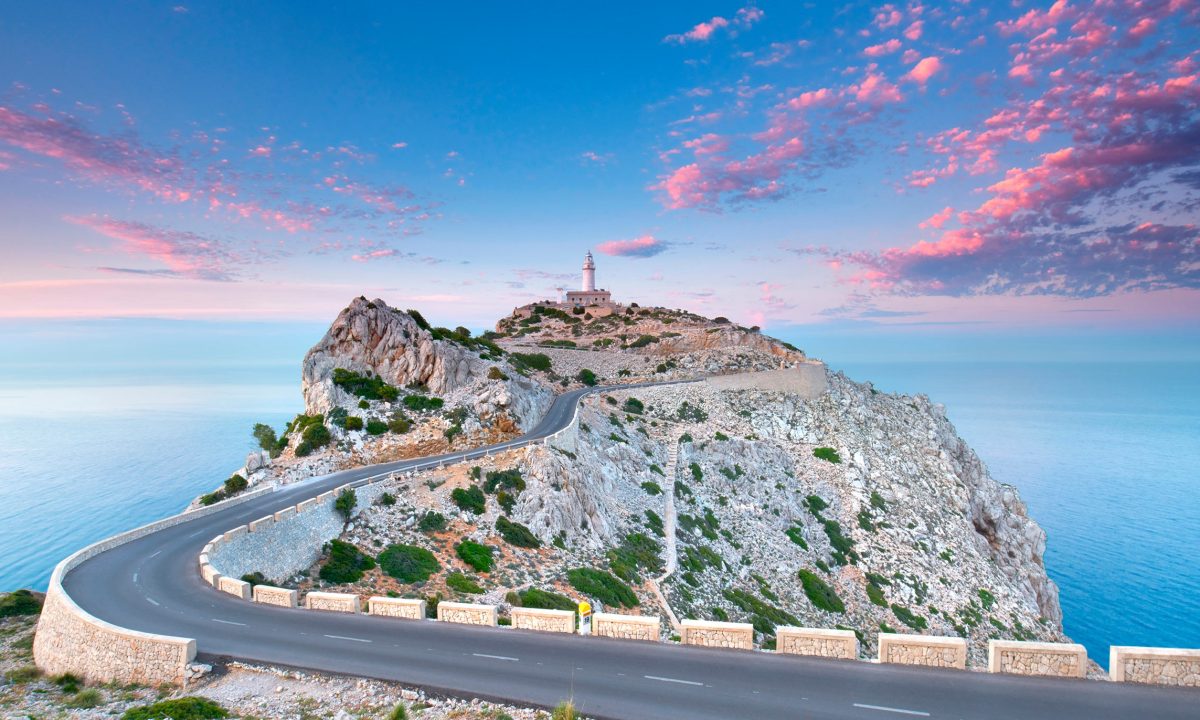
Spain, celebrated for its vibrant culture, stunning architecture, and diverse landscapes, stands as one of the most enchanting destinations to visit on Earth. Whether you seek historical exploration, sun-soaked beaches, or gastronomic delights, Spain offers a wealth of unforgettable experiences. Let’s explore the distinct features, top activities, and must-visit places in this captivating country.
Spain’s allure lies in its rich history, sunny climate, and vibrant cultural traditions. From the flamenco rhythms of Andalusia to the modernist architecture of Barcelona, Spain captivates every traveler.
- Rich History: Home to historic landmarks, from Roman ruins and medieval castles to Moorish palaces and gothic cathedrals.
- Diverse Landscapes: Featuring stunning beaches, lush vineyards, majestic mountains, and arid deserts.
- Cultural Tapestry: Famous for flamenco dance, bullfighting, and numerous festivals like La Tomatina and Running of the Bulls.
- Gastronomic Excellence: Renowned for its flavorful cuisine, including tapas, paella, and a variety of regional specialties.
- Architectural Marvels: Showcasing works from renowned architects like Antoni Gaudí and Santiago Calatrava.
- Explore Historic Landmarks: Wander through the Alhambra in Granada, the Sagrada Familia in Barcelona, and the Great Mosque of Córdoba.
- Enjoy Spanish Cuisine: Savor traditional dishes such as tapas, paella, gazpacho, and churros. Engage in a culinary tour or cooking class.
- Relax on Beaches: Unwind on beautiful beaches like Costa del Sol, Costa Brava, and the Balearic Islands.
- Attend Festivals: Experience lively events such as La Tomatina, San Fermín (Running of the Bulls), and Feria de Abril in Seville.
- Visit Art Museums: Explore renowned institutions like the Prado Museum in Madrid, the Guggenheim Museum in Bilbao, and the Picasso Museum in Málaga.
- Hike and Outdoor Adventures: Discover scenic trails in the Pyrenees, Sierra Nevada, and Picos de Europa.
- Witness Flamenco Performances: Enjoy passionate flamenco shows in Seville, Granada, and Madrid.
- Explore Vibrant Neighborhoods: Wander through the Gothic Quarter in Barcelona, Albaicín in Granada, and Malasaña in Madrid.
- Experience Spanish Nightlife: Enjoy tapas bar hopping and vibrant nightlife in cities like Madrid, Barcelona, and Valencia.
- Cruise the Mediterranean: Take a boat trip along the Mediterranean coast, discovering hidden coves and picturesque villages.
Historical and Cultural Sites
- Madrid: The capital city, known for its royal palace, art museums like Prado and Reina Sofía, and lively plazas.
- Barcelona: Renowned for its modernist architecture by Antoni Gaudí, including La Sagrada Familia, Park Güell, and Casa Batlló.
- Granada: Famous for the stunning Alhambra palace, Generalife gardens, and the historic Albaicín district.
- Seville: Known for its beautiful cathedral, the Alcázar palace, and the lively Feria de Abril festival.
- Córdoba: Home to the mesmerizing Great Mosque (La Mezquita) and charming Jewish Quarter.
Coastal and Beach Destinations
- Costa del Sol: Popular for its sunny beaches, luxurious resorts, and vibrant nightlife in towns like Marbella and Torremolinos.
- Costa Brava: Known for its rugged coastline, crystal-clear waters, and charming villages like Tossa de Mar and Cadaqués.
- Balearic Islands: Comprising Mallorca, Menorca, Ibiza, and Formentera, offering stunning beaches, lively nightlife, and serene getaways.
- Canary Islands: A volcanic archipelago known for its unique landscapes, sunny beaches, and activities like hiking and surfing.
Scenic and Natural Spots
- Pyrenees: A mountain range offering scenic hiking trails, skiing resorts, and charming villages.
- Sierra Nevada: Known for its snow-capped peaks, skiing opportunities, and hiking trails.
- Picos de Europa: A picturesque national park featuring dramatic peaks, lush valleys, and diverse wildlife.
- Albufera Natural Park: A serene wetland near Valencia, famous for its birdwatching and boat tours.
Artistic and Architectural Marvels
- Bilbao: Known for its innovative architecture, including the Guggenheim Museum, and vibrant cultural scene.
- Valencia: A blend of historic and modern attractions, featuring the City of Arts and Sciences and the lively Fallas festival.
- Salamanca: Renowned for its beautiful Plaza Mayor, the University of Salamanca, and stunning sandstone architecture.
- Toledo: A historic city known for its medieval architecture, including the Toledo Cathedral and Alcázar.
- Language: Spanish (Castilian) is the official language. Catalan, Basque, and Galician are also spoken in their respective regions. Learning basic Spanish phrases can enhance your travel experience.
- Currency: The Euro (EUR) is the official currency. Credit and debit cards are widely accepted, but carrying some cash is useful for small transactions, especially in rural areas.
- Transportation: Spain has an extensive and efficient public transportation system, including trains, buses, and domestic flights. Renting a car is convenient for exploring rural areas and coastlines.
- Weather: The climate varies by region. Coastal areas have mild winters and hot summers, while inland areas can experience more extreme temperatures. Pack accordingly.
- Dining Etiquette: Meals are leisurely affairs. Tipping is appreciated but not obligatory. Dinner is typically served late, around 9 pm or later.
- Respect Local Customs: Spaniards value politeness and social customs. Greet people with a handshake or kiss on both cheeks if familiar.
- Peak Travel Seasons: Summer (June to August) is peak tourist season with hot weather and busy beaches. Spring (April to June) and autumn (September to October) offer pleasant weather with fewer crowds.
- Advance Bookings: Popular attractions, accommodations, and restaurants can fill up quickly, especially during peak seasons. Making reservations in advance is recommended.
- Cultural Sensitivity: Respect local traditions, especially in religious sites. Dress modestly when visiting churches and cathedrals.
- Public Holidays: Be aware of Spanish public holidays and festivals, as many businesses may close, and transportation may be affected.
Spain is a land of vibrant culture, stunning architecture, and diverse landscapes. Each region offers a unique charm, from the bustling cities of Madrid and Barcelona to the serene beaches of the Balearic Islands. Embark on your journey to discover why Spain is celebrated as one of the most beautiful places to visit in the world.
9. Austria
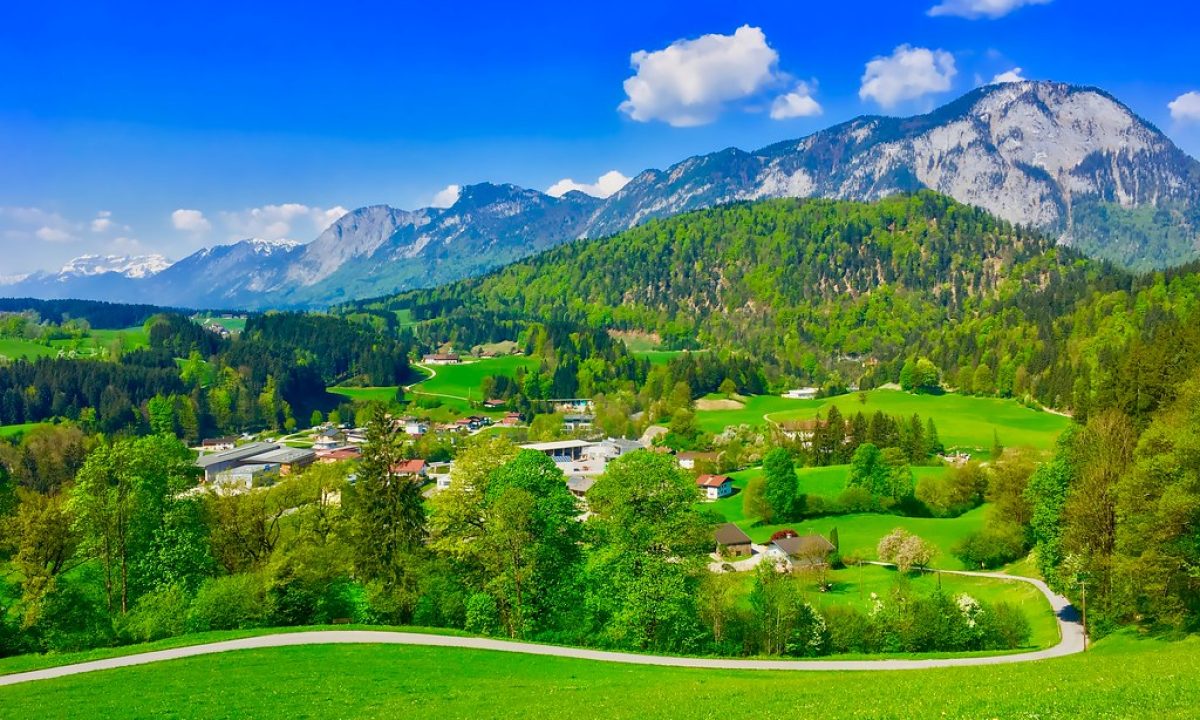
Austria, with its stunning alpine landscapes, rich cultural heritage, and historic architecture, stands as one of the most picturesque destinations to visit on Earth. Whether you seek to explore enchanting castles, ski in the Alps, or immerse yourself in classical music, Austria offers a wealth of unforgettable experiences. Let’s explore the unique features, top activities, and must-visit places in this captivating country.
Austria’s allure lies in its breathtaking scenery, vibrant arts scene, and storied history. From the elegant streets of Vienna to the majestic peaks of the Austrian Alps, Austria captivates every traveler.
- Alpine Beauty: Home to the majestic Austrian Alps, offering unparalleled skiing, hiking, and breathtaking views.
- Rich Cultural Heritage: Renowned for its contributions to music, art, and literature, with a legacy of classical composers like Mozart, Beethoven, and Strauss.
- Historic Architecture: Featuring grand palaces, medieval castles, and charming old-town centers.
- Culinary Delights: Famous for traditional dishes like Wiener Schnitzel, Sachertorte, and Apfelstrudel, as well as its coffeehouse culture.
- World-Class Music and Arts: Hosting renowned music festivals, opera houses, and art galleries.
- Explore Historical Landmarks: Visit grand palaces like Schönbrunn and Hofburg in Vienna, and Hohensalzburg Fortress in Salzburg.
- Experience Classical Music: Attend a concert in Vienna’s Musikverein or an opera at the Vienna State Opera.
- Skiing and Snowboarding: Hit the slopes in world-class ski resorts such as St. Anton, Kitzbühel, and Zell am See.
- Hiking and Outdoor Adventures: Discover scenic trails in the Austrian Alps, such as the Eagle Walk in Tyrol and the Alpe-Adria Trail.
- Relax in Thermal Spas: Enjoy the thermal baths and wellness centers in Bad Gastein and Bad Hofgastein.
- Visit Art Museums: Explore the Kunsthistorisches Museum and Albertina in Vienna, and the Salzburg Museum.
- Indulge in Culinary Experiences: Savor traditional Austrian cuisine at local restaurants and enjoy coffee and pastries in Vienna’s historic coffeehouses.
- Cruise the Danube River: Take a scenic river cruise through the Wachau Valley, known for its picturesque vineyards and historic abbeys.
- Attend Festivals: Experience cultural festivals like the Salzburg Festival, Vienna Film Festival, and the Innsbruck Christmas Market.
Historical and Cultural Sites
- Vienna: The elegant capital city, known for its imperial palaces, grand museums, and rich musical heritage. Key attractions include Schönbrunn Palace, St. Stephen’s Cathedral, and the Belvedere Palace.
- Salzburg: The birthplace of Mozart, famous for its baroque architecture, Hohensalzburg Fortress, and the Sound of Music tour.
- Graz: Known for its well-preserved old town, Schlossberg hill, and unique contemporary architecture like the Kunsthaus Graz.
- Innsbruck: A charming alpine city known for its Golden Roof, Imperial Palace, and proximity to ski resorts.
Alpine and Scenic Destinations
- Hallstatt: A fairy-tale village on the shores of Lake Hallstatt, known for its pristine beauty and ancient salt mines.
- Zell am See: A picturesque lakeside town offering water sports, hiking, and skiing in the nearby mountains.
- Kitzbühel: A world-renowned ski resort with charming medieval streets and luxury amenities.
- Grossglockner High Alpine Road: A scenic drive offering stunning views of Austria’s highest peak, the Grossglockner.
Lakes and Nature Reserves
- Wörthersee: A popular summer destination with crystal-clear waters, ideal for swimming, boating, and relaxation.
- Neusiedler See: Europe’s largest steppe lake, perfect for bird watching, cycling, and water sports.
- National Park Hohe Tauern: Austria’s largest national park, home to diverse wildlife, glaciers, and hiking trails.
- Salzkammergut: Known as the “Austrian Lake District,” featuring scenic lakes, charming towns, and cultural heritage.
Palaces and Castles
- Schönbrunn Palace: A UNESCO World Heritage site and former summer residence of the Habsburgs in Vienna.
- Hofburg Palace: The former imperial palace in Vienna, now home to museums and the Austrian president’s office.
- Hohensalzburg Fortress: One of Europe’s largest and best-preserved medieval castles, overlooking Salzburg.
- Melk Abbey: A magnificent baroque abbey located on a hill overlooking the Danube River in the Wachau Valley.
- Language: German is the official language. While English is widely spoken in tourist areas, learning a few basic German phrases can enhance your travel experience.
- Currency: The Euro (EUR) is the official currency. Credit and debit cards are widely accepted, but carrying some cash is useful for small transactions.
- Transportation: Austria has an efficient public transportation system, including trains, buses, and trams. Renting a car is convenient for exploring rural areas and scenic routes.
- Weather: Austria has a temperate climate. Winters are cold with snowfall in the Alps, while summers are warm. Pack accordingly.
- Dining Etiquette: Austrian cuisine is hearty and flavorful. Tipping is customary, typically around 10% in restaurants.
- Respect Local Customs: Austrians value politeness and formality. Greetings are important, and punctuality is highly regarded.
- Peak Travel Seasons: Winter (December to February) is peak season for skiing, while summer (June to August) is popular for hiking and city tours. Spring (April to May) and autumn (September to October) offer pleasant weather with fewer crowds.
- Advance Bookings: Popular attractions, ski resorts, and cultural events can fill up quickly. Booking in advance is recommended.
- Cultural Sensitivity: Dress modestly when visiting churches and religious sites. Respect local traditions and practices, particularly in rural areas.
- Safety and Health: Austria is generally safe. Carry travel insurance, especially if planning outdoor activities like skiing or hiking. Tap water is safe to drink.
Austria is a land of timeless beauty, cultural richness, and natural splendor. Each region offers a unique charm, from the grandeur of Vienna’s palaces to the tranquil beauty of the Austrian Alps. Embark on your journey to discover why Austria is celebrated as one of the most beautiful countries in the world.
10. Portugal
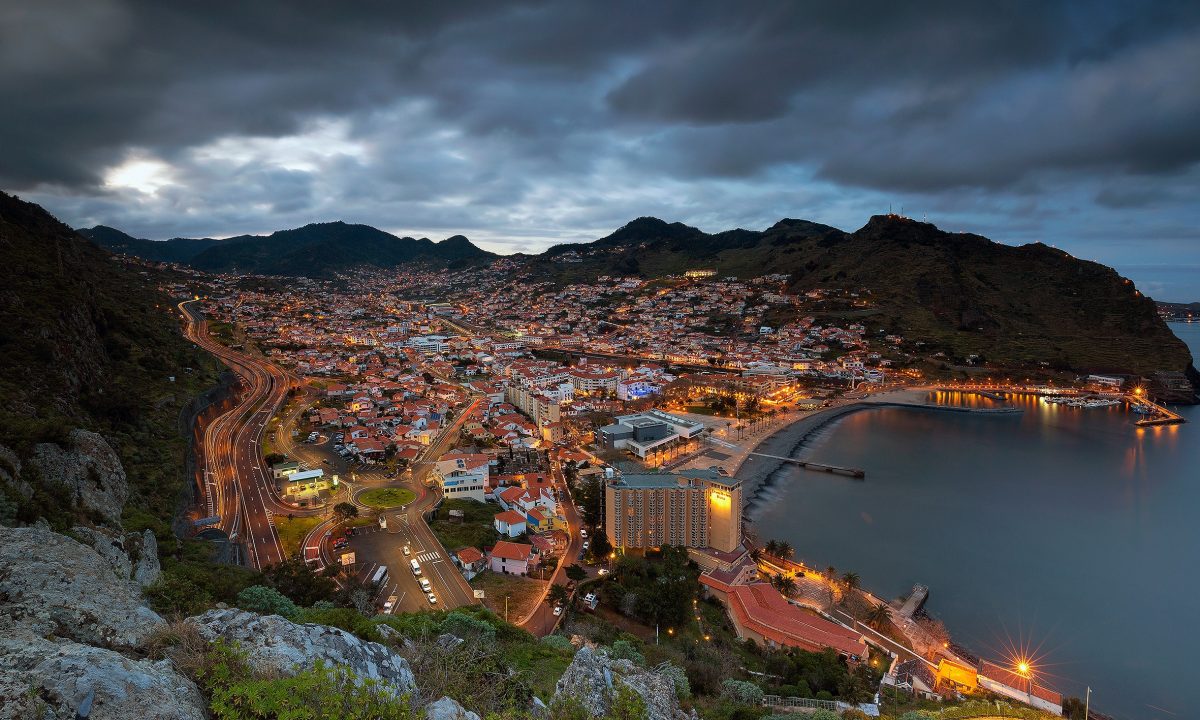
Portugal, renowned for its stunning coastlines, charming cities, and rich cultural heritage, stands as one of the most captivating destinations to visit on Earth. Whether you’re drawn to its picturesque beaches, historic landmarks, or vibrant culinary scene, Portugal offers a wealth of unforgettable experiences. Let’s explore the unique features, top activities, and must-visit places in this enchanting country.
Portugal’s allure lies in its diverse landscapes, historic charm, and vibrant culture. From the UNESCO-listed sites to the sunny shores of the Algarve, Portugal captivates every traveler.
- Diverse Landscapes: Featuring golden beaches, rolling vineyards, lush forests, and the rugged cliffs of the Atlantic coast.
- Rich Cultural Heritage: Home to ancient castles, grand monasteries, and lively festivals showcasing Fado music and Portuguese traditions.
- Culinary Delights: Renowned for its flavorful cuisine, including dishes like bacalhau, pastel de nata, and a variety of seafood.
- Historic Charm: Cities filled with cobblestone streets, colorful tiles (azulejos), and a blend of medieval, Renaissance, and Moorish architecture.
- Warm Climate: Enjoying mild winters and hot summers, perfect for year-round outdoor activities.
- Explore Ancient Castles and Monasteries: Visit the Moorish Castle in Sintra, Jerónimos Monastery in Lisbon, and the Convent of Christ in Tomar.
- Relax on Beautiful Beaches: Unwind on the stunning beaches of Algarve, Cascais, and the Azores.
- Discover Lisbon: Explore the capital with its historic neighborhoods like Alfama and Bairro Alto, iconic landmarks like Belém Tower, and vibrant nightlife.
- Taste Portuguese Cuisine: Savor traditional dishes, local wines, and sweet pastries at local taverns and markets. Don’t miss trying pastel de nata and port wine.
- Venture into Nature: Hike in the Douro Valley, explore Peneda-Gerês National Park, and visit the volcanic landscapes of Madeira.
- Experience Cultural Festivals: Participate in lively events such as Lisbon’s Festa de Santo António, Porto’s São João Festival, and the Madeira Flower Festival.
- Ride the Historic Tram 28: Take a scenic tram ride through Lisbon’s iconic neighborhoods and historic sites.
- Explore Coastal Caves: Discover the stunning Benagil Cave and other coastal formations along the Algarve coast.
- Visit Art and History Museums: Explore the Calouste Gulbenkian Museum in Lisbon, Serralves Museum in Porto, and Carmo Archaeological Museum.
- Enjoy Water Sports: Engage in activities like surfing, windsurfing, and sailing along Portugal’s extensive coastline.
Historical and Cultural Sites
- Lisbon: The vibrant capital boasting historic neighborhoods, the Torre de Belém, Jerónimos Monastery, and the iconic Tram 28.
- Porto: Known for its port wine, the historic Ribeira district, and the stunning Lello Bookstore.
- Sintra: A fairy-tale town featuring colorful palaces, lush gardens, and the Moorish Castle.
- Coimbra: Home to one of the oldest universities in Europe, with an impressive library and historic streets.
Coastal and Beach Destinations
- Algarve: Famous for its golden beaches, dramatic cliffs, and charming coastal towns like Lagos, Albufeira, and Faro.
- Cascais: A picturesque seaside town near Lisbon, known for its beautiful beaches, marina, and historic fortresses.
- Madeira: A lush, volcanic island offering breathtaking landscapes, hiking trails, and the famous Laurisilva Forest.
- Azores: An archipelago known for its stunning natural beauty, including volcanic landscapes, hot springs, and whale watching.
Scenic and Wine Regions
- Douro Valley: Renowned for its terraced vineyards, scenic landscapes, and world-class port wine production.
- Alentejo: Known for its rolling plains, cork oak forests, and historic towns like Évora.
- Serra da Estrela: Home to Portugal’s highest mountain range, offering stunning views, hiking trails, and winter skiing.
Unique Villages and Towns
- Óbidos: A charming medieval town surrounded by a well-preserved castle wall, known for its annual chocolate festival.
- Évora: A UNESCO World Heritage site featuring Roman ruins, medieval churches, and the famous Chapel of Bones.
- Guimarães: Often referred to as the birthplace of Portugal, boasting a well-preserved historic center and Guimarães Castle.
- Monsaraz: A picturesque hilltop village offering panoramic views of the surrounding Alentejo countryside.
- Language: Portuguese is the official language. While English is widely spoken in tourist areas, learning a few basic Portuguese phrases can enhance your travel experience.
- Currency: The Euro (EUR) is the official currency. Credit and debit cards are widely accepted, but carrying some cash is useful for small transactions, especially in rural areas.
- Transportation: Portugal has an efficient public transportation system, including trains, buses, and trams. Renting a car is convenient for exploring rural areas and the coastline.
- Weather: Portugal enjoys a Mediterranean climate. Summers are hot and dry, while winters are mild and wetter in the north. Pack accordingly.
- Dining Etiquette: Portuguese cuisine is flavorful and diverse. Tipping is appreciated but not obligatory, typically around 10% in restaurants.
- Respect Local Customs: Portuguese people value politeness and friendliness. Greet people with a handshake or a kiss on both cheeks if familiar.
- Peak Travel Seasons: Summer (June to August) is peak tourist season with hot weather and crowded beaches. Spring (April to June) and autumn (September to October) offer pleasant weather with fewer crowds.
- Advance Bookings: Popular attractions, accommodations, and restaurants can fill up quickly, especially during summer and festivals. Booking in advance is recommended.
- Public Holidays: Be aware of Portuguese public holidays and festivals, as many businesses may close, and transportation may be affected.
- Safety: Portugal is generally safe, but stay aware of your surroundings, especially in crowded tourist areas. Keep your belongings secure and follow local advice.
Portugal is a land of stunning beauty, rich culture, and warm hospitality. Each region offers unique experiences, from the vibrant streets of Lisbon to the tranquil vineyards of the Douro Valley. Embark on your journey to discover why Portugal is celebrated as one of the most beautiful places to visit in the world.
11. Ireland
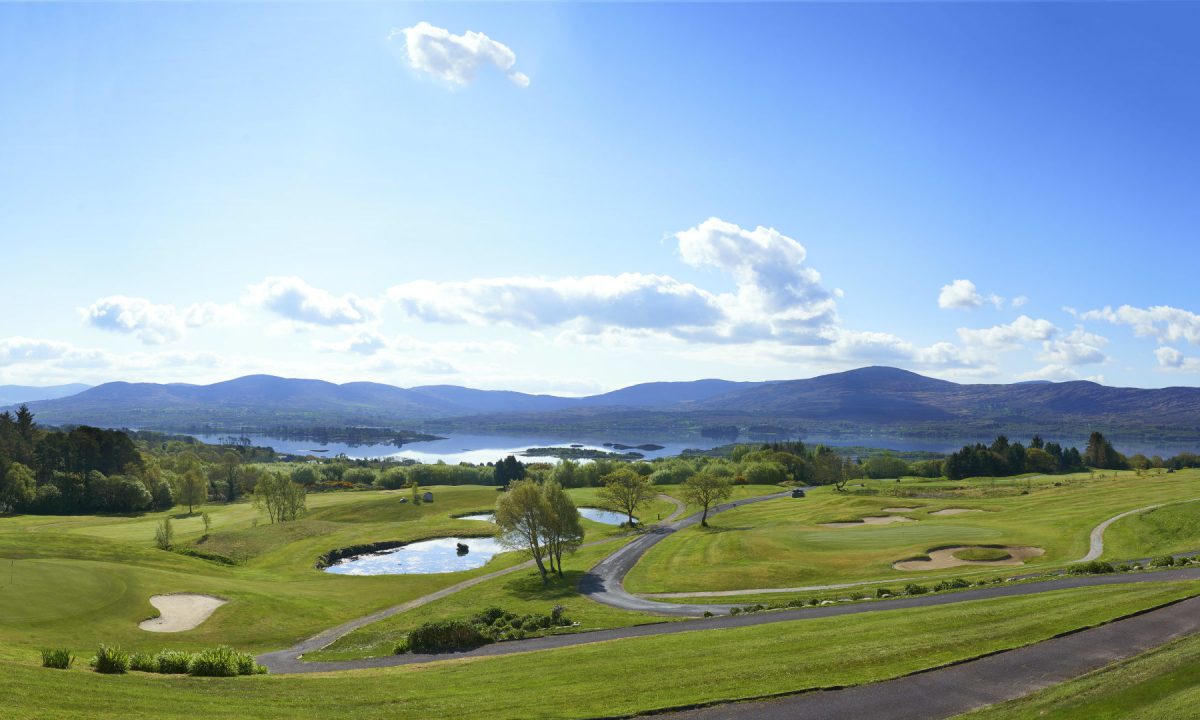
Ireland, with its lush landscapes, rich history, and vibrant culture, stands as one of the most enchanting destinations to visit on Earth. Whether you’re drawn to its rugged cliffs, ancient castles, or lively pubs, Ireland offers a wealth of unforgettable experiences. Let’s explore the unique features, top activities, and must-visit places in this captivating country.
Ireland’s allure lies in its stunning natural beauty, historical landmarks, and warm hospitality. From the dramatic cliffs of Moher to the cobblestone streets of Dublin, Ireland captivates every traveler.
- Breathtaking Landscapes: Featuring rolling green hills, rugged coastlines, serene lakes, and picturesque countryside.
- Rich Cultural Heritage: Home to ancient castles, historic sites, and vibrant traditions in music, dance, and storytelling.
- Friendly Locals: Known for the warmth and hospitality of its people, often referred to as “the land of a thousand welcomes.”
- Celtic History and Mythology: Rich in Celtic traditions, myths, and legends, reflected in the country’s sites and festivals.
- Gastronomic Delights: Renowned for its hearty cuisine, including traditional dishes like Irish stew, soda bread, and fresh seafood.
- Explore Ancient Castles and Ruins: Visit iconic castles such as Blarney Castle, Kilkenny Castle, and the Rock of Cashel.
- Experience Irish Pubs: Enjoy live traditional music, local beers, and the lively atmosphere in pubs across the country, especially in Dublin, Galway, and Cork.
- Hike Scenic Trails: Discover the beauty of Ireland on trails like the Wicklow Way, Ring of Kerry, and Connemara National Park.
- Drive the Wild Atlantic Way: Take a scenic road trip along Ireland’s west coast, featuring breathtaking landscapes and charming coastal towns.
- Visit Historic Sites: Explore the ancient monastic site of Glendalough, the prehistoric monuments of Newgrange, and the Cliffs of Moher.
- Attend Festivals: Participate in vibrant festivals such as St. Patrick’s Day, Galway International Arts Festival, and the Cork Jazz Festival.
- Discover Dublin: Wander through Trinity College and see the Book of Kells, visit Dublin Castle, and enjoy the cultural quarter of Temple Bar.
- Cruise on Scenic Lakes: Take boat tours on the lakes of Killarney, Lough Corrib, and Lough Ree for stunning views and tranquil experiences.
- Explore Coastal Villages: Visit picturesque villages like Dingle, Clifden, and Kinsale for their colorful houses, artisanal shops, and delightful cuisine.
- Golf on World-Class Courses: Play a round of golf at renowned courses like Ballybunion, Lahinch, and Portmarnock.
Historical and Cultural Sites
- Dublin: The vibrant capital city known for its literary history, lively pubs, and historic landmarks. Key attractions include Trinity College, Dublin Castle, St. Patrick’s Cathedral, and the Guinness Storehouse.
- Kilkenny: A medieval town famous for Kilkenny Castle, St. Canice’s Cathedral, and its vibrant arts scene.
- Galway: Known for its bohemian atmosphere, colorful streets, and lively festivals. Don’t miss the Spanish Arch and Eyre Square.
- Cork: A vibrant city on the River Lee, known for its food markets, historic sites, and lively arts scene. Key attractions include the English Market and Blarney Castle.
Natural Wonders and Scenic Trails
- Cliffs of Moher: Iconic sea cliffs offering dramatic views over the Atlantic Ocean.
- Ring of Kerry: A scenic driving route around the Iveragh Peninsula, featuring stunning coastal and mountain landscapes.
- Wicklow Mountains: Known as the “Garden of Ireland,” offering beautiful scenery, hiking trails, and the monastic site of Glendalough.
- Connemara: A picturesque region with rugged coastlines, mountains, and traditional Irish villages.
Coastal and Countryside Destinations
- Dingle Peninsula: Famous for its stunning landscapes, charming villages, and rich cultural heritage.
- Aran Islands: A group of three islands known for their preserved Irish culture, ancient forts, and scenic beauty.
- Giant’s Causeway: A UNESCO World Heritage site in Northern Ireland, featuring unique hexagonal basalt columns formed by volcanic activity.
- Killarney: Famous for its national park, beautiful lakes, and Ross Castle. Ideal for hiking, kayaking, and horse-drawn carriage rides.
Unique Villages and Off-the-Beaten-Path
- Westport: A charming town with Georgian architecture, vibrant nightlife, and proximity to Croagh Patrick.
- Kinsale: A coastal town known for its gourmet restaurants, historic forts, and colorful streets.
- Dungarvan: A picturesque harbor town offering beautiful coastal walks, historic sites, and excellent seafood.
- Castlecomer: A small town with a rich history, outdoor adventure park, and scenic coal mining heritage.
- Language: English is the predominant language, but Irish (Gaelic) is also widely spoken, particularly in the Gaeltacht regions. Learning a few basic Irish phrases can enhance your travel experience.
- Currency: The Euro (EUR) is the official currency in the Republic of Ireland. Northern Ireland uses the British Pound (GBP). Credit and debit cards are widely accepted, but carrying some cash is useful for small transactions.
- Transportation: Ireland has an efficient public transportation system, including trains and buses. Renting a car is convenient for exploring rural areas and scenic routes.
- Weather: Ireland’s weather can be unpredictable. Pack layers and waterproof clothing, even in summer.
- Dining Etiquette: Irish cuisine is hearty and flavorful. Tipping is appreciated but not obligatory, typically around 10% in restaurants.
- Respect Local Customs: The Irish value politeness and friendliness. Greet people with a smile, and be sure to enjoy a chat in the local pub.
- Peak Travel Seasons: Summer (June to August) is peak tourist season with mild weather and busy attractions. Spring (April to June) and autumn (September to October) offer pleasant weather with fewer crowds.
- Advance Bookings: Popular accommodations, tours, and festivals can fill up quickly, especially during peak seasons. Booking in advance is recommended.
- Cultural Sensitivity: Respect local traditions and practices. Be mindful when visiting religious sites and historical landmarks.
- Safety and Security: Ireland is generally safe, but always stay aware of your surroundings, especially in crowded tourist areas. Keep your belongings secure and follow local advice.
Ireland is a land of stunning beauty, rich history, and warm hospitality. Each region offers unique experiences, from the lively streets of Dublin to the serene landscapes of Connemara. Embark on your journey to discover why Ireland is celebrated as one of the most beautiful places to visit in the world.
12. Croatia
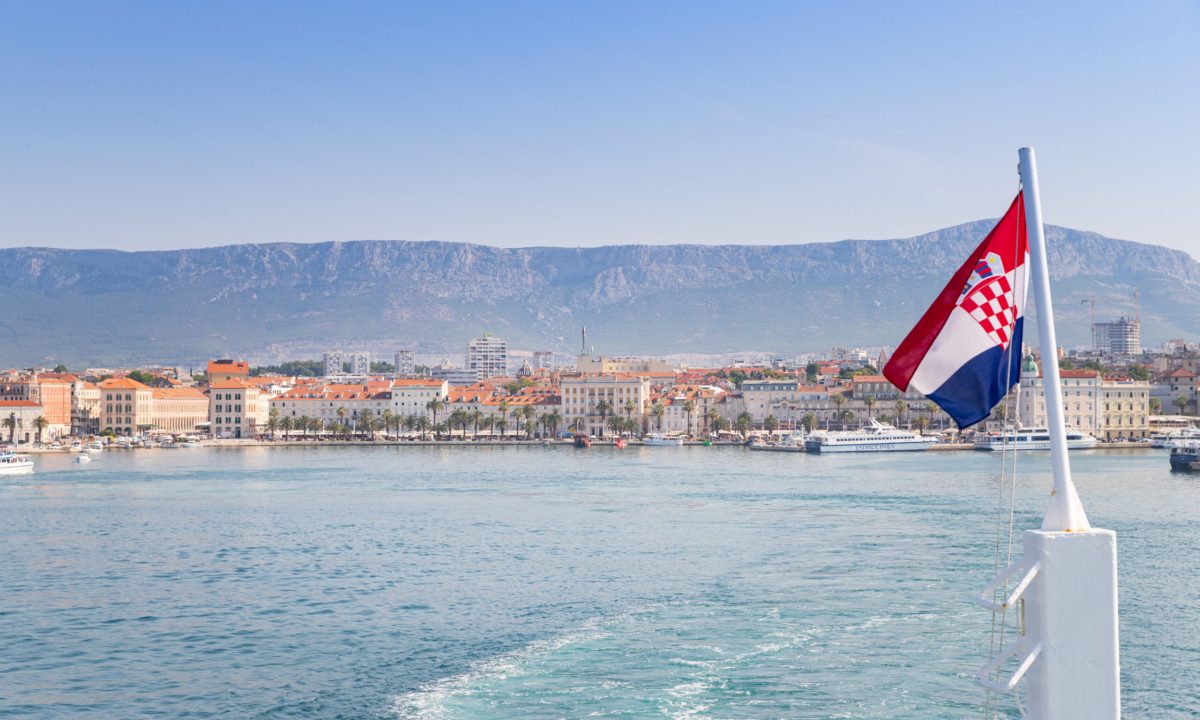
Croatia, with its breathtaking coastline, historic towns, and crystal-clear waters, is often celebrated as one of the most captivating destinations to visit on Earth. Whether you’re drawn to its picturesque islands, ancient ruins, or vibrant culture, Croatia offers a wealth of unforgettable experiences. Let’s explore the unique features, top activities, and must-visit places in this enchanting country.
Croatia’s allure lies in its stunning natural beauty, rich history, and vibrant coastal culture. From the ancient walls of Dubrovnik to the pristine beaches of the Adriatic, Croatia captivates every traveler.
- Dazzling Coastline: Featuring over a thousand islands and a rugged mainland coast along the Adriatic Sea.
- Historic Charm: Home to ancient Roman ruins, medieval walled cities, and UNESCO World Heritage Sites.
- Vibrant Culture: A blend of Mediterranean, Central European, and Balkan influences in music, food, and festivals.
- Natural Beauty: Boasting spectacular national parks, crystal-clear lakes, and striking waterfalls.
- Culinary Delights: Renowned for its fresh seafood, truffles, olive oil, and wines.
- Explore Ancient Cities: Wander through the historic streets of Dubrovnik’s Old Town, Diocletian’s Palace in Split, and the Roman amphitheater in Pula.
- Relax on Beautiful Beaches: Enjoy the stunning beaches of Hvar, Brač, and Korčula.
- Sail the Adriatic Sea: Charter a boat or join a sailing tour to explore the picturesque islands and hidden bays.
- Visit National Parks: Discover the natural wonders of Plitvice Lakes, Krka, and Mljet National Parks.
- Experience Croatian Cuisine: Savor traditional dishes like peka, black risotto, and fresh seafood in local konobas (taverns).
- Attend Festivals: Experience lively events like the Dubrovnik Summer Festival, Split’s Ultra Europe, and the Motovun Film Festival.
- Hike Scenic Trails: Trek the diverse landscapes in Paklenica National Park, the Velebit Mountains, and the Istrian Peninsula.
- Dive and Snorkel: Explore underwater caves, shipwrecks, and vibrant marine life along the coast.
- Taste Local Wines: Visit vineyards in regions like Istria, Dalmatia, and Slavonia to sample Croatian wines.
- Discover Historical Sites: Explore castles, fortresses, and ancient ruins scattered across the country.
Historical and Cultural Sites
- Dubrovnik: Known as the “Pearl of the Adriatic,” featuring a well-preserved medieval Old Town, city walls, and historic buildings. Key attractions include the Rector’s Palace, Sponza Palace, and Stradun.
- Split: Home to Diocletian’s Palace, a UNESCO World Heritage site, and a vibrant waterfront promenade known as the Riva.
- Zadar: Famous for its Roman and Venetian ruins, the Sea Organ, and the Sun Salutation.
- Pula: Known for its impressive Roman amphitheater, ancient temples, and historical sites.
- Zagreb: The capital city, offering rich cultural heritage, museums, galleries, and a bustling street life.
Coastal and Island Destinations
- Hvar: A popular island destination known for its beautiful beaches, lavender fields, and vibrant nightlife.
- Brač: Home to the famous Zlatni Rat beach and charming villages like Supetar.
- Korčula: Known for its medieval architecture, olive groves, and vineyards.
- Vis: A tranquil island featuring secluded beaches, the Blue Cave, and traditional Croatian cuisine.
- Mljet: An island national park known for its unspoiled natural beauty, saltwater lakes, and lush forests.
Natural Wonders and National Parks
- Plitvice Lakes National Park: A UNESCO World Heritage site famous for its cascading lakes, waterfalls, and hiking trails.
- Krka National Park: Renowned for its stunning waterfalls, scenic rivers, and historic monasteries.
- Paklenica National Park: A haven for hikers and climbers, featuring dramatic canyons, caves, and diverse flora and fauna.
- Mljet National Park: Boasting two saltwater lakes, lush forests, and ancient ruins.
Unique Villages and Off-the-Beaten-Path
- Rovinj: A charming coastal town in Istria, known for its colorful buildings, narrow streets, and vibrant arts scene.
- Motovun: A hilltop town famous for its medieval architecture, truffle hunting, and film festival.
- Trogir: A UNESCO World Heritage town with well-preserved medieval buildings, churches, and narrow alleyways.
- Ston: Known for its ancient walls, salt pans, and delicious oysters.
- Language: Croatian is the official language. While English is widely spoken in tourist areas, learning a few basic Croatian phrases can enhance your travel experience.
- Currency: The Croatian Kuna (HRK) is the official currency. Credit and debit cards are widely accepted, but carrying some cash is useful for small transactions, especially on the islands.
- Transportation: Croatia has an efficient public transportation system, including buses and ferries. Renting a car or boat is convenient for exploring rural areas and islands.
- Weather: Croatia enjoys a Mediterranean climate along the coast. Summers are hot and dry, while winters are mild and wetter. Pack accordingly.
- Dining Etiquette: Croatian cuisine is diverse and flavorful. Tipping is appreciated but not obligatory, typically around 10% in restaurants.
- Respect Local Customs: Croatians value politeness and hospitality. Greet people with a smile, and respect local traditions and practices.
- Peak Travel Seasons: Summer (June to August) is peak tourist season with hot weather and busy beaches. Spring (April to June) and autumn (September to October) offer pleasant weather with fewer crowds.
- Advance Bookings: Popular accommodations, tours, and festivals can fill up quickly, especially during peak seasons. Booking in advance is recommended.
- Safety and Security: Croatia is generally safe, but stay aware of your surroundings, especially in crowded tourist areas. Keep your belongings secure and follow local advice.
- Public Holidays: Be aware of Croatian public holidays and festivals, as many businesses may close, and transportation may be affected.
Croatia is a land of stunning beauty, rich history, and warm hospitality. Each region offers unique experiences, from the lively streets of Dubrovnik to the serene landscapes of Plitvice Lakes. Embark on your journey to discover why Croatia is celebrated as one of the most beautiful places to visit in the world.
13. Finland
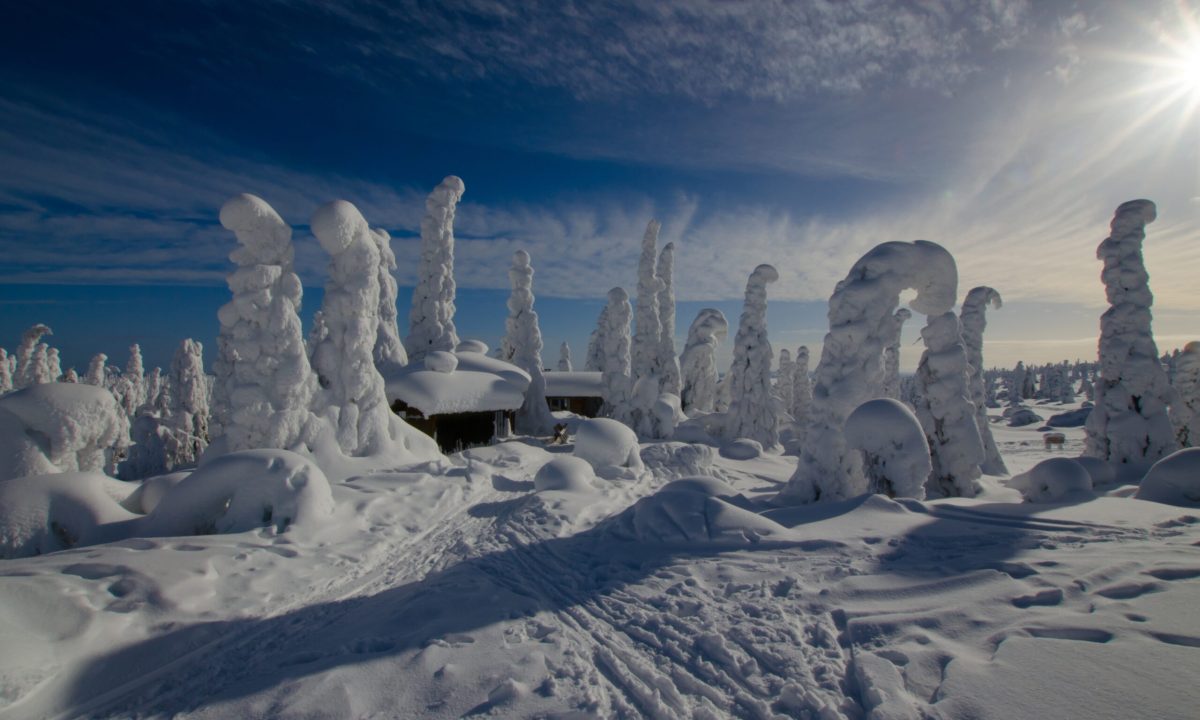
Finland, with its stunning natural landscapes, vibrant culture, and unique seasonal experiences, stands as one of the most captivating destinations to visit on Earth. Whether you’re drawn to its serene lakes, magical Northern Lights, or bustling cities, Finland offers a wealth of unforgettable experiences. Let’s explore the unique features, top activities, and must-visit places in this enchanting country.
Finland’s allure lies in its breathtaking natural beauty, rich cultural heritage, and seasonal wonders. From the tranquil forests of Lapland to the bustling streets of Helsinki, Finland captivates every traveler.
- Diverse Landscapes: Featuring vast forests, serene lakes, rugged coastlines, and the mystical Arctic tundra.
- Unique Seasonal Experiences: Enjoy midnight sun in summer and spectacular Northern Lights in winter.
- Rich Cultural Heritage: Home to a vibrant blend of ancient Sami traditions, modern Finnish design, and a robust sauna culture.
- Adventure and Outdoor Activities: Offering activities such as hiking, skiing, snowboarding, and ice fishing.
- Warm Hospitality: Known for the friendliness and welcoming nature of its people, making visitors feel at home.
- Witness the Northern Lights: Head to Finnish Lapland to catch the mesmerizing Aurora Borealis in the winter months.
- Explore Helsinki: Discover the capital’s key attractions, including the Helsinki Cathedral, Suomenlinna Fortress, Market Square, and the Design District.
- Experience Finnish Saunas: Relax and rejuvenate in traditional Finnish saunas, found across the country.
- Visit Santa Claus Village: Meet Santa Claus in his hometown of Rovaniemi in the heart of Finnish Lapland.
- Hike and Camp in National Parks: Explore scenic trails and camp in beautiful national parks like Nuuksio, Koli, and Oulanka.
- Enjoy Winter Sports: Ski, snowboard, or snowshoe in popular resorts like Levi, Ylläs, and Ruka.
- Cruise the Archipelago Sea: Take a boat tour through the world’s largest archipelago, enjoying stunning sea views and quaint island villages.
- Experience the Midnight Sun: Travel to northern Finland during summer to experience the phenomenon where the sun does not set.
- Visit Traditional Markets: Explore Helsinki’s Market Square, Tampere’s Market Hall, and other local markets for Finnish delicacies and crafts.
- Engage in Ice Swimming: For the brave, try the traditional Finnish activity of ice swimming, followed by a warming sauna session.
Historical and Cultural Sites
- Helsinki: The vibrant capital known for its modern design, historic architecture, and cultural attractions. Key sites include the Helsinki Cathedral, Temppeliaukio Church, and the National Museum of Finland.
- Turku: Finland’s oldest city, offering rich history and cultural sites like Turku Castle, the Turku Archipelago, and the Turku Cathedral.
- Porvoo: A picturesque town known for its well-preserved wooden buildings, cobblestone streets, and beautiful riverside setting.
- Savonlinna: Famous for the medieval Olavinlinna Castle and the annual Savonlinna Opera Festival.
Natural Wonders and Scenic Destinations
- Lapland: The northernmost region, renowned for its Arctic landscapes, reindeer herding, and opportunities to see the Northern Lights. Includes towns like Rovaniemi, Inari, and Kemijärvi.
- Lake District: Known for its serene lakes, forests, and outdoor activities. Key destinations include Lake Saimaa, Punkaharju, and the town of Joensuu.
- Archipelago Sea: Featuring thousands of islands and islets, perfect for boating, fishing, and exploring picturesque villages.
- Nuuksio National Park: A natural haven near Helsinki, ideal for hiking, camping, and wildlife watching.
Coastal and Beach Destinations
- Åland Islands: An autonomous archipelago between Sweden and Finland, known for its idyllic landscapes, maritime culture, and cycling paths.
- Hanko: A coastal town famous for its sandy beaches, vibrant summer festivals, and historic wooden villas.
- Rauma: A UNESCO World Heritage site with charming wooden architecture and a beautiful archipelago.
Unique Villages and Nature Spots
- Rovaniemi: The capital of Finnish Lapland and the official hometown of Santa Claus, offering unique Arctic experiences and attractions like Arktikum and Santa Claus Village.
- Koli National Park: Known for its iconic landscapes, hiking trails, and breathtaking views of Lake Pielinen.
- Inari: A cultural center for the Sámi people, offering insights into Sámi traditions and the beautiful Inari Lake.
- Kuusamo: A gateway to outdoor adventures, including hiking in Oulanka National Park and skiing in Ruka.
- Language: Finnish and Swedish are the official languages. While English is widely spoken, especially in tourist areas, learning a few basic Finnish phrases can enhance your travel experience.
- Currency: The Euro (EUR) is the official currency. Credit and debit cards are widely accepted, but carrying some cash is useful for small transactions.
- Transportation: Finland has an extensive public transportation system, including trains, buses, and ferries. Renting a car is convenient for exploring rural and remote areas.
- Weather: Finland has a cold temperate climate with distinct seasons. Pack accordingly, especially for winter and late autumn when temperatures can drop significantly.
- Dining Etiquette: Finnish cuisine is hearty and diverse. Tipping is appreciated but not obligatory, typically around 10% in restaurants.
- Respect Local Customs: Finns value politeness and personal space. Greet people with a firm handshake or a nod, and respect local traditions and practices.
- Peak Travel Seasons: The best time to visit Finland depends on your interests. Summer (June to August) offers mild weather and long daylight hours, while winter (November to March) is ideal for viewing the Northern Lights and winter sports.
- Advance Bookings: Popular accommodations, tours, and activities can fill up quickly, especially during peak seasons. Booking in advance is recommended.
- Health and Safety: Finland is generally safe and has excellent healthcare facilities. Drink bottled or tap water, as it is safe and clean.
- Cultural Sensitivity: Respect local traditions and cultural norms. Avoid political discussions and show respect for Sámi culture and heritage.
Finland is a land of serene beauty, rich culture, and seasonal wonders. Each region offers unique experiences, from the bustling streets of Helsinki to the tranquil landscapes of Lapland. Embark on your journey to discover why Finland is celebrated as one of the most beautiful places to visit in the world.
14. Slovenia
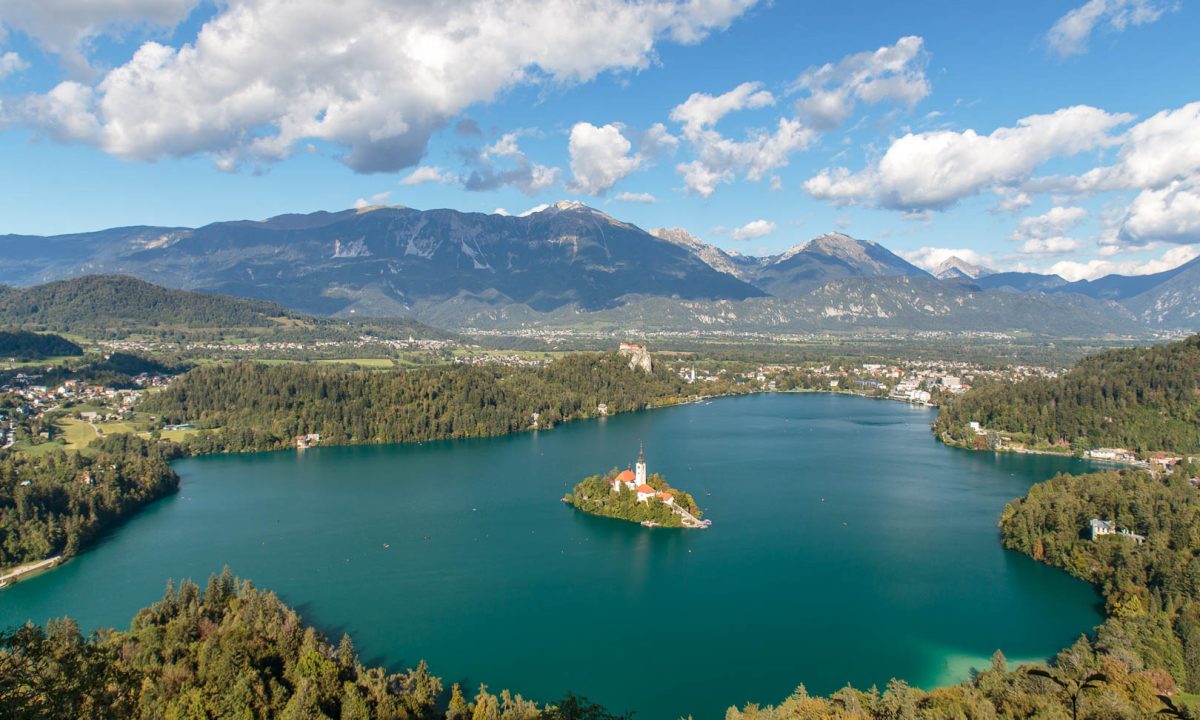
Slovenia, with its breathtaking landscapes, rich history, and vibrant culture, stands as one of the most enchanting destinations to visit on Earth. Whether you’re drawn to its pristine lakes, medieval castles, or charming cities, Slovenia offers a wealth of unforgettable experiences. Let’s explore the unique features, top activities, and must-visit places in this captivating country.
Slovenia’s allure lies in its stunning natural beauty, historical richness, and vibrant culture. From the majestic peaks of the Julian Alps to the crystal-clear waters of Lake Bled, Slovenia captivates every traveler.
- Diverse Landscapes: Featuring picturesque lakes, alpine mountains, lush forests, and dramatic coastline.
- Rich Cultural Heritage: A blend of Slavic, Germanic, and Italian influences reflected in its architecture, cuisine, and traditions.
- Charming Cities: Known for its vibrant cities like Ljubljana and Maribor, offering a mix of historic charm and modern attractions.
- Adventure and Outdoor Activities: Offering activities such as hiking, skiing, cycling, and kayaking.
- Culinary Delights: Renowned for its fresh and flavorful cuisine, including dishes like potica, štruklji, and gibanica.
- Explore Lake Bled: Discover this iconic lake with its fairy-tale island and medieval castle. Enjoy boating, hiking, and tasting the famous Bled cream cake.
- Visit Ljubljana: Stroll through the charming capital city, visiting Ljubljana Castle, Prešeren Square, and Tivoli Park.
- Hike in Triglav National Park: Trek through Slovenia’s only national park, home to the Julian Alps, including Mount Triglav, the country’s highest peak.
- Discover Postojna Cave and Predjama Castle: Explore the stunning karst cave system and visit the dramatic Predjama Castle built into a cliffside.
- Relax on the Slovenian Coast: Enjoy the Adriatic waters and picturesque coastal towns like Piran, Izola, and Portorož.
- Wine Tasting in Slovenian Wine Regions: Sample delicious wines in regions like Goriška Brda, Vipava Valley, and Maribor.
- Cycle the Parenzana Trail: Ride along this scenic cycling route connecting Italy and Croatia, passing through charming coastal towns and vineyards.
- Visit the Soča Valley: Experience the emerald-green waters of the Soča River, offering opportunities for water sports, hiking, and scenic drives.
- Explore Historical Towns: Wander through charming towns like Radovljica, Škofja Loka, and Ptuj, known for their well-preserved medieval architecture.
- Experience Local Festivals: Participate in vibrant festivals such as the Ljubljana Dragon Carnival, Maribor Lent Festival, and Bled Days.
Natural Wonders and Scenic Destinations
- Lake Bled: An iconic lake featuring a picturesque island with a church, Bled Castle, and numerous outdoor activities.
- Triglav National Park: Slovenia’s only national park, offering stunning alpine scenery, hiking trails, waterfalls, and Mount Triglav.
- Lake Bohinj: Another beautiful lake in the Julian Alps, perfect for hiking, swimming, and exploring nearby Vogel Ski Resort.
- Logar Valley: A pristine alpine valley known for its beautiful landscapes, hiking trails, and the Rinka Waterfall.
Historical and Cultural Sites
- Ljubljana: The vibrant capital, known for its historic old town, Ljubljana Castle, Prešeren Square, and lively riverbank cafes.
- Maribor: Slovenia’s second-largest city, famous for its wine culture, the historic Lent district, and Pohorje Mountains.
- Piran: A charming coastal town with Venetian architecture, the beautiful Tartini Square, and stunning sea views.
- Ptuj: Slovenia’s oldest town, offering a well-preserved medieval castle, ancient Roman ruins, and traditional festivals.
Coastal and Beach Destinations
- Piran: A picturesque coastal town known for its narrow streets, colorful buildings, and beautiful sea views.
- Izola: A charming coastal town offering beaches, a historic old town, and vibrant marina life.
- Portorož: A popular seaside resort known for its sandy beaches, spa centers, and lively nightlife.
- Koper: A historic coastal city featuring a medieval old town, Praetorian Palace, and beautiful coastline.
Adventure and Outdoor Activities
- Soča Valley: Known for its emerald-green river, offering opportunities for rafting, kayaking, and hiking. Key towns include Bovec and Kobarid.
- Karst Region: Famous for its unique landscapes, caves like Postojna and Škocjan, and the picturesque Štanjel village.
- Velika Planina: A high alpine plateau offering traditional shepherds’ huts, beautiful meadows, and stunning mountain views.
- Jezersko: A scenic alpine valley perfect for hiking, cycling, and enjoying the natural beauty of the Kamnik-Savinja Alps.
- Language: Slovenian is the official language. While English is widely spoken, especially in tourist areas, learning a few basic Slovenian phrases can enhance your travel experience.
- Currency: The Euro (EUR) is the official currency. Credit and debit cards are widely accepted, but carrying some cash is useful for small transactions.
- Transportation: Slovenia has a well-developed public transportation system, including trains, buses, and ferries. Renting a car is convenient for exploring rural areas and scenic routes.
- Weather: Slovenia has a temperate climate with four distinct seasons. Summers are warm, while winters can be cold, especially in the Alps. Pack accordingly.
- Dining Etiquette: Slovenian cuisine is hearty and diverse. Tipping is appreciated but not obligatory, typically around 10% in restaurants.
- Respect Local Customs: Slovenians value politeness and hospitality. Greet people with a smile and a handshake, and respect local traditions and practices.
- Peak Travel Seasons: The best time to visit Slovenia is during spring (April to June) and autumn (September to October), when the weather is mild and favorable for travel.
- Advance Bookings: Popular accommodations, tours, and activities can fill up quickly, especially during peak seasons. Booking in advance is recommended.
- Health and Safety: Slovenia is generally safe and has excellent healthcare facilities. Drink tap or bottled water, as it is safe and clean.
- Cultural Sensitivity: Avoid discussing politically sensitive topics and show respect for local customs and cultural norms.
Slovenia is a land of stunning beauty, rich history, and vibrant culture. Each region offers unique experiences, from the charming streets of Ljubljana to the serene landscapes of Triglav National Park. Embark on your journey to discover why Slovenia is celebrated as one of the most beautiful places to visit in the world.
15. Germany
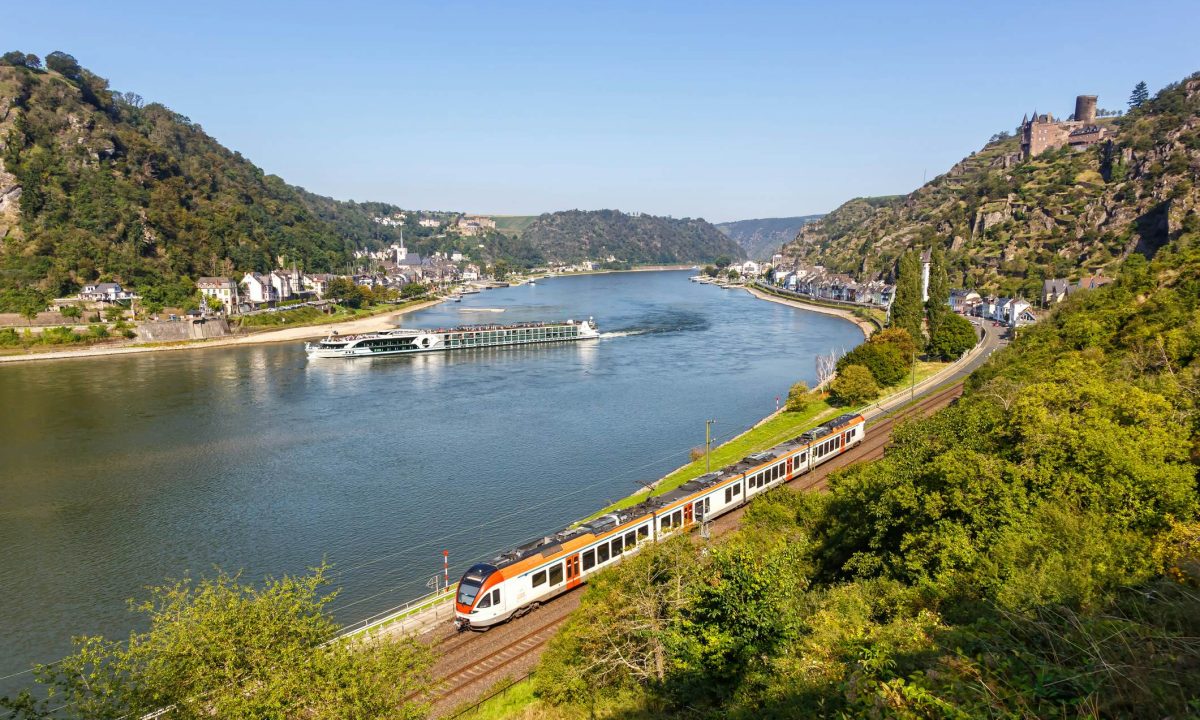
Germany, with its rich cultural heritage, stunning landscapes, and vibrant cities, stands as one of the most captivating destinations to visit on Earth. Whether you’re drawn to its fairytale castles, bustling metropolises, or scenic countryside, Germany offers a wealth of unforgettable experiences. Let’s explore the unique features, top activities, and must-visit places in this enchanting country.
Germany’s allure lies in its stunning natural beauty, deep historical roots, and dynamic cultural scene. From the majestic Bavarian Alps to the romantic Rhine Valley, Germany captivates every traveler.
- Diverse Landscapes: Featuring rolling hills, towering mountains, lush forests, and picturesque rivers.
- Rich Cultural Heritage: Home to world-renowned composers, philosophers, and artists, with a wealth of museums, galleries, and theaters.
- Iconic Landmarks: Boasting historic castles, palaces, and UNESCO World Heritage Sites.
- Vibrant Cities: Known for dynamic urban centers like Berlin, Munich, and Hamburg, bustling with life and modern attractions.
- Culinary Delights: Renowned for its hearty cuisine and famous beer culture, including dishes like schnitzel, bratwurst, and pretzels.
- Explore Berlin: Discover the capital’s rich history and vibrant culture by visiting the Brandenburg Gate, Berlin Wall, and Museum Island.
- Visit Neuschwanstein Castle: Explore this fairy-tale castle in Bavaria, which inspired Disney’s Sleeping Beauty Castle.
- Cruise the Rhine River: Enjoy scenic boat tours through the Rhine Valley, featuring picturesque vineyards and medieval castles.
- Experience Oktoberfest: Join the world’s largest beer festival in Munich, celebrating Bavarian culture with beer, music, and traditional attire.
- Discover the Black Forest: Hike through lush forests, visit charming villages, and enjoy the famous Black Forest cake.
- Tour Historic Sites: Visit significant landmarks such as the Cologne Cathedral, Dresden Frauenkirche, and Nuremberg Castle.
- Attend Christmas Markets: Experience the magic of Germany’s Christmas markets in cities like Nuremberg, Dresden, and Stuttgart.
- Visit Heidelberg: Explore the romantic charm of Heidelberg with its historic castle, old town, and scenic river views.
- Experience German Festivals: Participate in vibrant events such as Karneval, Berlin International Film Festival, and Wurstmarkt.
- Taste German Cuisine: Savor traditional dishes like sauerbraten, spätzle, and apple strudel in local restaurants and beer gardens.
Historical and Cultural Sites
- Berlin: The capital city known for its historic landmarks, diverse neighborhoods, and vibrant arts scene. Key attractions include the Brandenburg Gate, Berlin Wall, Reichstag Building, and Museum Island.
- Munich: Famous for its beer gardens, historic architecture, and cultural festivals. Highlights include Marienplatz, Nymphenburg Palace, and the English Garden.
- Cologne: Renowned for its stunning Gothic cathedral, lively carnival, and charming old town. Key sights include the Cologne Cathedral, Hohenzollern Bridge, and Chocolate Museum.
- Dresden: Known as the “Florence on the Elbe” for its beautiful architecture, art collections, and historic landmarks. Attractions include the Dresden Frauenkirche, Zwinger Palace, and Semper Opera House.
Scenic and Natural Wonders
- Rhine Valley: A picturesque region offering scenic river cruises, vineyards, and medieval castles. Key towns include Bacharach, St. Goar, and Rüdesheim.
- Bavarian Alps: A stunning mountain range known for outdoor activities, charming villages, and fairy-tale castles like Neuschwanstein and Hohenschwangau.
- Black Forest: Famous for its dense woods, hiking trails, and charming towns. Popular destinations include Freiburg, Triberg, and the Titisee Lake.
- Lake Constance: A beautiful lake bordering Germany, Austria, and Switzerland, offering water sports, cycling, and historic towns like Lindau and Meersburg.
Coastal and Beach Destinations
- Hamburg: A major port city known for its maritime history, vibrant nightlife, and cultural attractions. Key sights include the Elbphilharmonie, Miniatur Wunderland, and Speicherstadt.
- Rügen Island: Germany’s largest island, famous for its white chalk cliffs, sandy beaches, and seaside resorts.
- Sylt: A popular North Sea island offering stunning beaches, luxury resorts, and charming villages like Westerland and Kampen.
- Baltic Sea Coast: Featuring beautiful beaches, historic towns, and scenic coastal routes. Key cities include Lübeck, Rostock, and Stralsund.
Unique Villages and Off-the-Beaten-Path
- Heidelberg: A romantic city known for its historic castle, charming old town, and beautiful river views.
- Bamberg: A UNESCO World Heritage town famous for its medieval architecture, historic breweries, and beautiful cathedrals.
- Rothenburg ob der Tauber: A well-preserved medieval town known for its charming half-timbered houses, cobbled streets, and Christmas markets.
- Görlitz: A hidden gem on the Polish border, offering stunning architecture, historic landmarks, and a charming old town.
- Language: German is the official language. While English is widely spoken, especially in tourist areas, learning a few basic German phrases can enhance your travel experience.
- Currency: The Euro (EUR) is the official currency. Credit and debit cards are widely accepted, but carrying cash is useful for small transactions and local markets.
- Transportation: Germany has an extensive and efficient public transportation network, including trains, buses, and trams. Renting a car is convenient for exploring rural areas and scenic routes.
- Weather: Germany has a temperate climate with four distinct seasons. Summers are warm, while winters can be cold, especially in the Alps. Pack accordingly.
- Dining Etiquette: German cuisine is hearty and diverse. Tipping is appreciated, typically around 10% in restaurants.
- Respect Local Customs: Germans value politeness and punctuality. Greet people with a handshake and a smile, and respect local traditions and practices.
- Peak Travel Seasons: The best time to visit Germany is during spring (April to June) and autumn (September to October), when the weather is mild and conducive to travel.
- Advance Bookings: Popular accommodations, tours, and activities can fill up quickly, especially during peak seasons. Booking in advance is recommended.
- Health and Safety: Germany is generally safe and has excellent healthcare facilities. Drink tap water, as it is safe and clean.
- Cultural Sensitivity: Show respect for local customs and cultural norms. Avoid discussing politically sensitive topics and be mindful of Germany’s historical context.
Germany is a land of stunning beauty, rich history, and vibrant culture. Each region offers unique experiences, from the bustling streets of Berlin to the serene landscapes of the Bavarian Alps. Embark on your journey to discover why Germany is celebrated as one of the most beautiful places to visit in the world.
